‘They are my spiritual teachers’
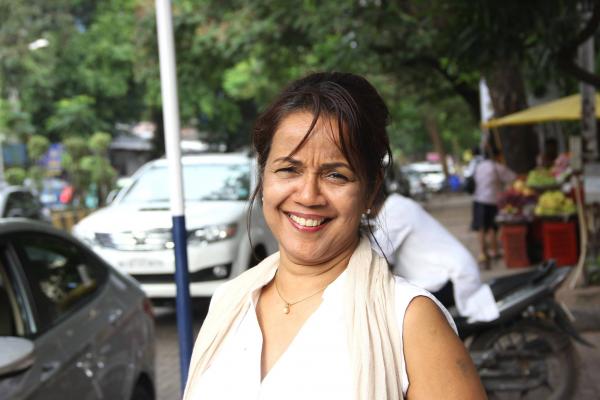
Mettaa Reflexology is a no-frills spa started in 2008 that employs the visually-challenged as massage therapists, providing them with skills and dignified employment

Mettaa Reflexology is a no-frills spa started in 2008 that employs the visually-challenged as massage therapists, providing them with skills and dignified employment
“These kids (her team of massage therapists) keep me grounded. They are my spiritual teachers.
One day at the end of their work-shift, I was checking-in with them on the tips they had received. One of them had had three clients and received 500 rupees (US$7.30) in tips while another had five clients and received 100 rupees (US$1.45) in tips. Out of my own maternal need to offer comfort, I reached out to the second one and said, 'Don’t worry. I know you work hard. Tomorrow will be a better day.'
And much to my surprise, she turned back to me saying, 'You worry so much! I’m going to split this 100 rupees between a talk-time recharge for my cell-phone and a chocolate bar. That takes care of my needs for today. What else do I need?'
Where else can I learn this from? They are very intuitive and their understanding of their surroundings is far more nuanced than ours as abled-bodied individuals. They show me every day how not to get carried away by anyone or anything.
Today, each one of them takes home a salary every month, not including their earnings through tips, that allows them to contribute towards the expenses of their families and also set some aside as savings. As a team, we go on outings, celebrate birthdays and look out for each other.
Even after all this time, I still get very excited when a celebrity or well-known personality comes in for an appointment at Mettaa. Then one of my therapists will tap me on my shoulder, reminding me that this is just another client. They are a lot more accepting of everyone irrespective of their background or appearance.”
Read our Weekend of Good guide to Mumbai for more responsible travel tips and ideas!
Find about more about Mettaa Reflexology.
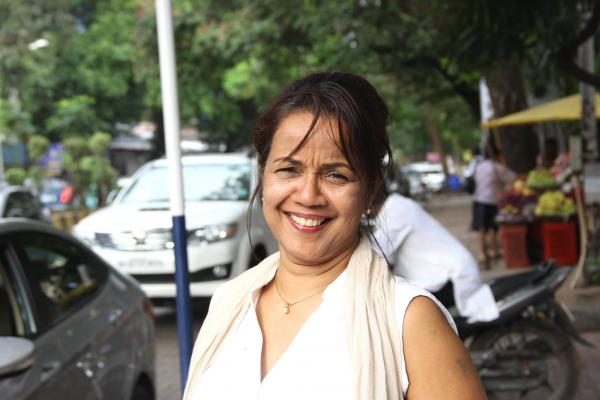
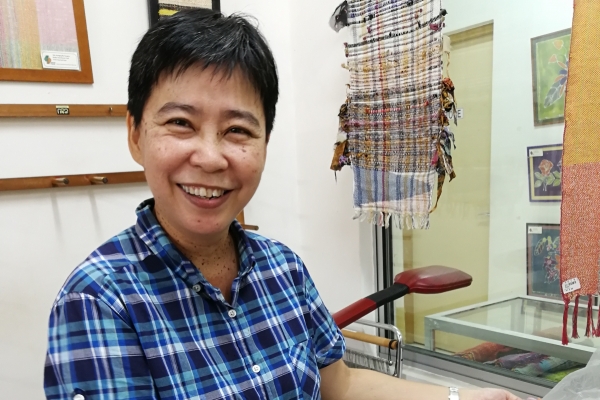
Stepping Stone is an arts-and-crafts and baking workshop and that employs adults with disabilities. Discarded or used materials are repurposed into lifestyle items: think homemade soap from used cooking oil, table runners made from magnetic tape from cassettes. Proceeds go back towards the artisans. The centre also welcomes volunteers and artists-in-residence to lend a hand.
“People with intellectual disabilities have the same rights, hopes and expectations as any other individual, with gifts to offer, experiences to teach and hopes to fulfill. We believe with the necessary support and given opportunities, our members can develop career growth. Therefore, we tried our best to create activities that would bring out their skills and abilities rather than focus on their limitations.
One of our greatest breakthroughs took place when a graphics designer joined us. During her eight years with us, she created many of the visual charts and aids that we currently use to work with our members. We noticed that the members responded well to creative stimulation and since then, we have welcomed many more artists to work with us.
There was a fine arts student from Canada who encouraged our members to enter the world of arts. An Australian artist worked with two of our members on paintings, which we auctioned and were able to raise RM70,000 (US$16,865). Then there was a soapmaker who was so inspired by what he saw that he shared with us his soap formula, which led to one of our biggest projects – producing 6,000 pieces of soap as door gifts for a Penang multinational corporation. Success stories like this keep us going and boost our members’ morale. We can do more, and we want to do more!
We have discovered so many hidden talents in our midst. One of the guys can freehand-draw batik designs, another girl discovered a flair for oil painting. Many who join as apprentices have progressed to become skilled workers and in-house trainers. We run workshops where our talented members share their skills with outsiders who wish to learn craft-making. Recently, we introduced an artist residency programme [at a living facility next door], so artists can spend more time with us.
There are more things that we want to do. In the past, we’ve held back because of staffing, but after struggling for years with staff who come and go, we decided to change our approach and find talent in-house. That way, we can help them chart a career path and integrate them meaningfully into society.
When visitors come and see the work they do, they see how talented they really are. This is what we want to achieve – for people to see their abilities, not their disabilities.”
Read our Weekend of Good guide to Penang for more travel tips and ideas
Find about more about Stepping Stone Work Centre
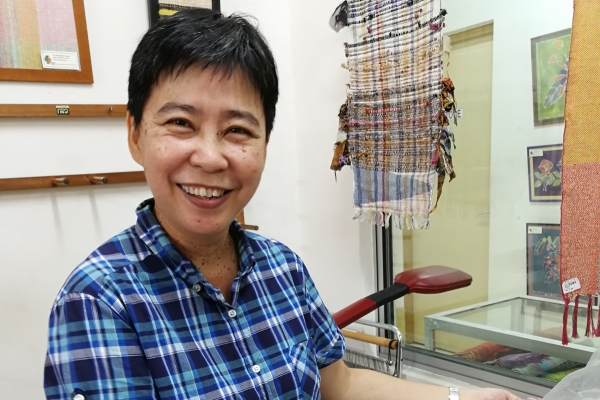
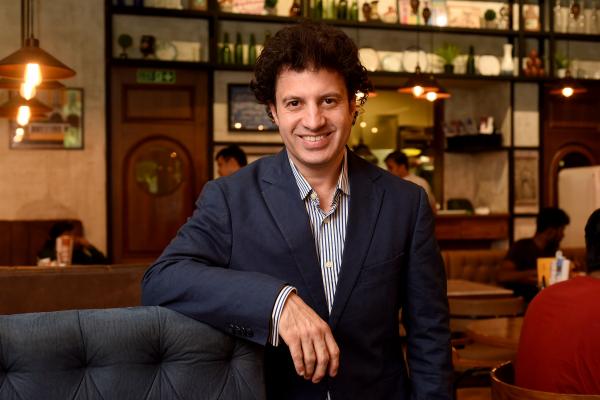
Prashant is a co-founder of Mirchi & Mime, a contemporary dining space that employs people with hearing and speech disabilities as servers
“We knew that this concept of restaurant servers being hearing and speech-impaired had clicked in Toronto as well as San Francisco. But here in India, the gap between the diner and server is wider.
It wasn’t until we met and spoke with parents of students from a school for the hearing and speech impaired that we began considering the possibility of making this a reality here in India.
Before that, we learnt sign language ourselves and interacted with the students directly to know of their interest and willingness to be a part of this venture. And they were excited! The opportunity to be independent – financially and otherwise – had presented itself to them for the first time.
Starting out, we knew that we did not want the cause to take precedence over the food, or else the restaurant would only be a ‘check the box’ experience for diners who would be less likely to come more than once! This would not have been sustainable.
We've asked our servers why they've chosen to work with us, especially the ones who already had jobs at cafes. They said that because they're hearing- and speech-impaired, they would often be singled out, made fun of and felt isolated from others. Here, they experience oneness and community.
We don't consider them limited. If anything, it is because of them that we have a platform."
Read our Weekend of Good in Mumbai guide for more travel tips and ideas.
Find more about Mirchi & Mime
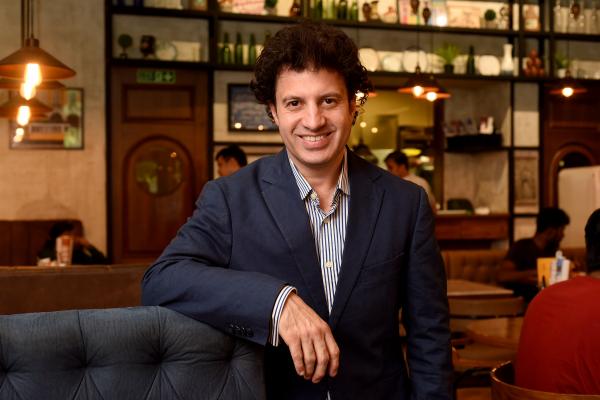
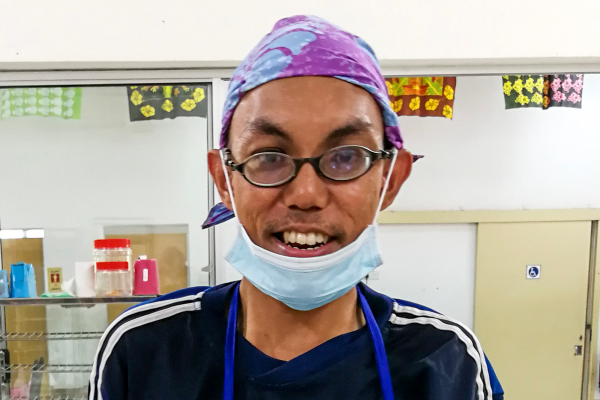
Stepping Stone Work Centre is an arts-and-crafts and baking workshop that employs adults with disabilities. Discarded or used materials are repurposed into lifestyle items: think homemade soap from used cooking oil, table runners made from magnetic tape from cassettes. Proceeds go back towards the artisans. The centre also welcomes volunteers and artists-in-residence to lend a hand.
“Every day, I cycle to work from Pondok Upeh, a kampung about 5km away, where I live with my atuk (grandfather). He is happy that I have a regular job, because it was hard for me to hold a job down previously.
I joined Stepping Stone in August 2003. I was given the chance to try out three departments – cooking, weaving and crafts – and I chose cooking.
The staff knew that I was interested in cooking, so one day they took me to St Nicholas Home, an institution serving the visually disabled, as it offered bakery courses. After finishing my course, I tried looking for a job, but didn’t manage to hold them for long. Finally in 2009, I rejoined Stepping Stone and became a member of the bakery department.
Our head Ai-na saw that I was really keen on baking, so she recruited an experienced baker to help us. Under Calvin’s supervision, my skills improved. Our menu has expanded tremendously and we even get regular orders from outsiders now. Sometimes we even come up with our own innovations. We think, what would people at kopitiams like to dunk their coffee with? That’s how we created the mini-benggali roti three years ago.
The members at Stepping Stone are very encouraging and supportive. I used to be very short tempered when people don’t understand me, but the staff advised me not to get angry. Like the other day at the mosque, there was a guy who tried to be difficult and said OKU [people with disabilities] are not supposed to follow the azan [ Muslim call to prayers]. Do I feel hurt? Yes, of course. But I didn’t argue and just answered him politely. Like my colleagues say, there is no use getting upset. Just do our best and don’t think so much.
At some point, I want to graduate [from Stepping Stone] and work outside. Everyone has dreams. I’d like to buy a house someday. I have a girlfriend – she is from the weaving section. It’s better to look for people who are the same because we understand each other better. Her family isn’t keen on the idea of us marrying. Maybe they are worried that I cannot take care of her because I am an OKU. But no problem. I have come further than I ever thought I would. I have faith that together, we will find a way to achieve our dreams.
Read our Weekend of Good guide to Penang for more travel tips and ideas
Find about more about Stepping Stone Work Centre
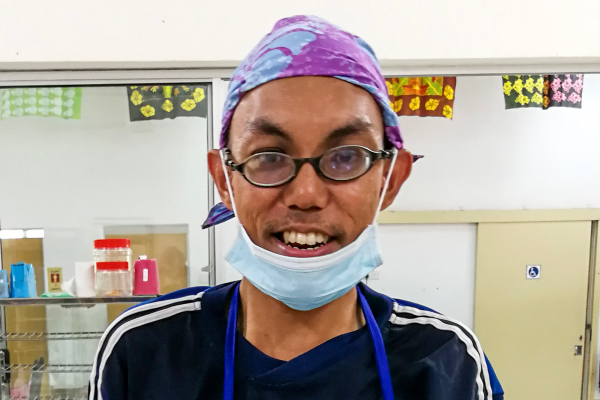
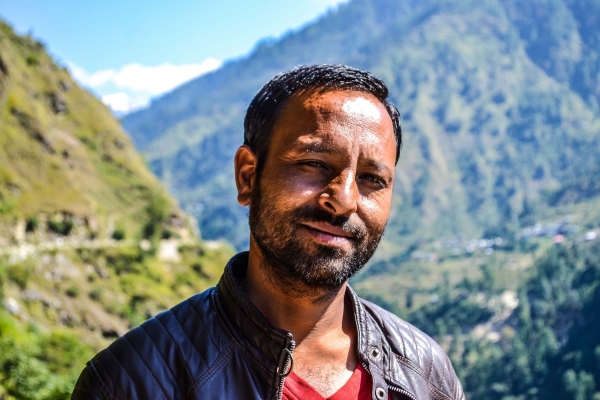
Sanju is the treasurer of GHNP Community-Based Ecotourism Cooperative, which works with Himalayan Ecotourism to empower locals and grow sustainable tourism.
“As locals, many of us were opposed to the national park because it cut off our right to the forest and our livelihood had depended on it.
It was also the start of tourists and researchers starting to trickle in this region. A few years down the line, I met Stephan when he was talking about forming a cooperative. To me it seemed like a reasonable way to carry out a business and so I joined.
In the beginning, we would enrol anyone and everyone who was interested as a member of the cooperative. But it has been the ones most in need – the ones without any stable income or alternate means – who’ve given it their most.
All our trekking guides have to complete their training from a mountaineering institute. It’s very risky otherwise – even for us as a business, the reputation is at stake.
I had accompanied Keshavji and Stephan to New Delhi after Himalayan Ecotourism had been shortlisted for the Indian Responsible Tourism Awards by Outlook Responsible Tourism.
Receiving two awards, both of which came to us as a surprise, in a room filled with the who’s who from the tourism sector was not only an honour, but the greatest recognition to date of what we, as a unit, not individuals, had been able to achieve in spite of the hardships and the resistance from local elite.
The lockdown changed things for us overnight but between the reforestation project and some work on our own farms, we’ve mostly been able to manage making ends meet.
We spent a bulk of our time during the monsoon season replanting mostly deodar (Himalayan cedar), silver oak, apricot, and a few persimmon varieties. We will undertake a similar replantation drive during the winter and continue along the treeline in Pekhri.”
Meet Stephan of Himalayan Ecotourism
Read more about Himalayan Ecotourism
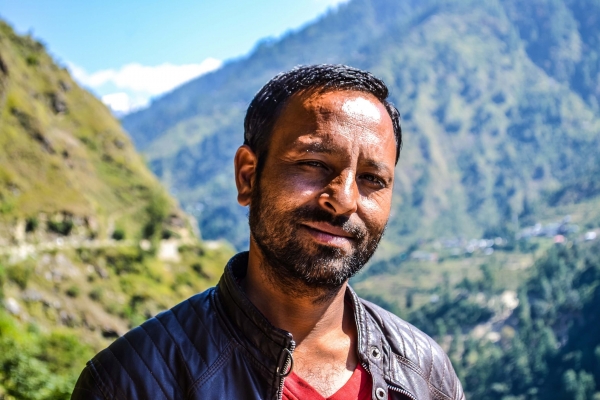
Visit Orchha
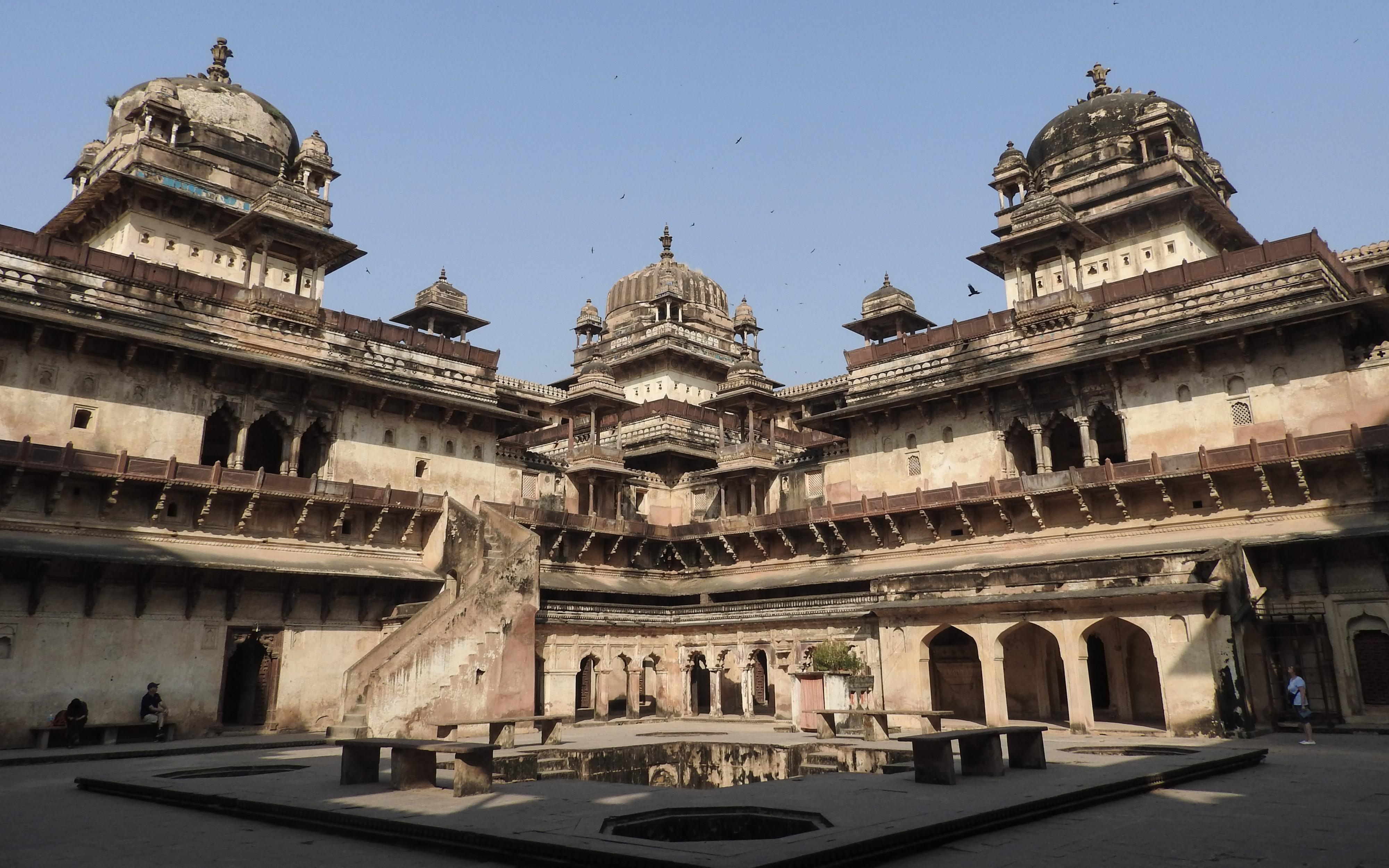
Dotted with ornate palaces, forts and tombs, Orchha is a laid-back town rich in royal history. Explore its majestic past, and let your stay help rural communities nearby build fresh livelihoods through tourism.
MEET KUSUM AND HAVI

For Kusum and Havi Kushwaha, rain — or its absence — once had great significance.
“We are a family that survives on farming. We consume what we grow. If there is a surplus, we sell it in the market, but that’s quite rare,” says Kusum.
“It is tough because our survival depends on rainfall and Orchha is a drought-prone area.”
These days, the couple, who have three grown children, breathe a little easier even when the weather doesn’t favour the crops.
As part of travel enterprise Friends of Orchha, they’ve added a sustainable source of income by opening their home to travellers who are drawn to Orchha by its stunning palaces and temples — away from the crowds that throng more famous towns.
TOURISM DONE RIGHT

If you don’t want to be hustled around in a robotic manner while checking off a bucket list, then Orchha is the place for you.
If you crave being able to time travel to an era when kings and queens strode through majestic halls, and vicariously relive their myths and history, then Orchha is the place for you.
Realising Orchha’s potential to draw intrepid travellers, sociologist Asha D’Souza set up Friends of Orchha in 2009 to ride on these charms to improve the livelihoods of locals.
A well-travelled native of Madhya Pradesh — Orchha’s home state — Asha had seen the devastating poverty and famine unleashed upon the villages that dot the drought-prone parts of the state.
Beginning with just two families in the village of Ganj, Friends of Orchha provided seed investment to them to construct a room and an external bathroom for travellers in their courtyards.
Today, the non-profit has six host families in their network, including the Kushwahas. “When Asha met and spoke to us some years ago suggesting the idea of a homestay, it made sense, though we were a little sceptical,” says Kusum.
“But some other families had already been hosting tourists and it seemed like it was helping them — financially, at least. And it has for us too.”
Friends of Orchha’s seed investment is repaid through a revenue-share model for income earned from providing accommodation. The host families keep all of the income earned from providing meals and other services.
In total, Friends of Orchha can accommodate up to 25 guests at a time across eight rooms offered by the six host families.
Romi Samele, who took over the management and operations from Asha, maintains, “Though we are not opposed to it, we don’t want to increase the number of host families for the sake of scaling up.
“We would rather ensure that every family earns sufficiently every month all year through rather than only during the peak season.”
OFF THE BEATEN PATH, INTO THE 16TH CENTURY

Though rich in history and conveniently sandwiched between the tourist-thronged cities of Agra and Khajuraho, Orchha has remained largely off the tourist radar.
But it has gradually gone from being a mere lunch stop to a destination in its own right, with more visitors now choosing to spend the night to savour the sights at their own pace.
Among them is the Orchha Fort Complex, which houses three palaces — Raja Mahal, Jahangir Mahal and Rai Parveen Mahal — and two temples. Each monument is a story.
The ornate Jahangir Mahal, combining Rajput and Mughal architecture, was built by King Bir Singh Deo as a gesture of solidarity towards the Mughal ruler Jahangir — who is believed to have stayed at the palace for only one night. The Raja Mahal, once the official residence of the Bundeli kings, took 30 years to build, and takes on a different mood by night, lit by a sound-and-light show.
Outside the fort walls, cenotaphs stand along the banks of the Betwa river, a glorious sight at sunset. Travellers can also spend a day exploring the countryside on foot, and Friends of Orchha can organise picnics along the banks of the river.
FRIENDSHIPS THAT CHANGE LIVES

Despite the appearance of 4G connectivity and a fresh crop of hotels, Orchha retains its well-deserved spot in the hearts of slow travellers, with none of the overtourism seen in other destinations.
And Ganj, four years after my first visit, has not degenerated into a destination overrun by touts and pandering to tourists.
Locals, too, enjoy the interaction across borders. “Some tourists who stayed with us have helped my kids with their homework, especially in English and Math,” says Kiran, another host under Friends of Orchha.
She quips, “My children speak more comfortably in English.”
Besides developing livelihoods through tourism, Friends of Orchha has invested in the education of the children from the host families.
The children attend private English- or Hindi-medium schools and their language skills have proven to be a bonus to their families, breaking down communication barriers with guests.
Returning to Ganj had filled me with trepidation over whether it would have changed for the worse. But Friends of Orchha has shown that it can manage tourism in a way that positively impacts local stakeholders, while enriching travellers’ with a truly cross-cultural experience.
I am glad I returned.
A stay with the warm and friendly hosts of Friends of Orchha helps them earn a sustainable income to support their families.
The revenue from providing accommodation is shared between Friends of Orchha and the families, while the families keep everything earned from providing meals and other services.
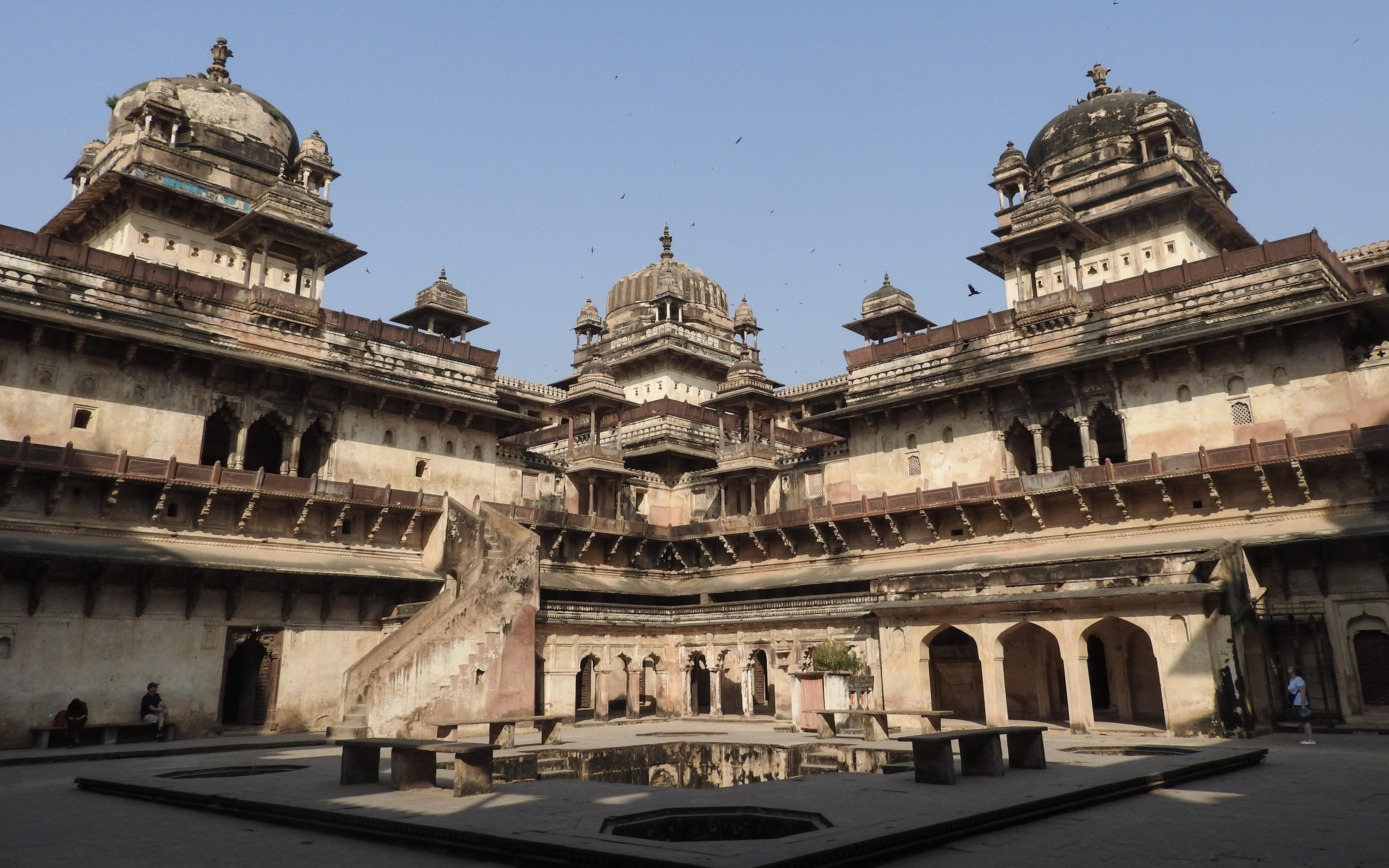
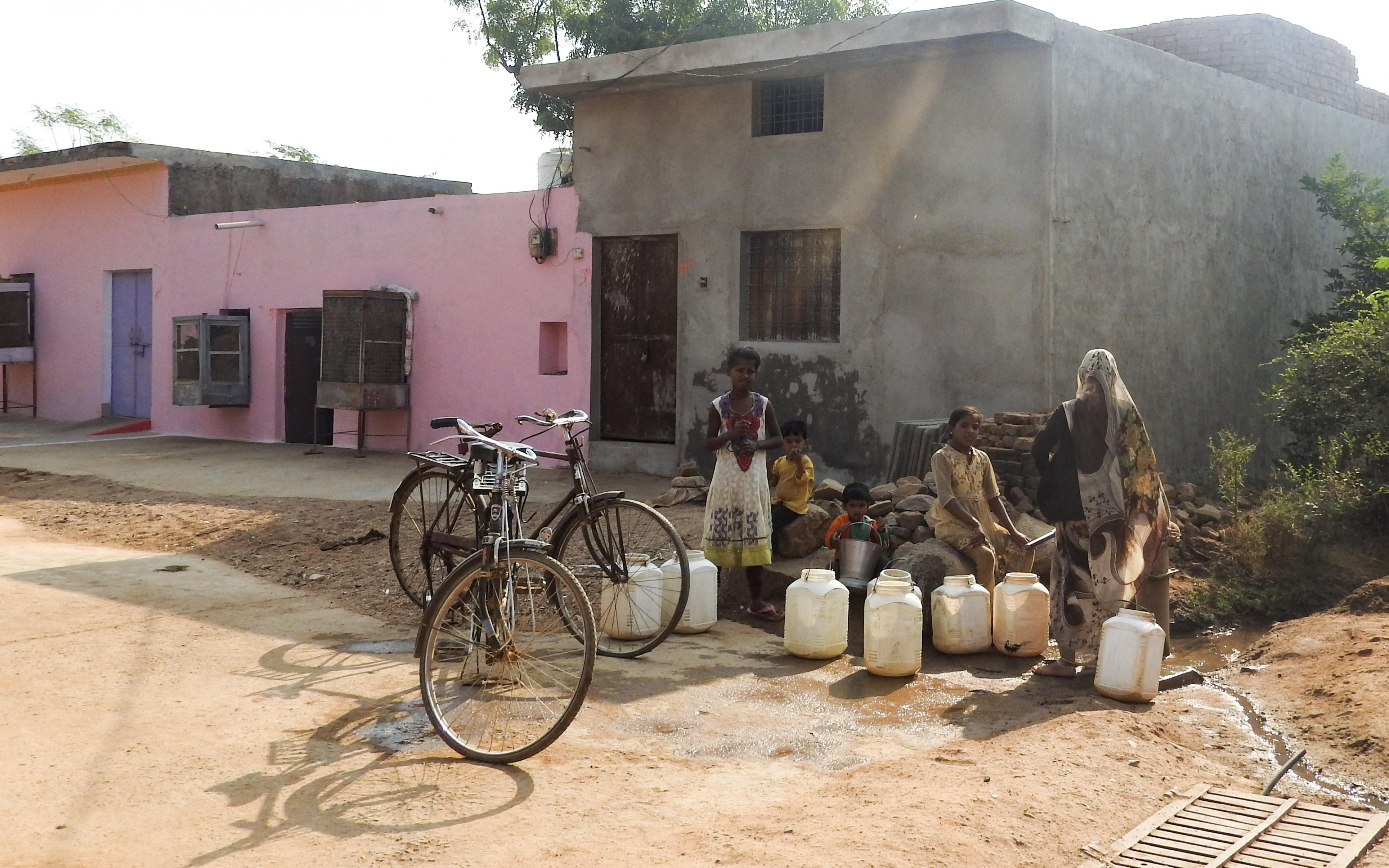
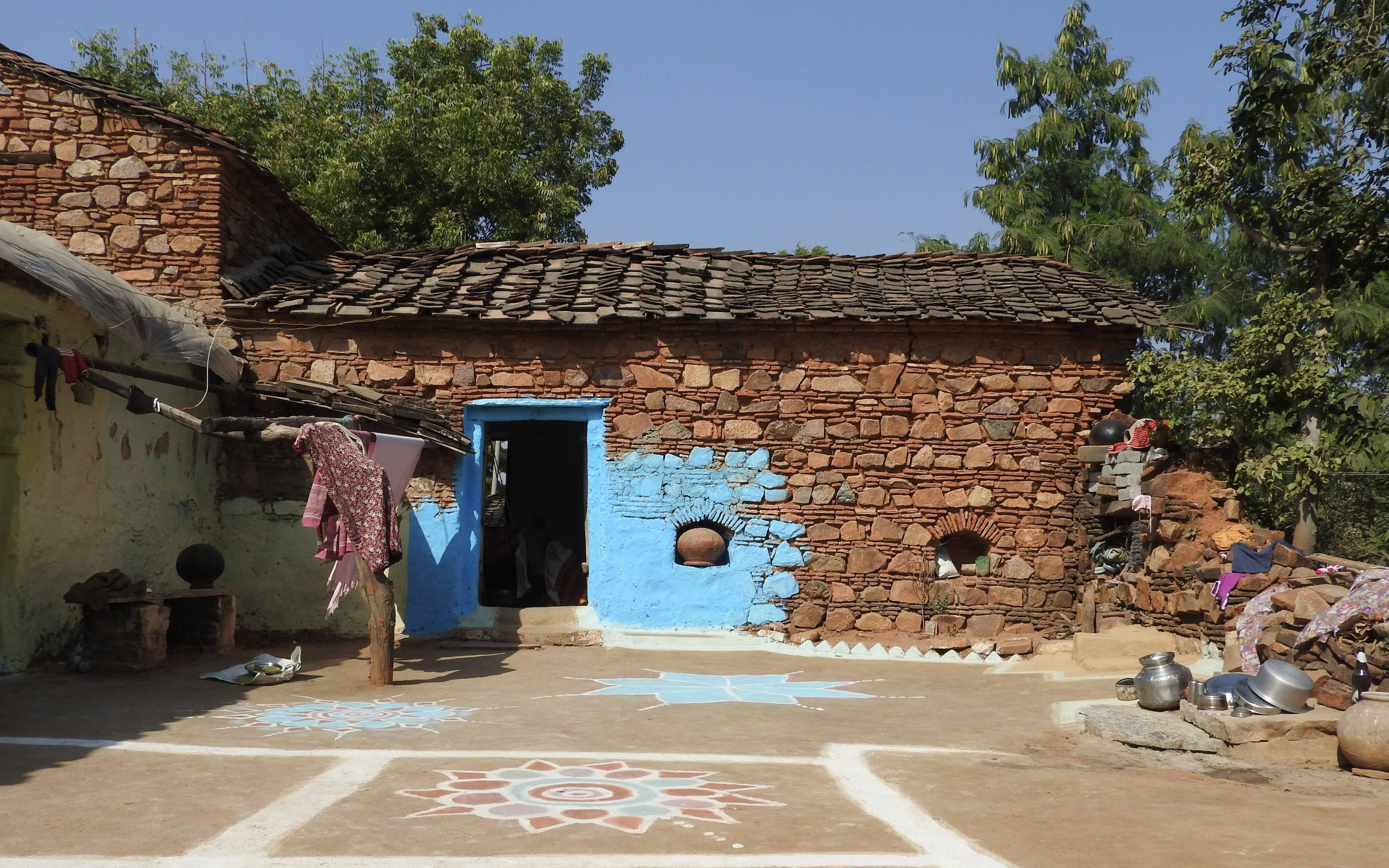
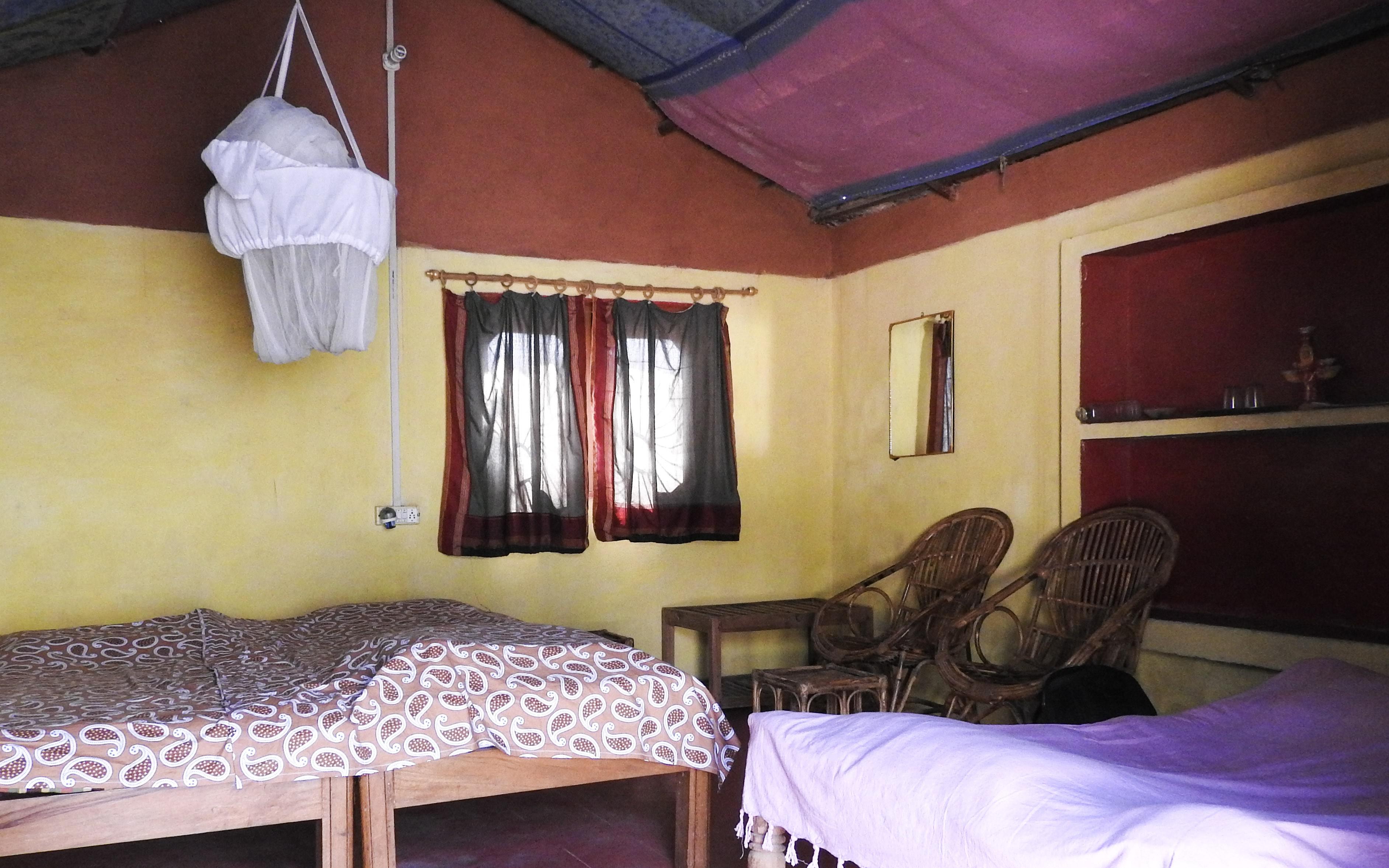
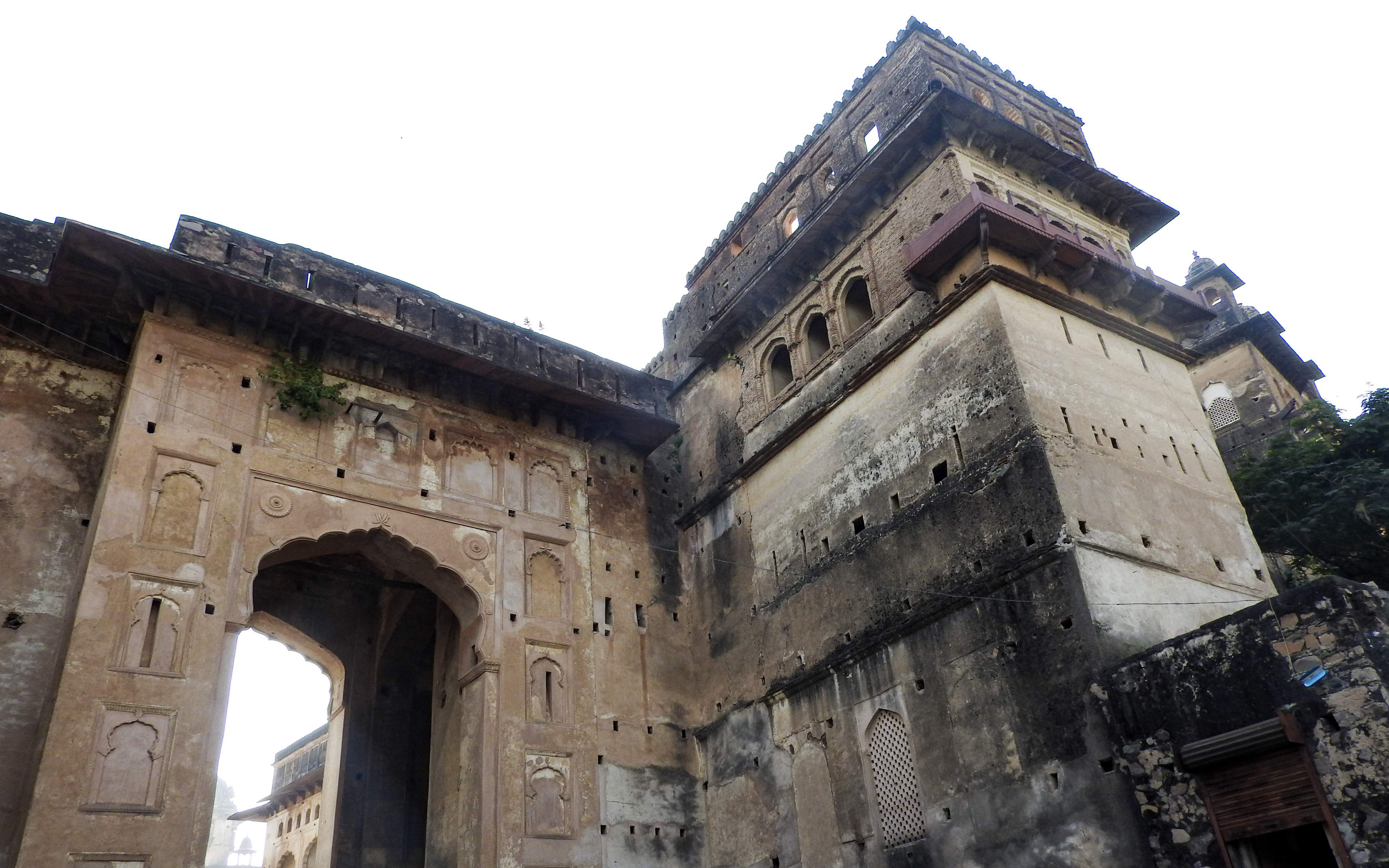
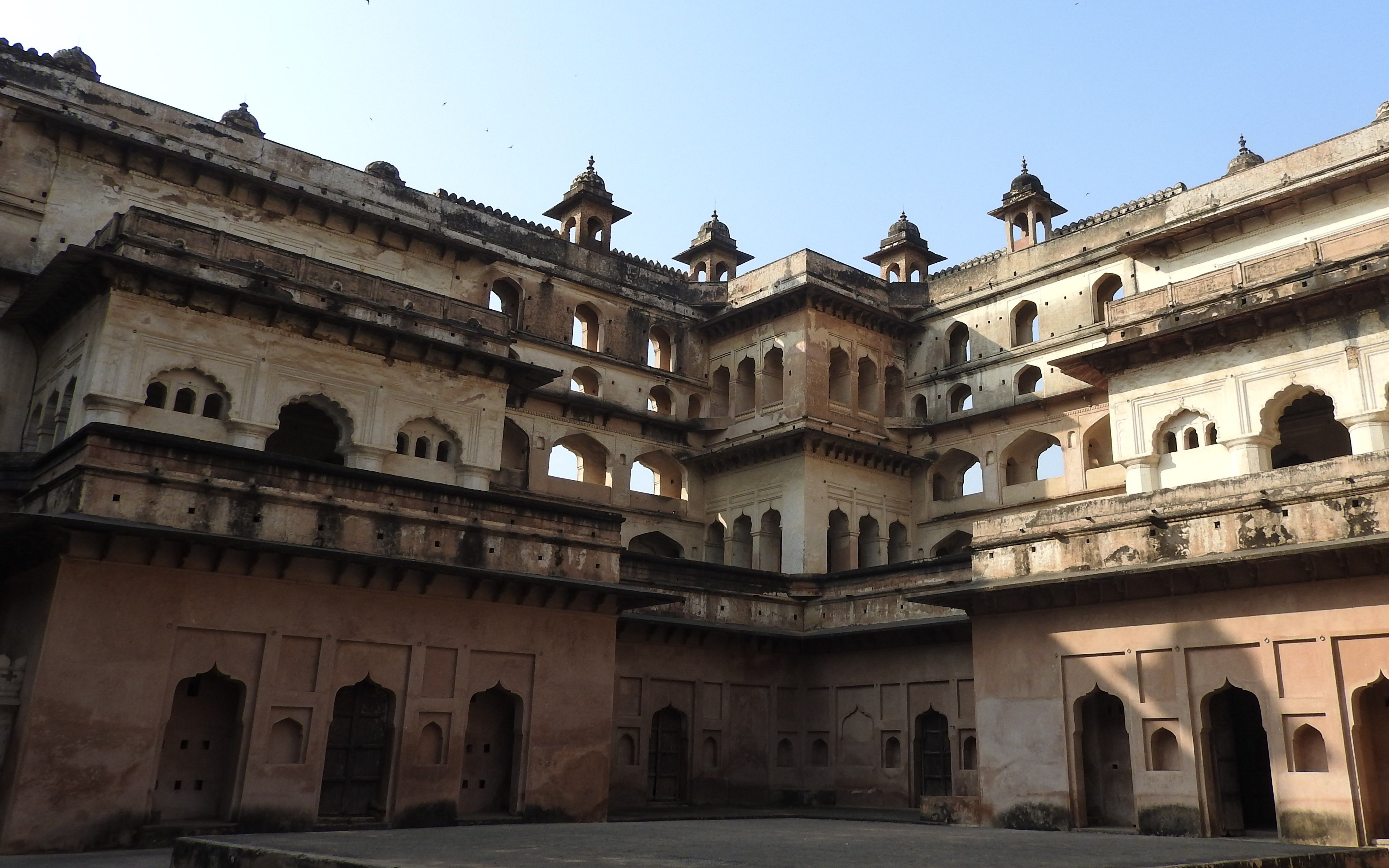
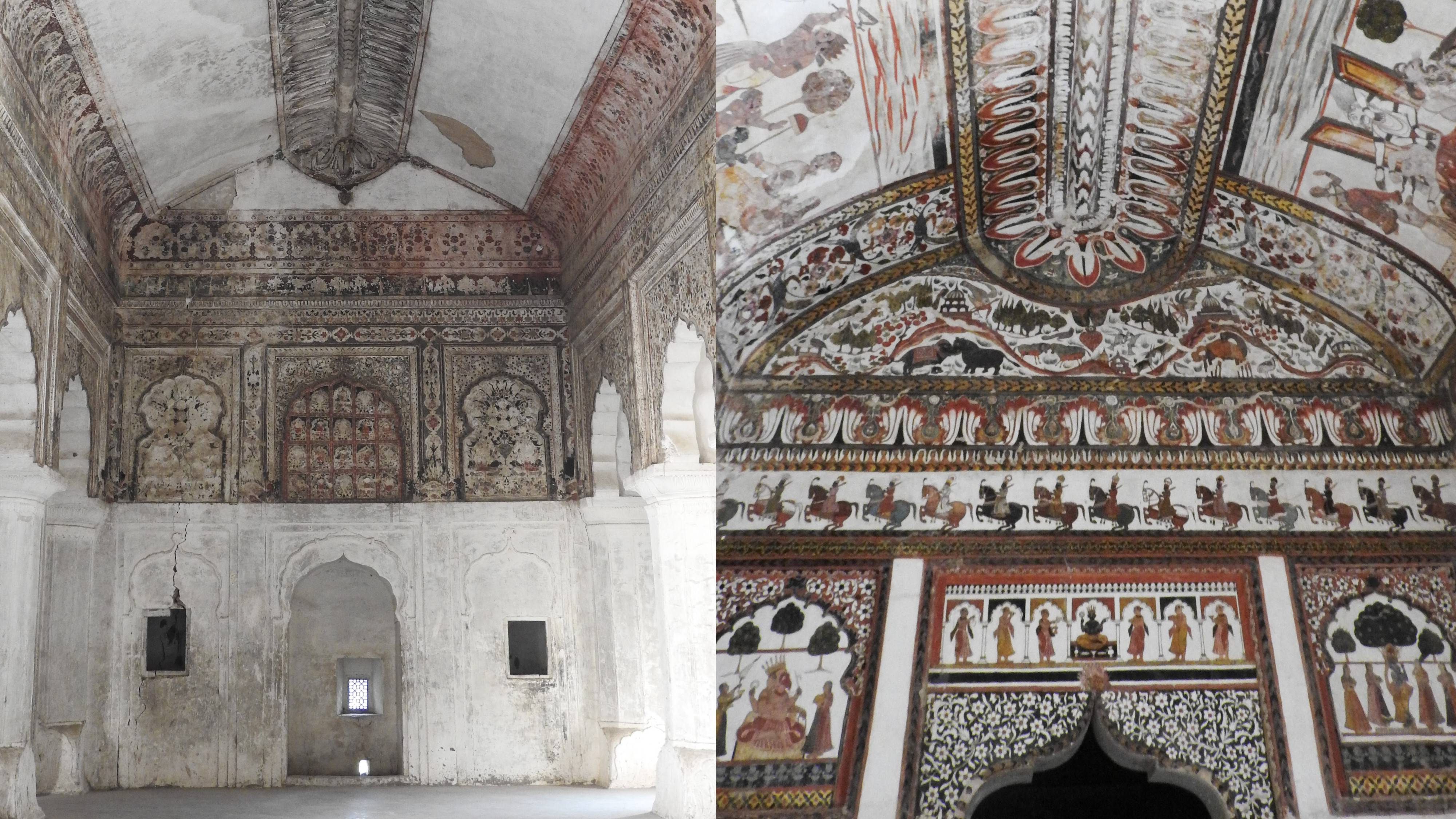
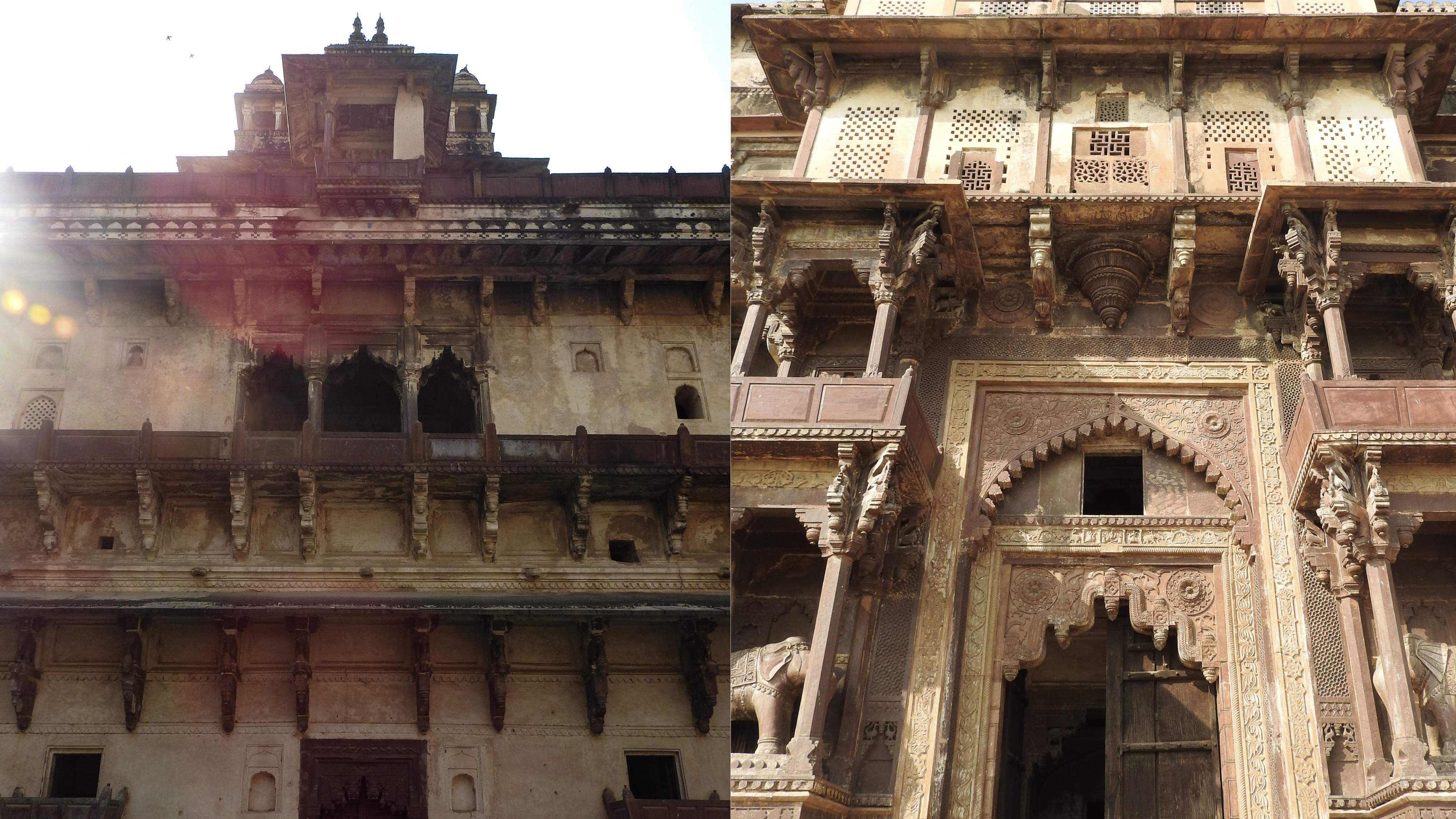
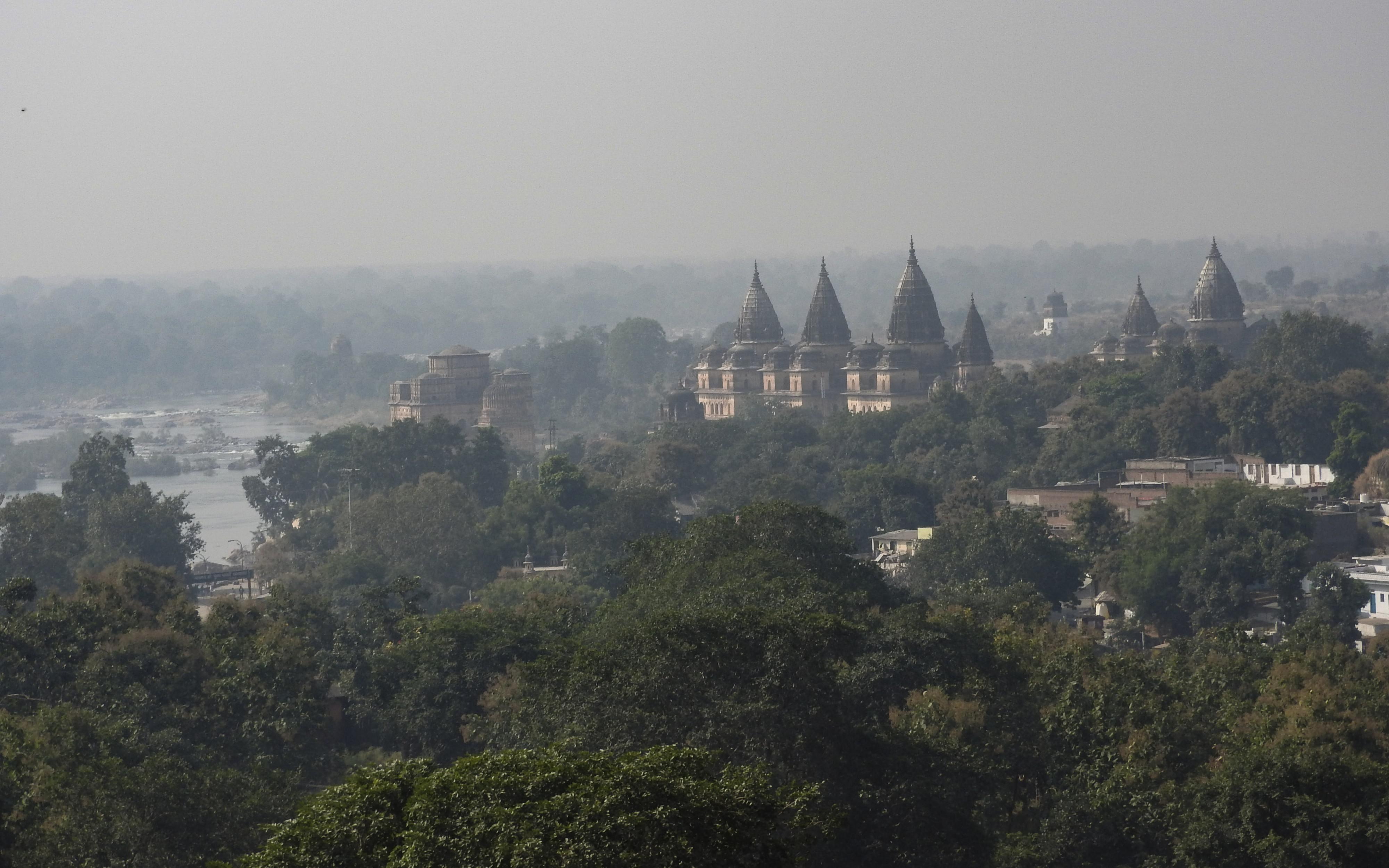
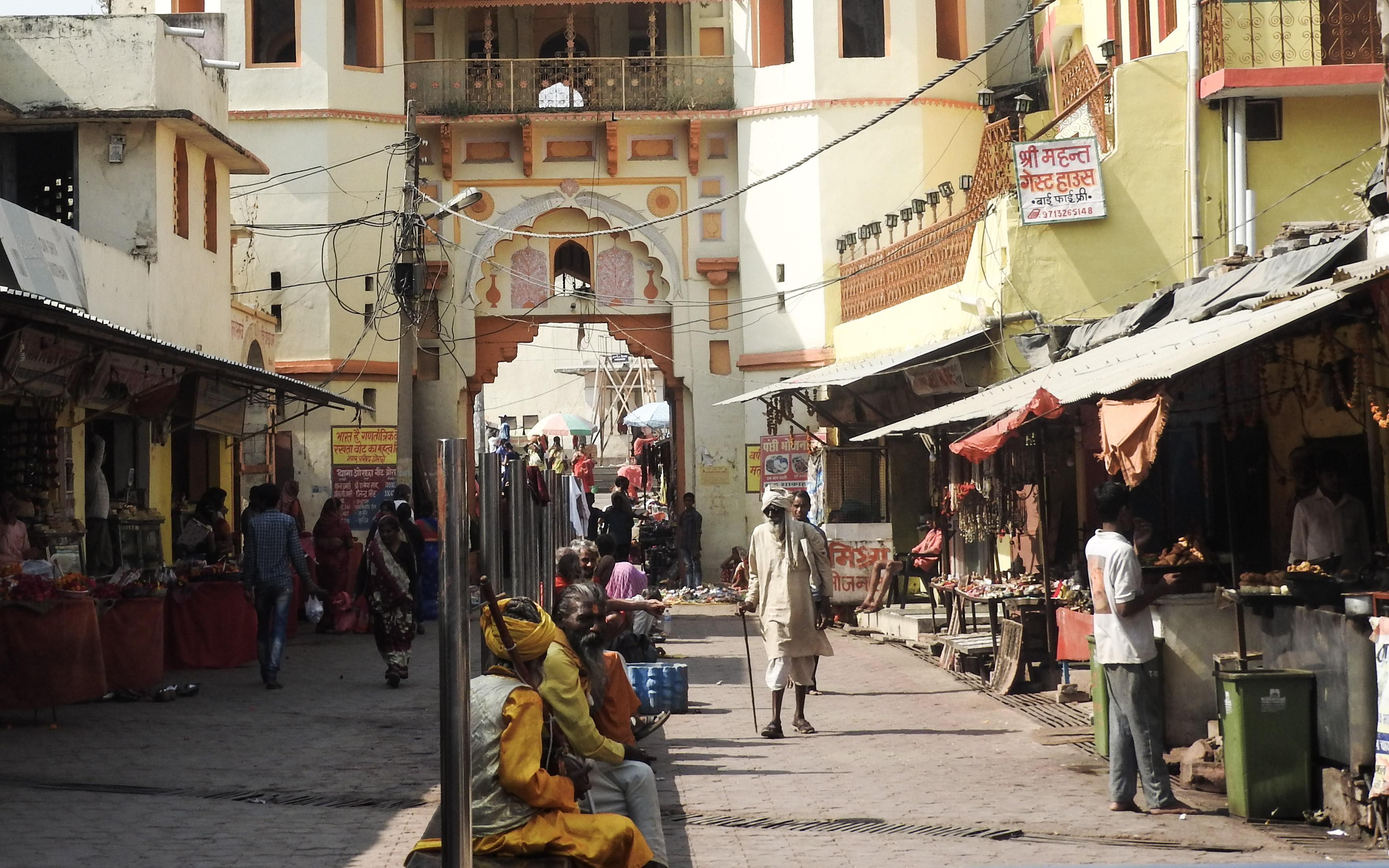
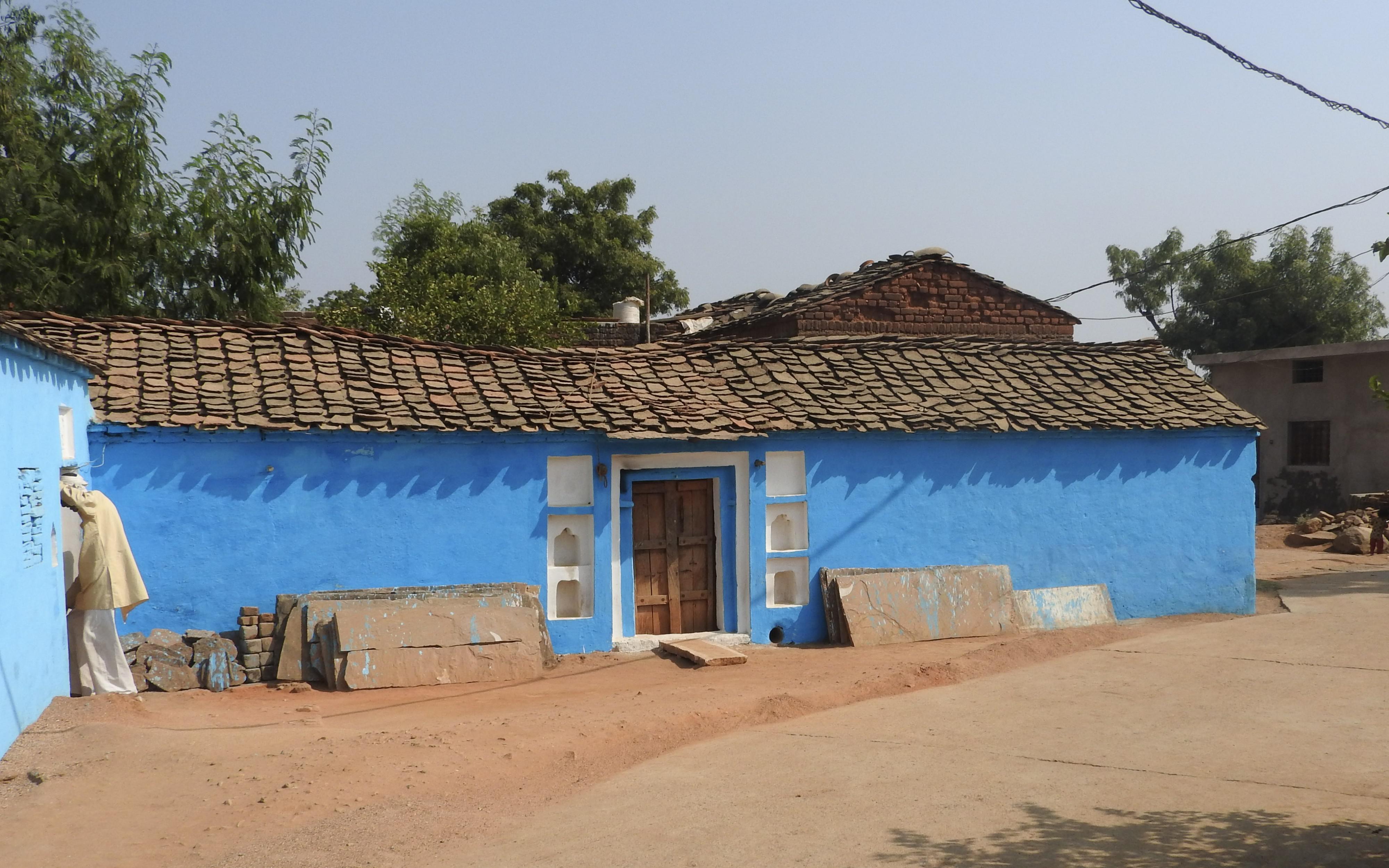
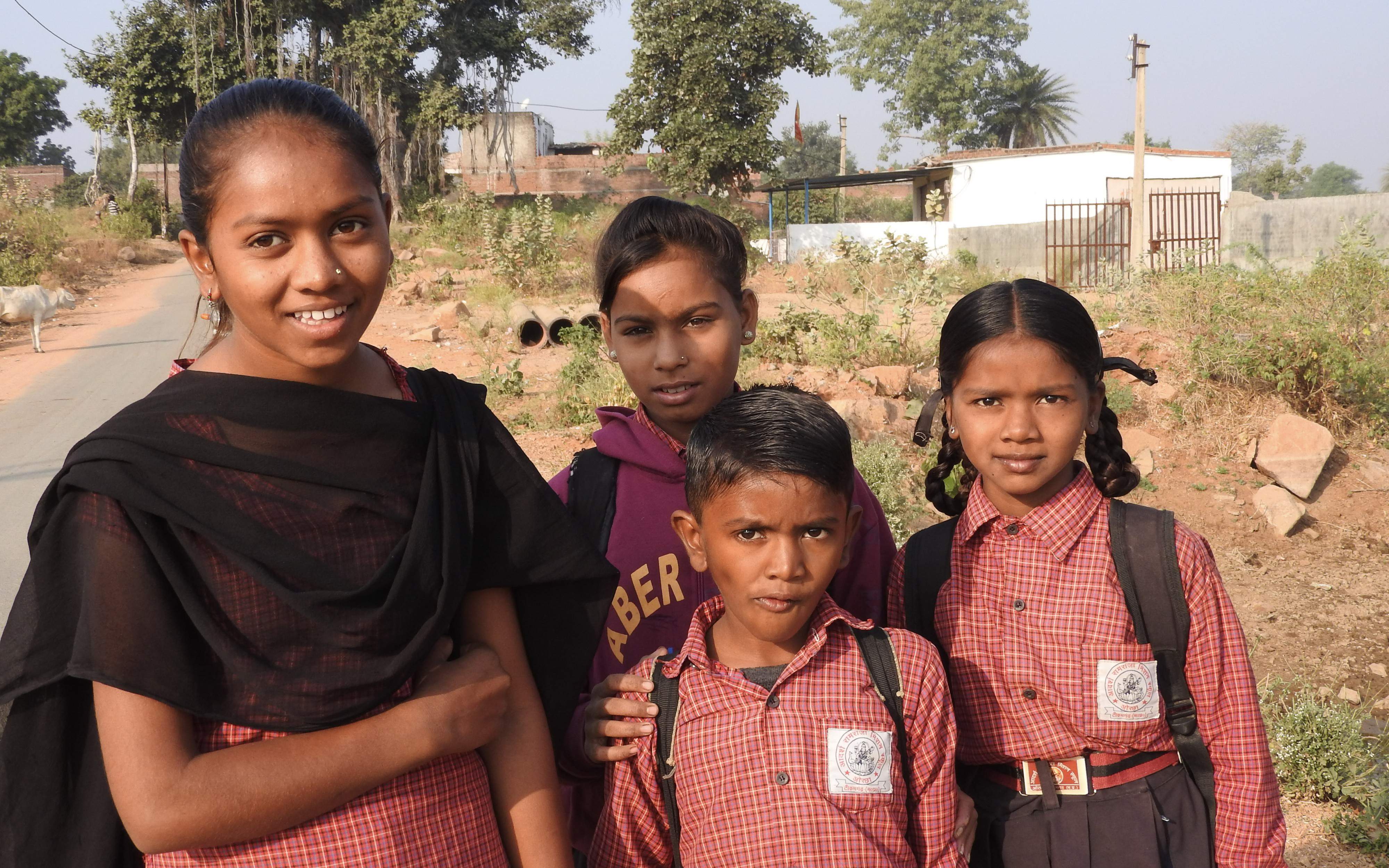
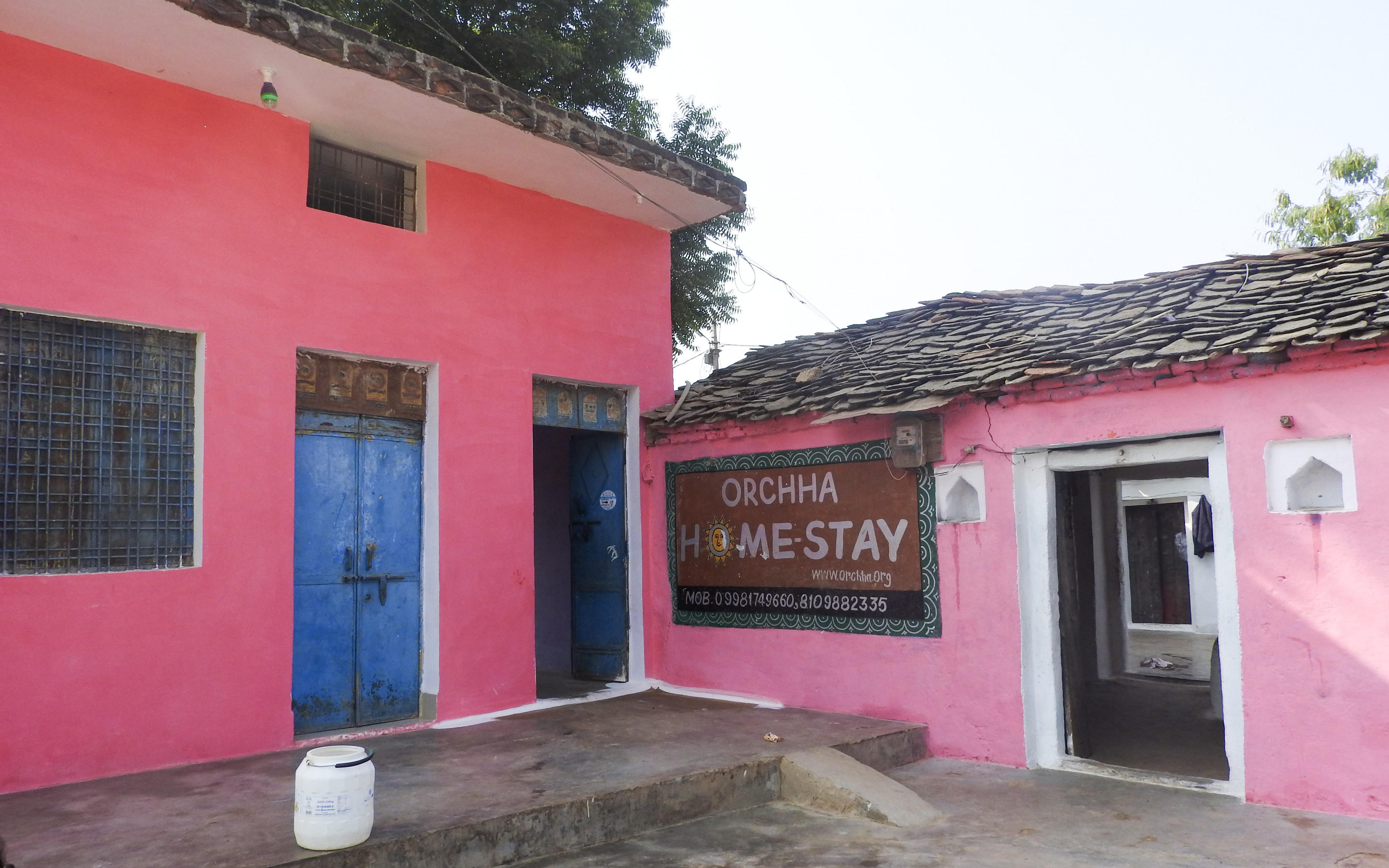
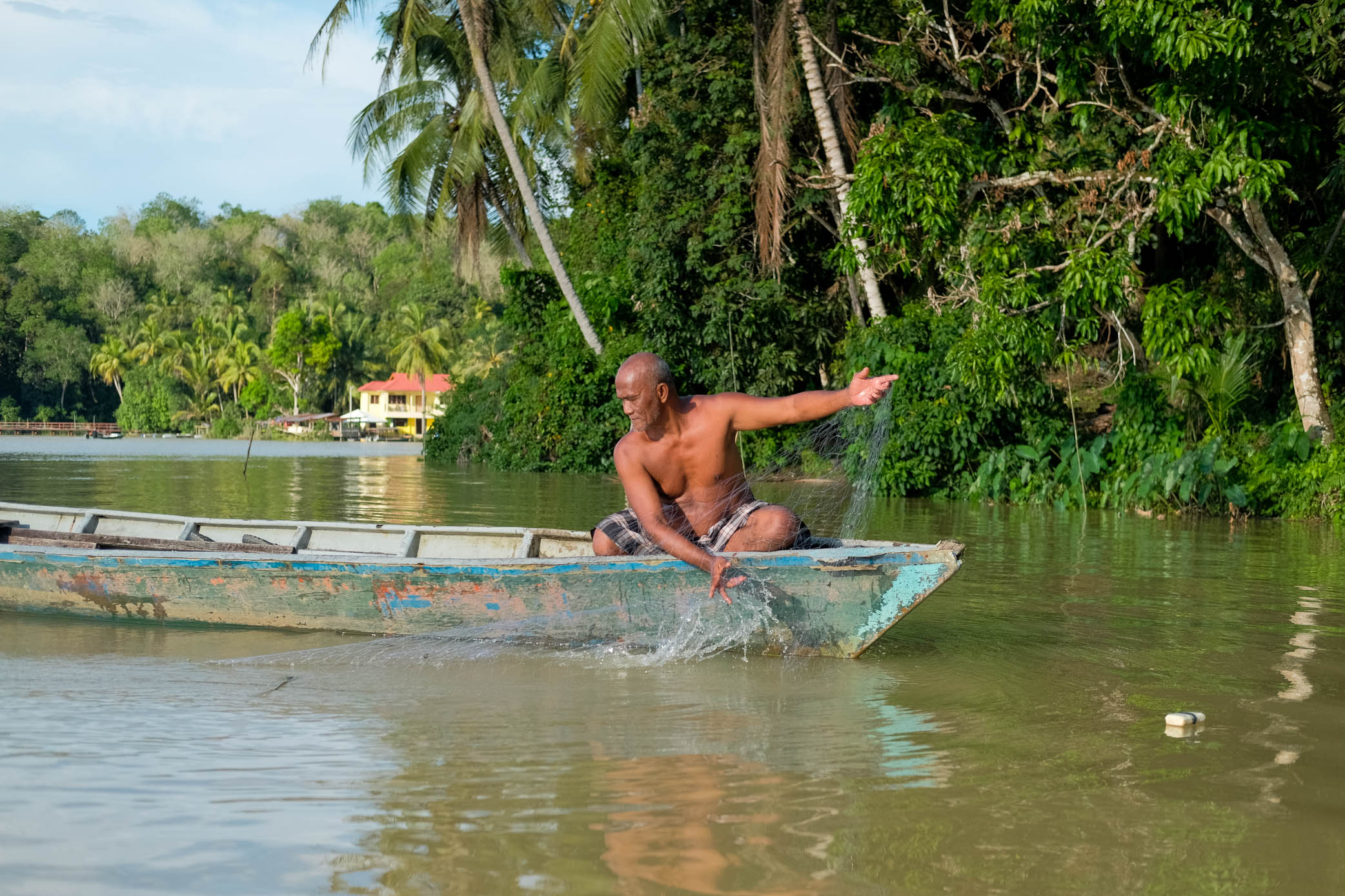
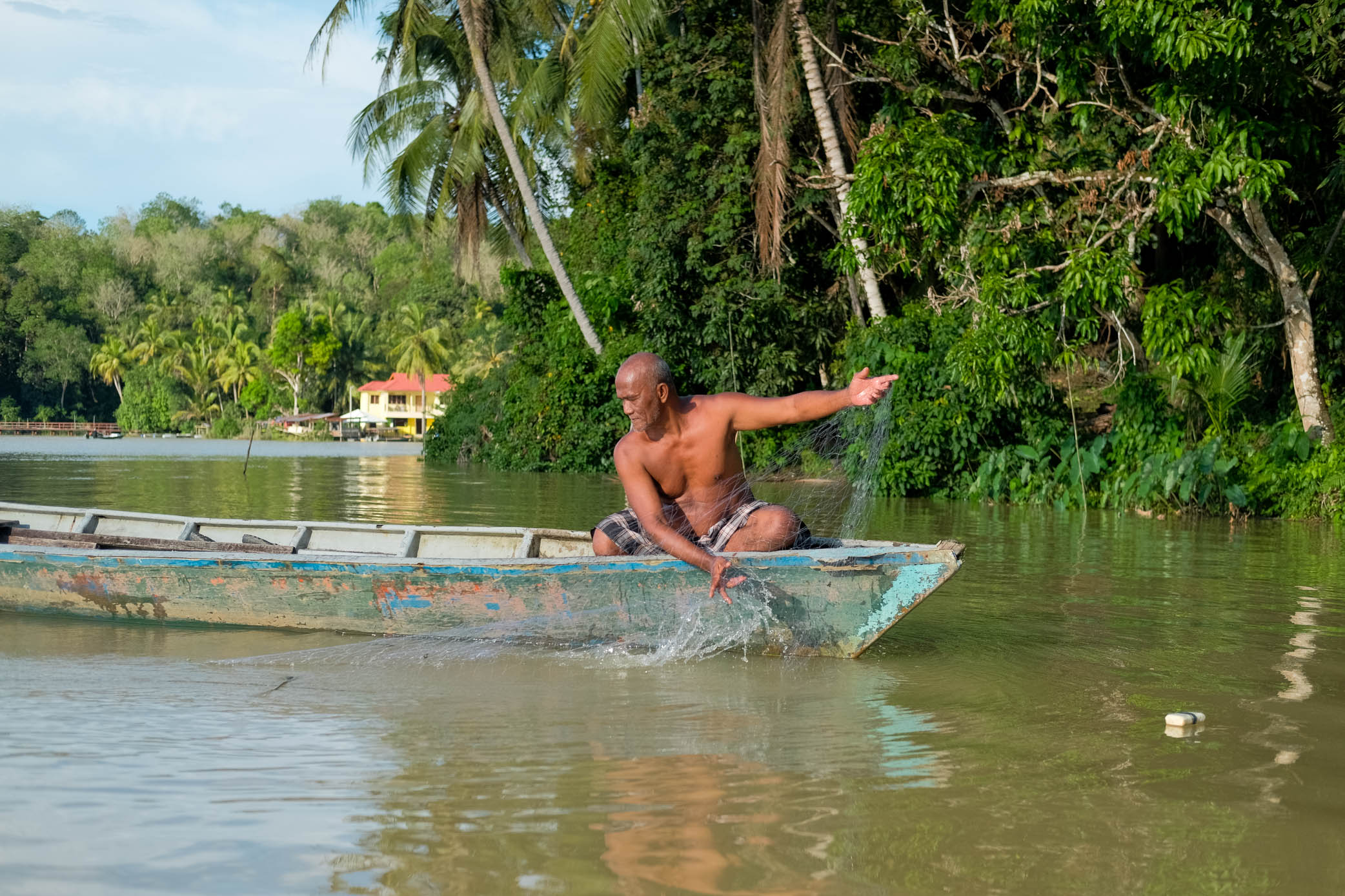
Help Batu Batu stay the course amid the pandemic
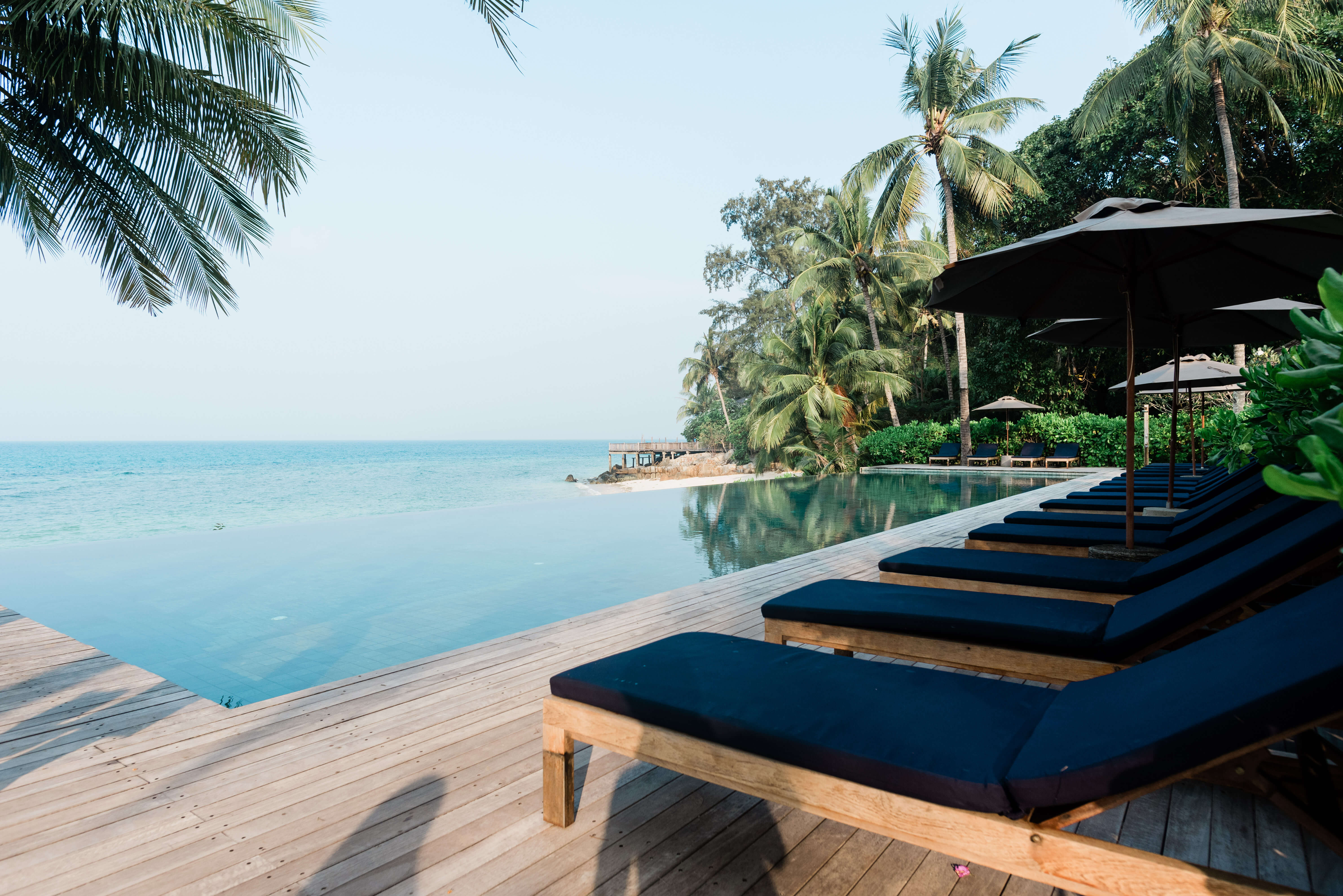
A fantasy beach holiday may go like this: your boat cruises to a stop, bobbing gently over crystal-clear turquoise waters. You step onto soft white sand, and lush palm trees form a chorus line to welcome you to your tropical getaway.
As the only resort on Tengah Island off the coast of Johor, Batu Batu’s wooden villas and eight private beaches indeed fulfils this sunseeker’s dream.
But this isn’t just another good-looking holiday destination. This pristine piece of paradise in the South China Sea also serves as a refuge for endangered green and hawksbill turtles, a centre for environmental conservation and a model of responsible tourism.

Upon alighting at the resort jetty, we had barely taken 10 steps before being drawn to the shimmering seawater teeming with schools of needlefish. A few good minutes passed before we noticed all our fellow boat passengers were still hanging around the jetty, similarly transfixed by the view.
We eventually start strolling towards the villas, shaded by a canopy of coconut, bamboo and palm trees swaying gently in the breeze. I pause (again) for a closer look at the crystal-clear waters, which was when I spot large patches of seagrass and coral reefs – the first hint that a rewarding snorkeling experience awaits at Batu Batu.
As I settle into the spacious villa, I find a copy of the resort’s Green Guide on the coffee table, detailing Batu Batu’s environment and conservation initiatives. It also notes that the reefs surrounding Tengah Island are home to diverse marine life: critically-endangered hawksbill turtles, endangered green turtles, black tip reef sharks, clownfish, barracuda, moray eels, blue-spotted stingrays and more. Occasionally, some dugongs even swim by for a visit.
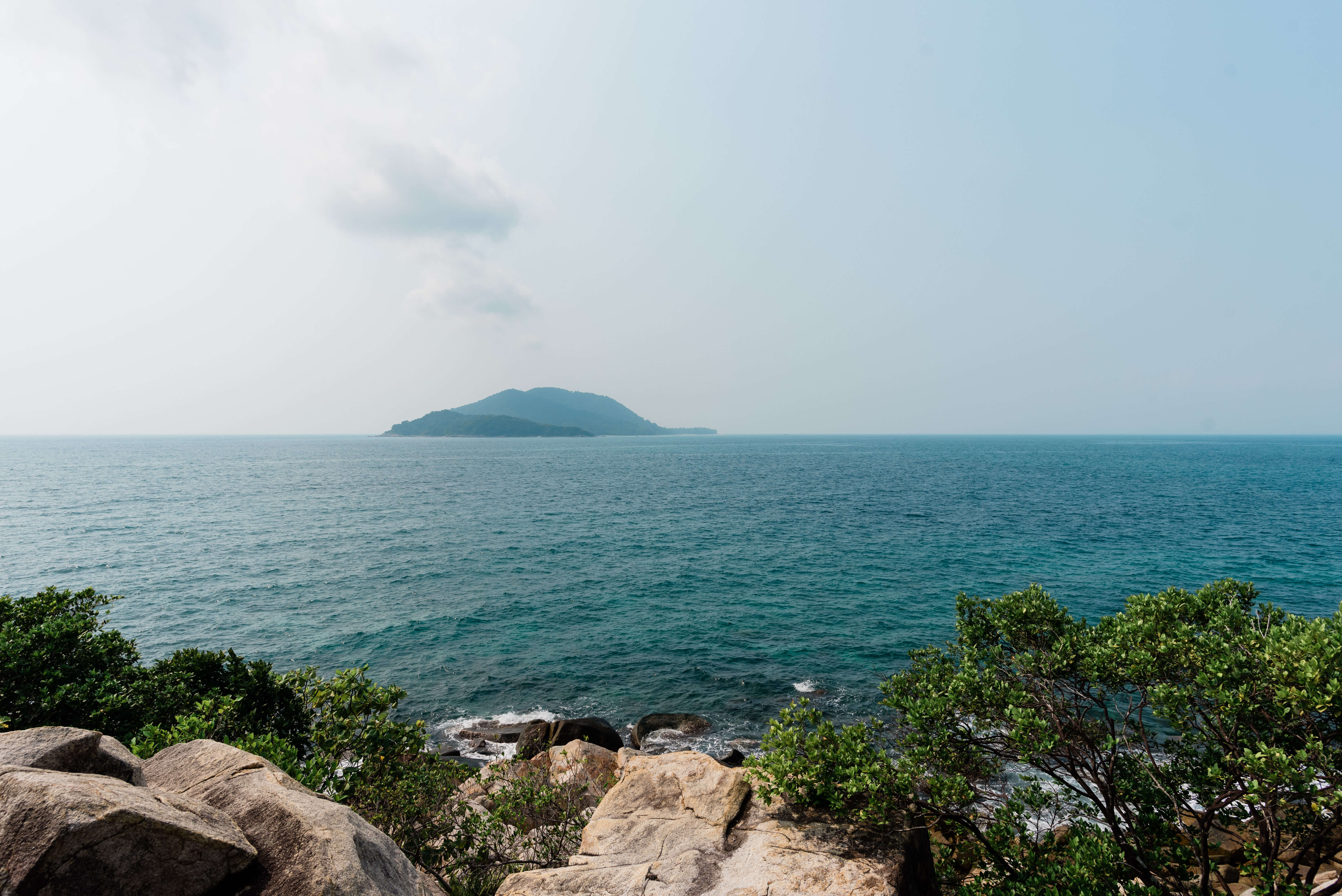
Such abundant marine life is not something Batu Batu takes for granted, which is why its Co-founder and Managing Director Cher Chua-Lassalvy advocates a “tread lightly” approach in running the resort.
Her care for the environment stems from a personal place, as Tengah Island used to be Cher’s family’s private retreat for close to 15 years. Her father, who bought the property “out of love at first sight”, was happy to keep things as they were.
So in 2009, when her father proposed that they start a resort, protecting the natural beauty of a place they love was a priority.
Johor Marine Park — in which Tengah sits, together with popular island destinations like Pulau Rawa and Pulau Besar — has been affected by human activity such as illegal poaching, reckless anchoring and pollution over the years, causing reef health and marine life to decline.
As such, the resort has been designed to limit negative impact from human activity. “We went from wanting to make sure we didn’t spoil the place by opening something here, to realising after a few years that our presence here meant that some things improved instead,” she shares.
For example, the coral reefs became healthier once boats were no longer allowed to anchor in the area in front of the resort, and turtles also returned to nest on the beaches.
“Because we’re here, poachers no longer come onto the resort’s beaches – whereas on uninhabited islands there is less to stop them,” says Cher.
“It started as ‘We don’t want to destroy the island’… and became ‘Can we actually regenerate it?’”
Cher Chua-Lassalvy Co-founder and Managing Director, Batu Batu
In 2017, Batu Batu founded Tengah Island Conservation (TIC), a non-profit “biodiversity management initiative” to focus on research, rehabilitation and regeneration of the island’s natural environment.
Profits from the resort provide core funding for TIC, which has a team of five full-time marine biologists and environmental scientists stationed on the island. Since TIC began reef restoration efforts, it has seen reefs in its nursery grow up to 5cm per month.
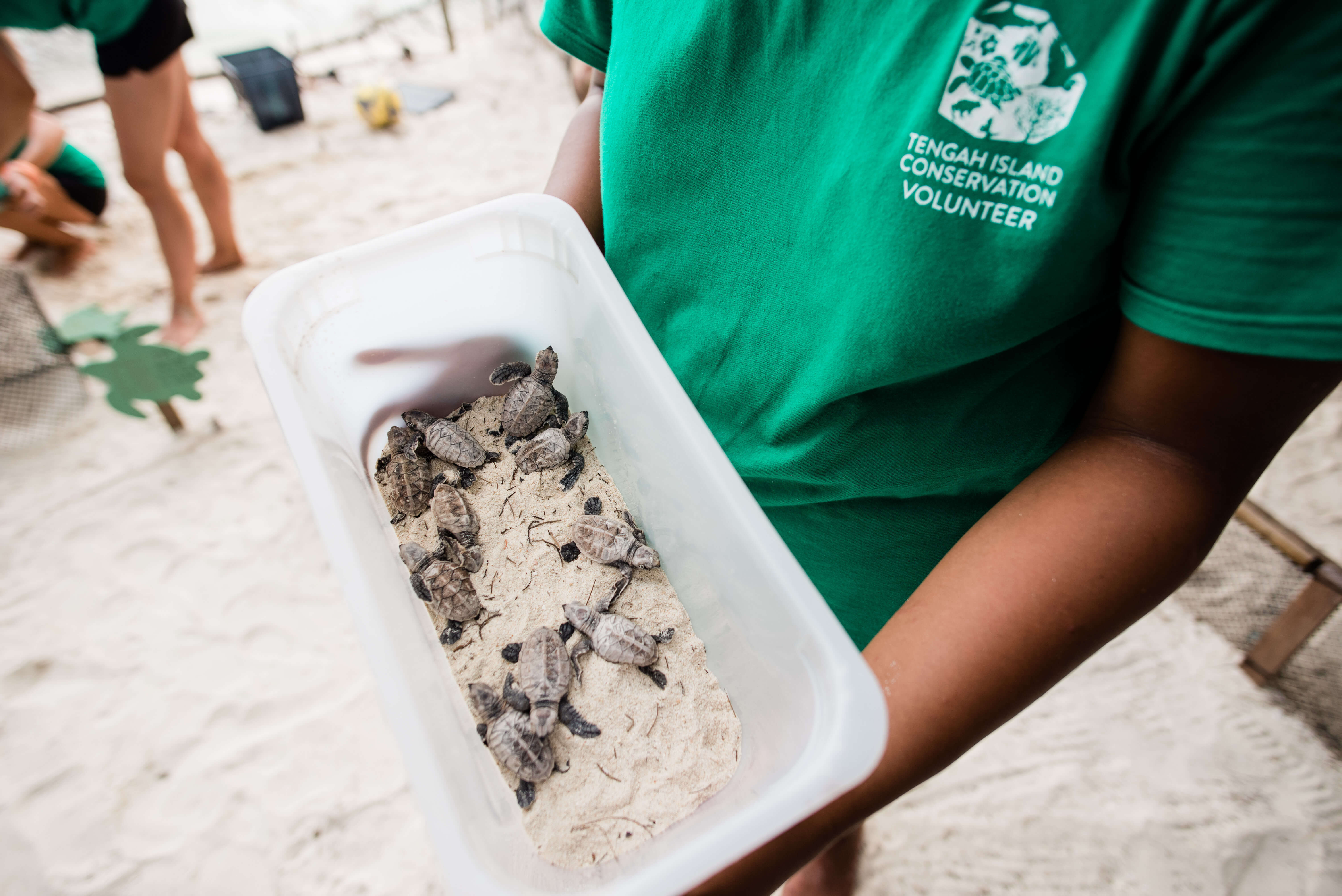
We were listening intently to one of TIC’s Turtle Conservation Talks for resort guests, when we heard excited exclamations — TIC had just excavated a batch of late-to-hatch baby turtles, and were about to release them.
Cue a dozen adults running out to witness this rare sight, and cheering on each tiny hatchling in their race to the sea.
The sea turtle hatchery was set up in 2015 to prevent turtle nests being poached — for sale and consumption — from the back of the island. Today, to protect even more nests, the TIC team conducts daily morning and night boat patrols around the seven neighbouring islands as well.
Between 2015 to 2019, TIC managed to protect 254 nests from poachers and predators, and released 17,581 endangered green and hawksbill turtle hatchlings into the ocean.
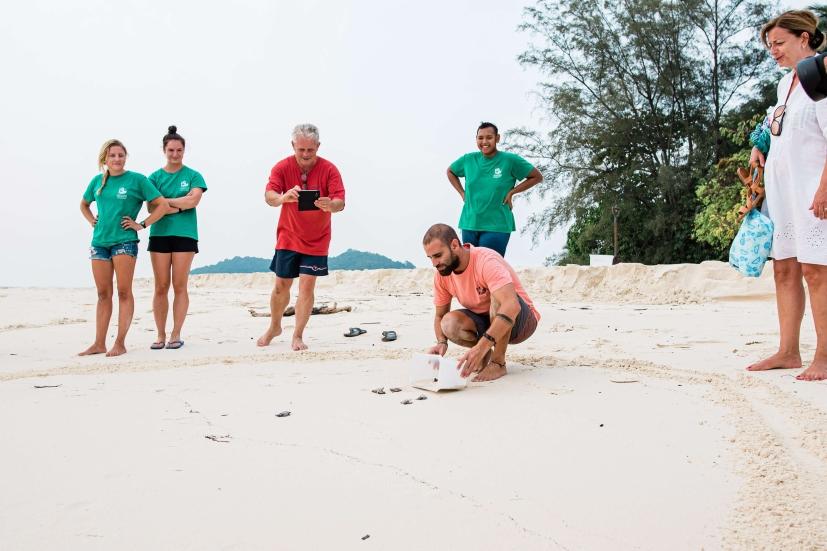
After the last tiny turtle found the way to its swim debut, TIC Outreach Coordinator Mohammed Alzam, who was conducting our talk, shares that watching hatchlings being released to sea never gets old – and is in fact, his favourite sight on the island, followed by the black-tipped reef sharks, a relatively gentle species that’s generally harmless to humans. “There are lots of them around here. In the waters around Batu Batu’s restaurant, you can find seven to eight of them circling during low tide,” he adds.
To support the hatchery, guests can adopt a turtle nest for MYR300 (about US$72) or more; in turn, TIC provides sponsors with hatching statistics, photos of the baby turtles and recognition at the sponsored nests.
At Batu Batu, you can relax to the rhythm of waves crashing onto the rocks by the seaside pool, or knead your woes away with a traditional oil massage at the resort spa.
For some outdoor action, kayak into the big blue, or hike through the island’s jungle where multiple lookout points offer panoramic views of the surrounding islands.
Or consider the impact of human action on our planet; check with the TIC team on whether you can participate in its beach clean-ups.
In 2018 and 2019, they collected close to 23,080 kg of mixed marine debris (which included 44,140 individual plastic bottles) and removed 10.56 tonnes of “ghost gear” such as lost fishing nets, through their beach and underwater clean-ups.
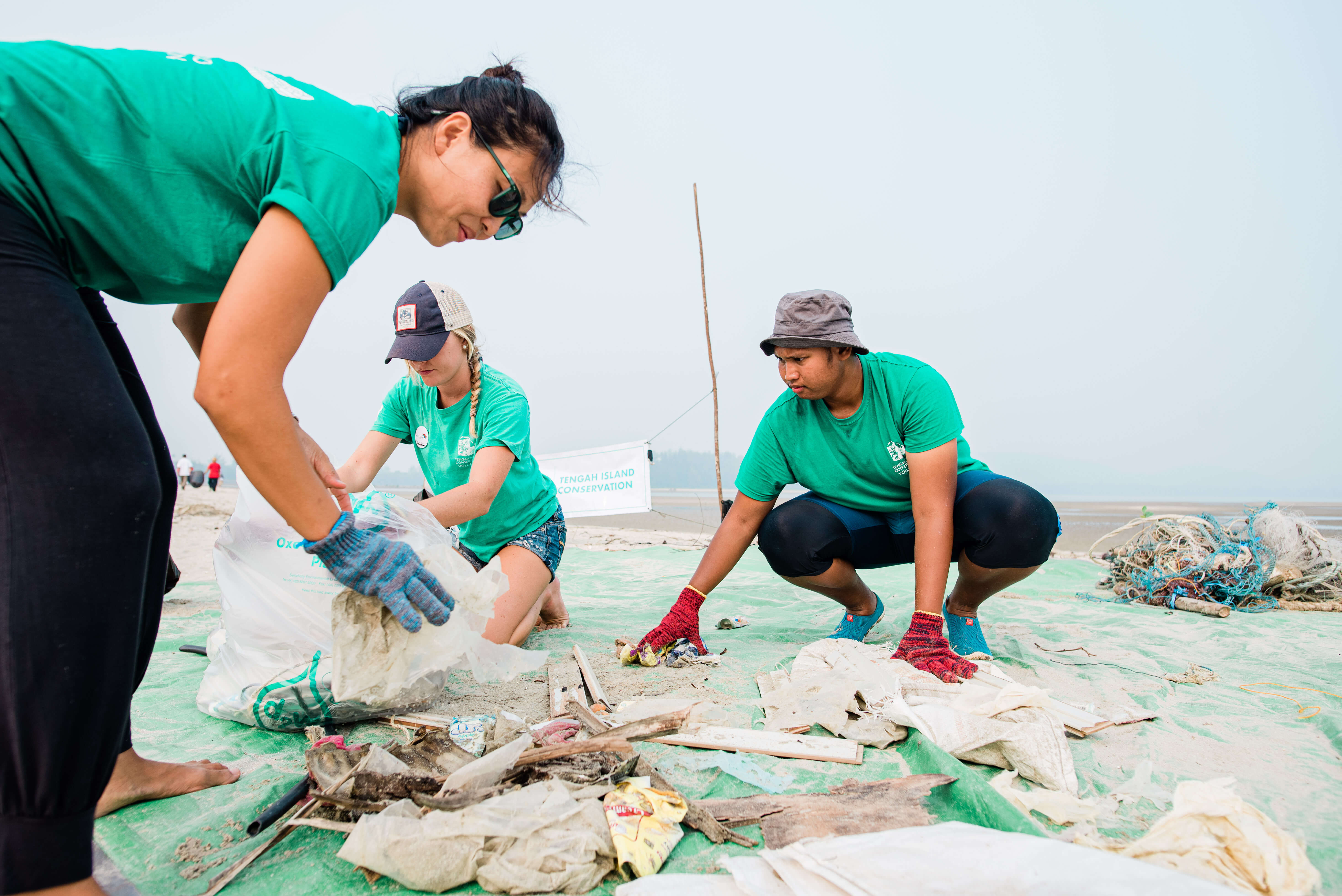
At the end of each week, all recyclable items collected are sent to Clean & Happy Recycling in Mersing — the closest town 20 minutes away by boat.
Aside from leading regular beach clean-ups, Batu Batu has also ventured into Mersing schools, conducting environmental awareness programmes.
“Tourism industries are where things are really beautiful. And if that beauty is destroyed, that destroys the tourism industry,” says Cher. “So if we really want to push change and develop sustainable tourism, we can’t sit here and preach. We have to try and win Mersing locals.”
Recalls Zam: “On my first day with TIC, [Cher] wanted me to come up with a proposal for the school programme right away! After months of discussion, we managed to come up with the name ‘PEDAS’, short for Pasukan Pendidik Ekologi Dan Alam Sekitar.
“In Malay, this acronym has a double meaning: It has an environmental theme, but also means ‘hot and spicy’! Which is rather catchy and funny, especially for school kids.”
A multi-stakeholder environmental education programme for Mersing’s schools, PEDAS’ partners include Reef Check Malaysia, Trash Hero Mersing, Johor Marine Park Department as well as Mersing’s District Council, District Office and Education Office.
The partners worked together to create the programme, which comprises five modules on marine ecosystems, coral reefs, sea turtles, marine mammals and marine debris, and visit schools together to conduct outreach.
“The students don’t know we have sea snakes, groupers, dolphins and sometimes dugongs here as well! They say, ‘Really? How come we’ve never seen them? How can we see them?’ That’s when we’re able to tell the children: ‘If you want to see them, you have to conserve them’,” says Zam.
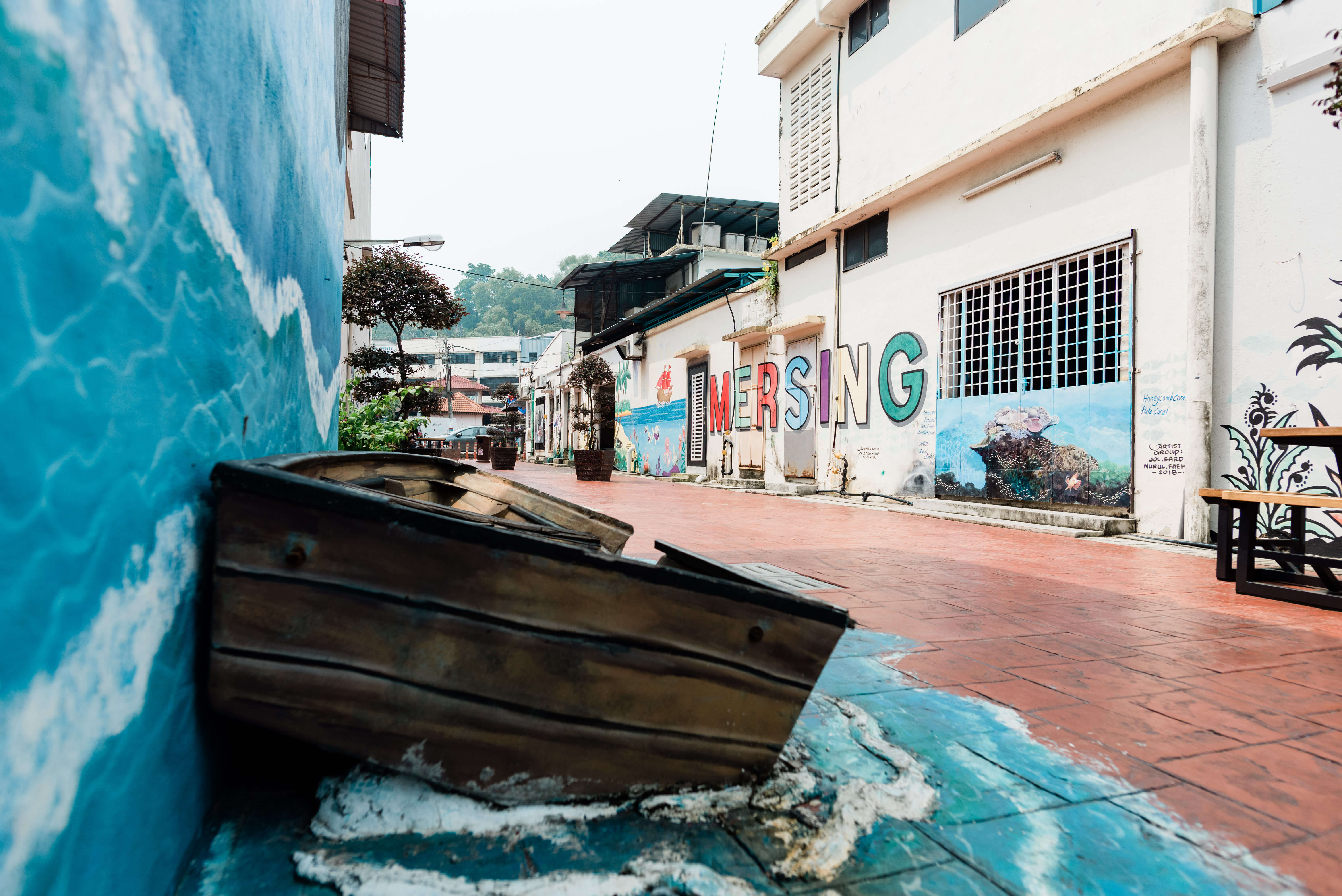
Batu Batu began as a private island destination, but it has grown beyond its shores and into the community at large.
Its latest venture is KakakTua, a guesthouse, cafe and community space in the heart of Mersing, converted from a 1950s shophouse.
“We get 500,000 tourists in the Johor islands and Tioman every year, but Mersing hardly benefits from that. People literally get out of their car or taxi, they look for their boat, and they go,” says Cher.
Through community arts, crafts and cultural programmes, Cher hopes that KakakTua will help to grow local appreciation for the town’s unique heritage, and encourage them to develop initiatives to help Mersing’s tourism scene thrive.
“We believe that increasingly, tourists are looking for authenticity. And what’s authenticity? It’s looking into the soul of a place. Looking into the lives and listening to the stories of its people. By starting KakakTua we hope to initiate the development of authentic tourism products and co-create an ecosystem of regenerative tourism, which will be driven by Mersing’s communities.”
Be a guest at Batu Batu Resort — a stay supports important conservation work on the island and beyond. In 2019, about 10 per cent of Batu Batu’s profits went towards funding Tengah Island Conservation, which has a team of five full-time marine biologists and environmental scientists stationed on the island.
Alternatively, adopt a turtle nest, or make a donation to Tengah Island Conservation.
Batu Batu also practices and champions sustainable tourism practices:
Low-density development (just 22 villas) to limit human population on the island
No disposable toiletries/single-use items (shower gel, shampoo, conditioner are in large refillable bottles; no toothbrush, shower cap, cotton buds)
No single-use plastics (no plastic bottles; glass bottles and glasses provided)
Solar panels that will fulfil 30 per cent of the resort’s energy needs
Water treatment systems to treat sewage (so no dirty water is discharged into the sea)
Weekly recycling – all recyclable items are sent by boat to Mersing’s Clean & Happy Recycling
An organic garden that supports guest and staff kitchens
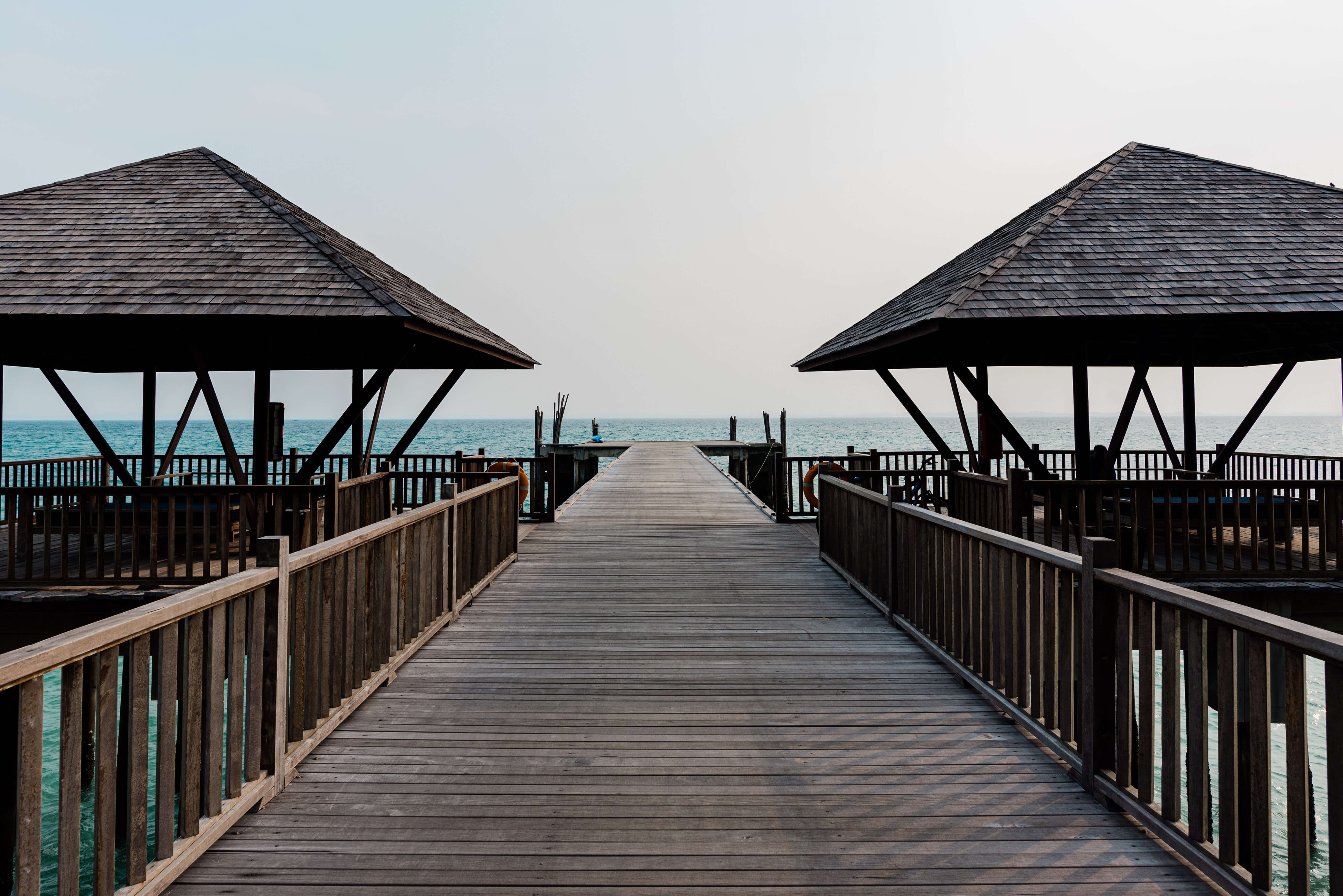
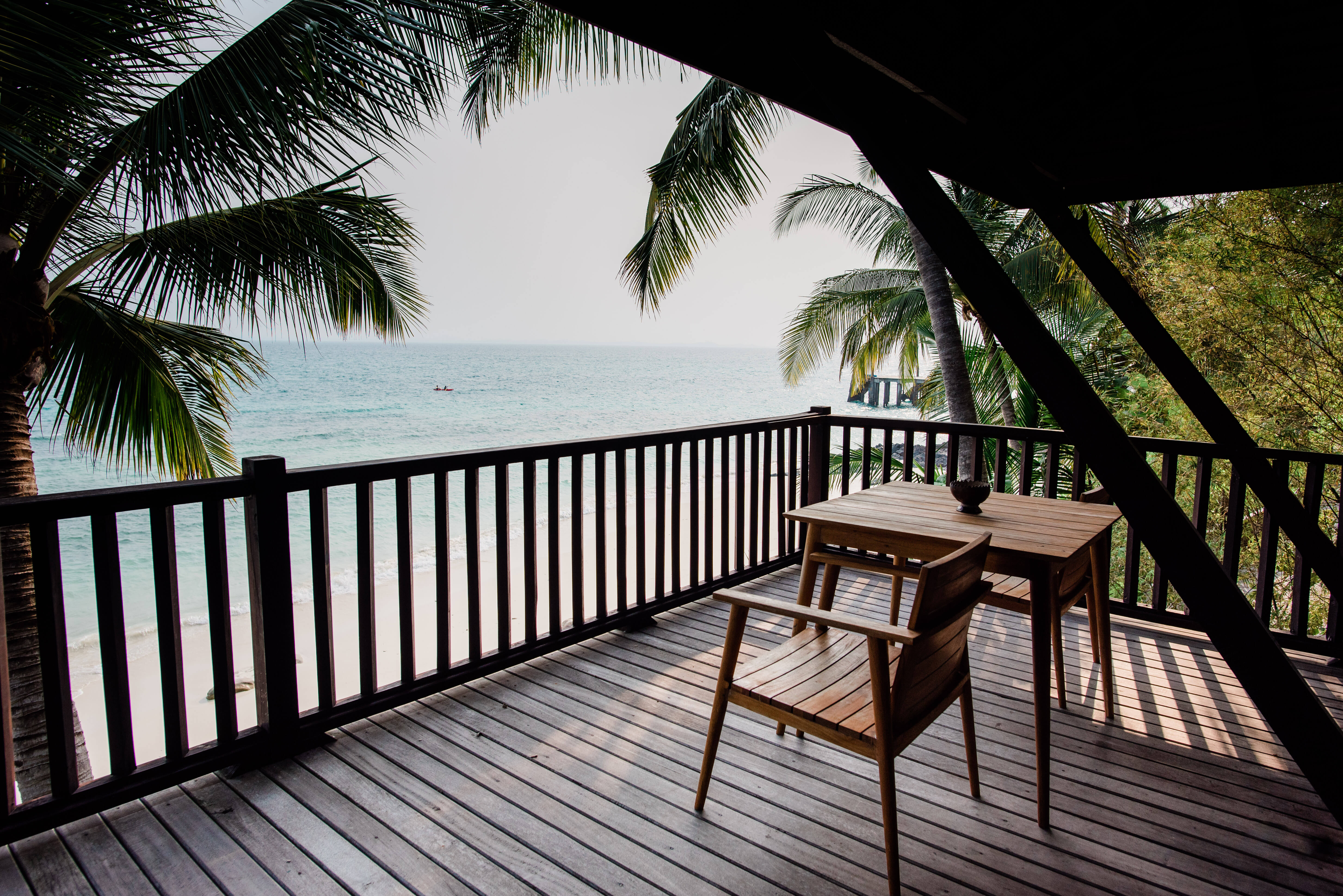
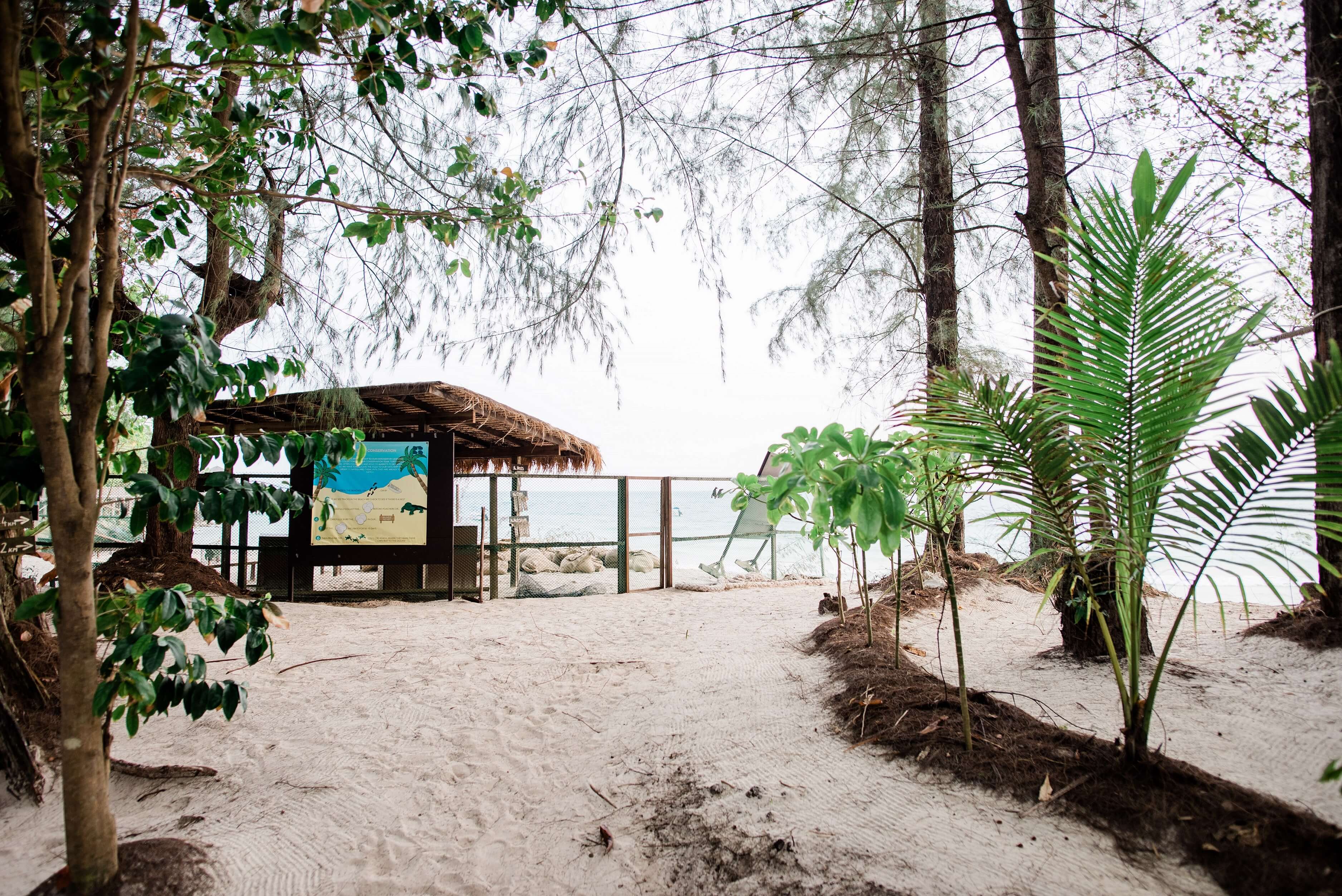
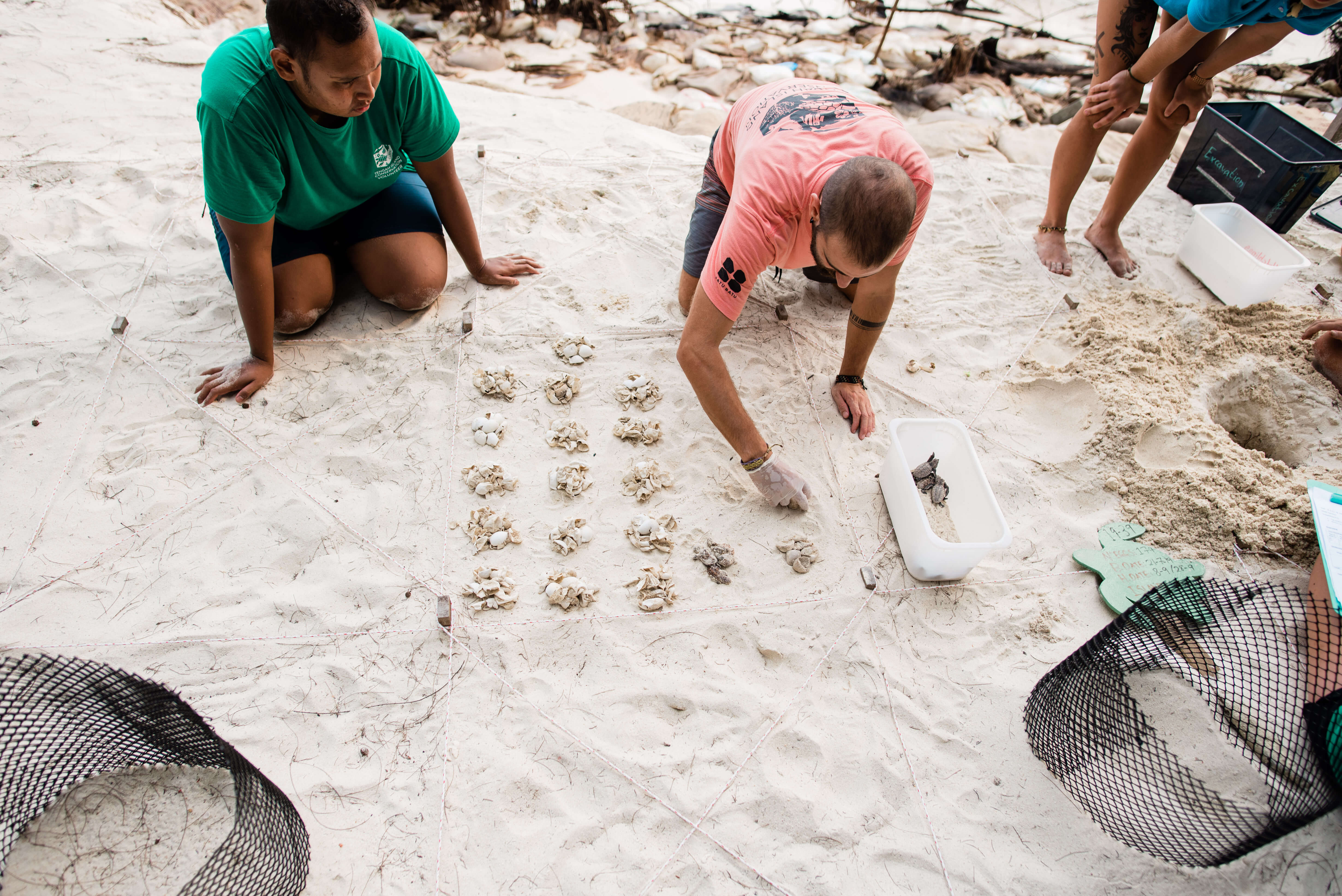
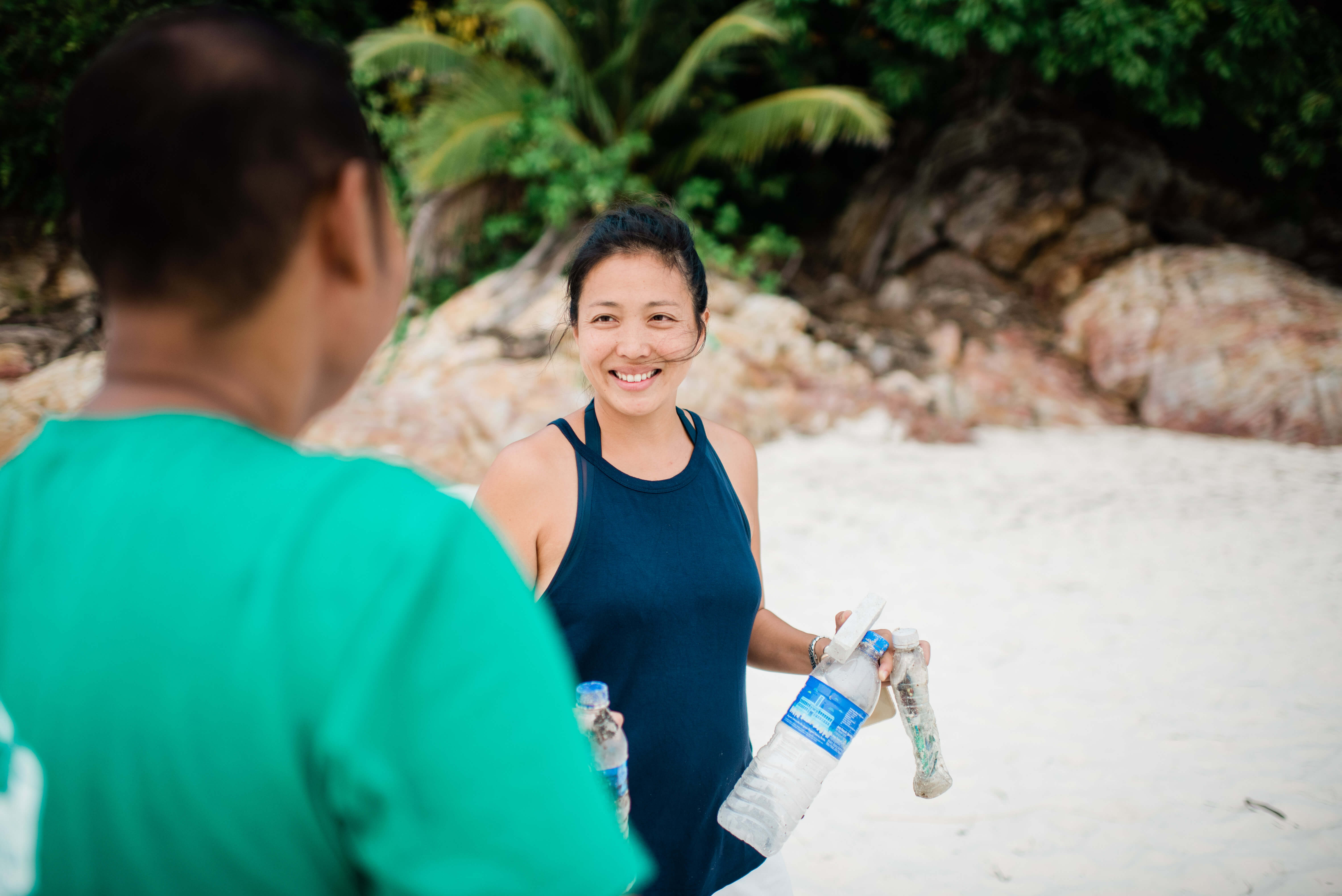
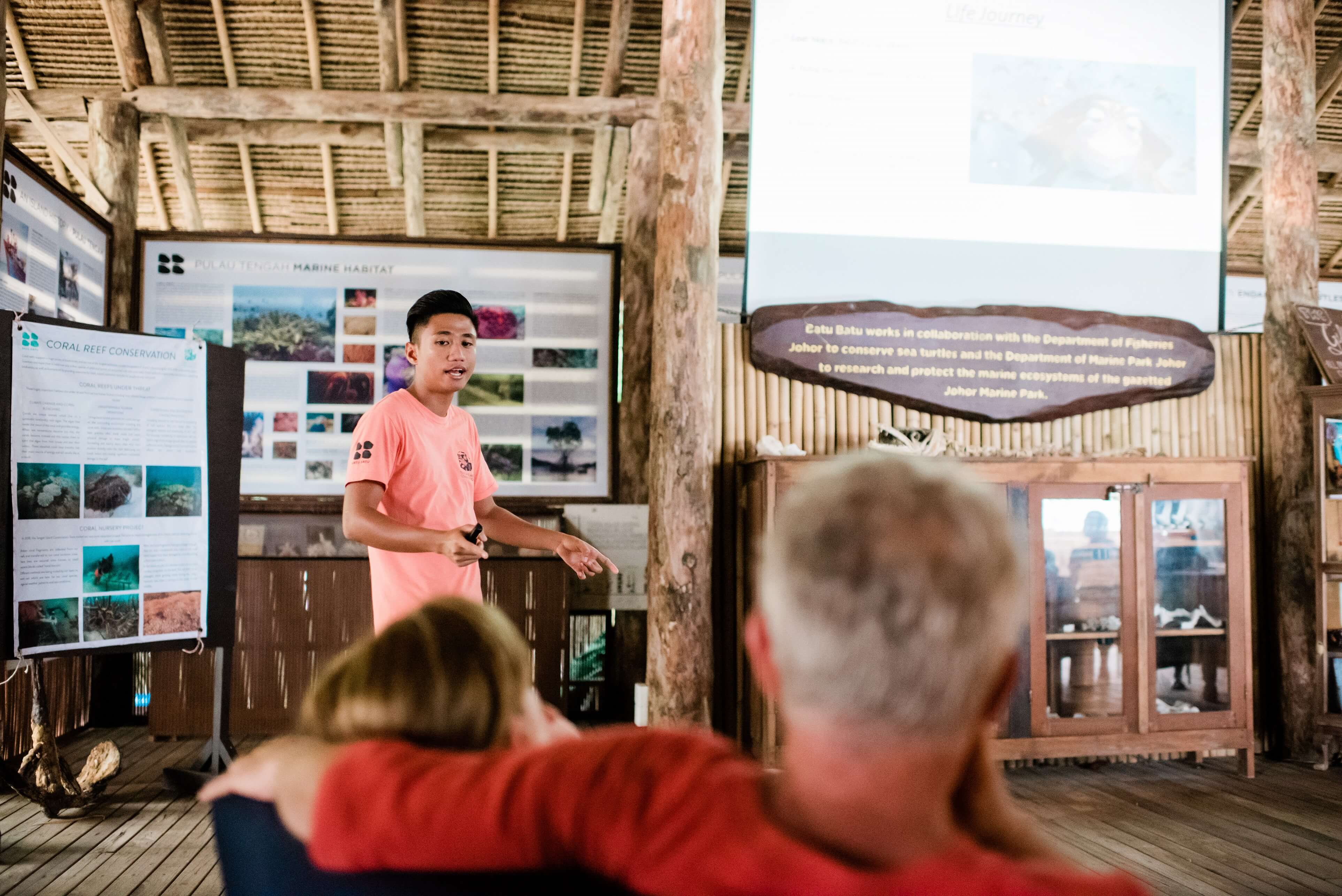
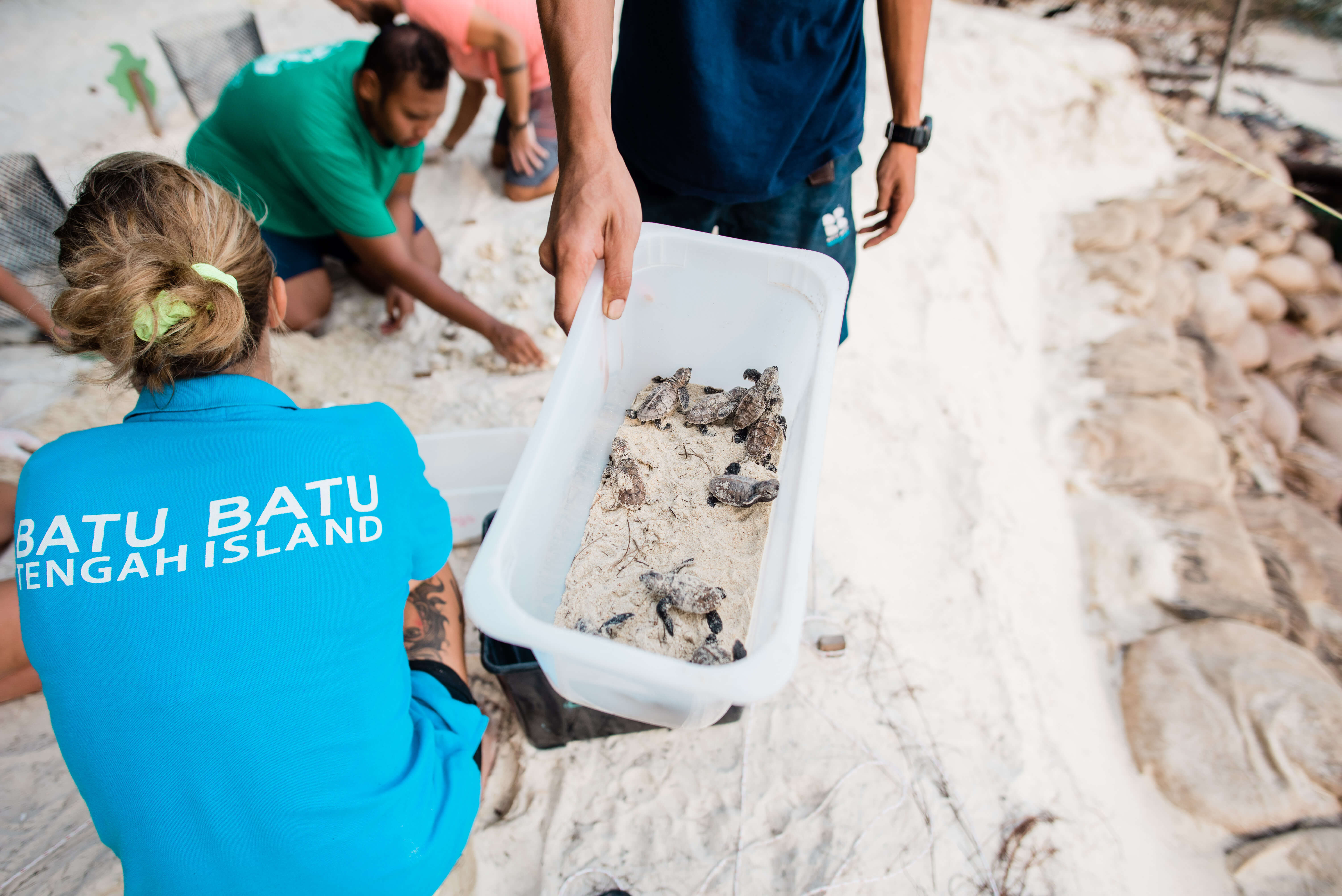
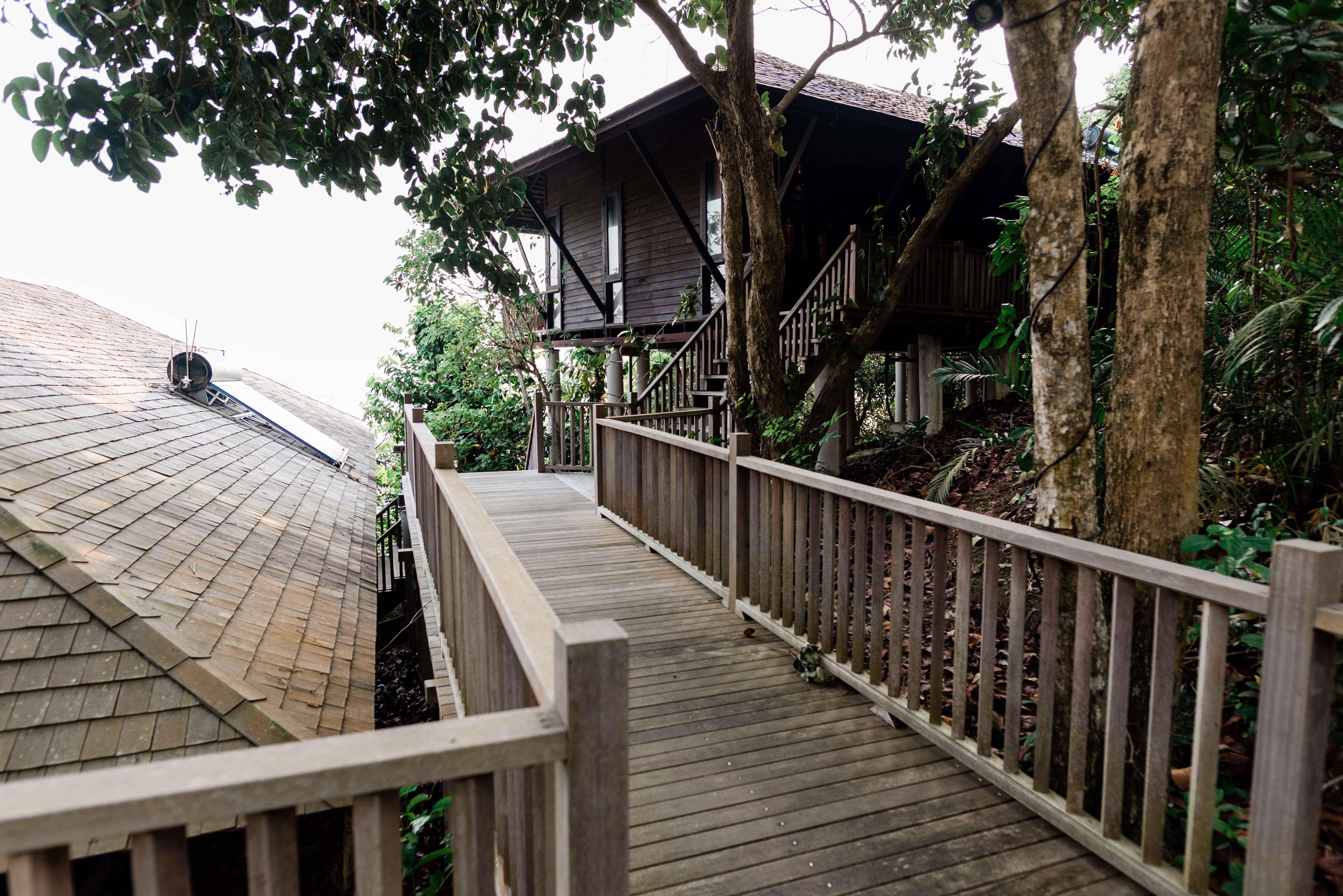
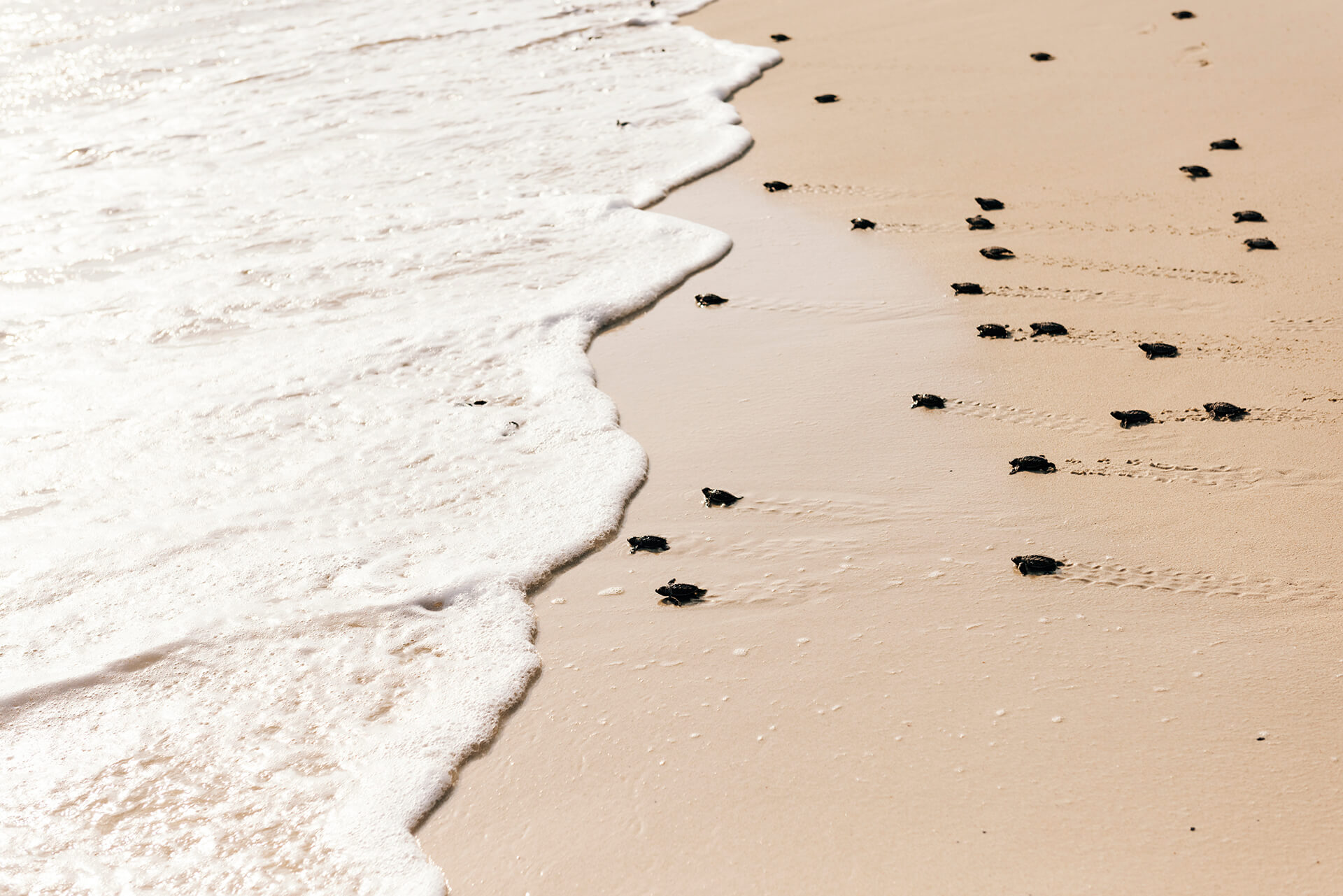
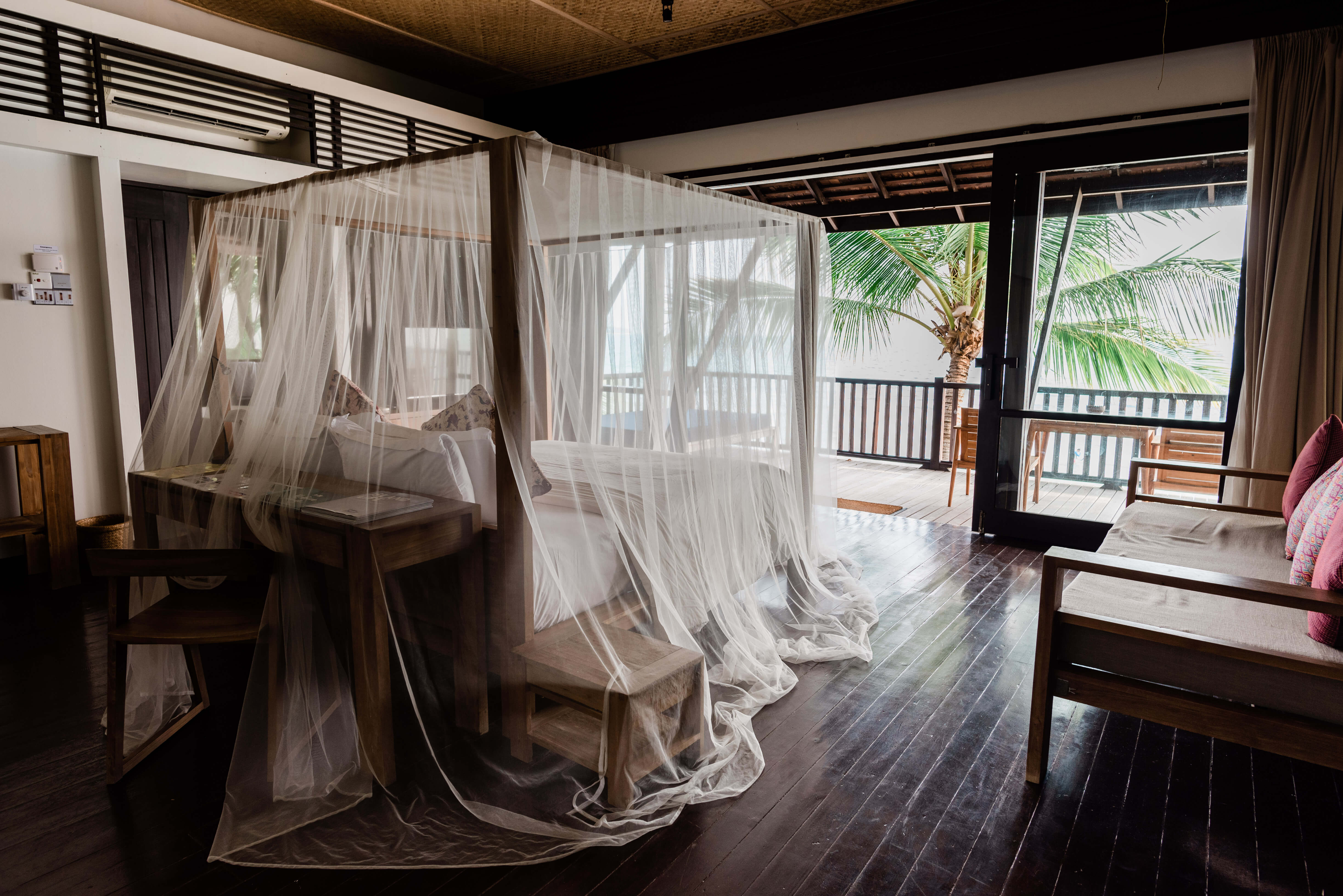
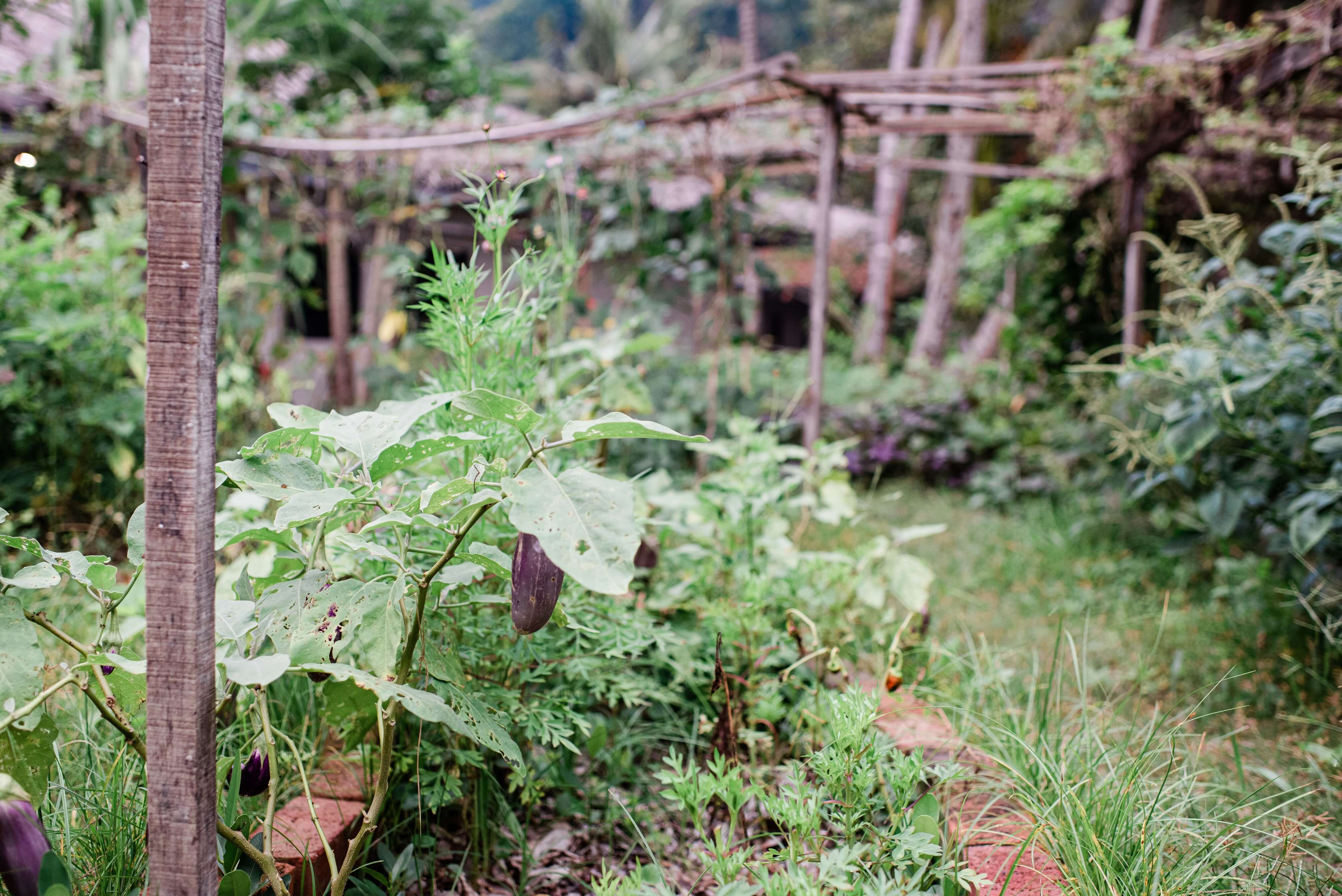
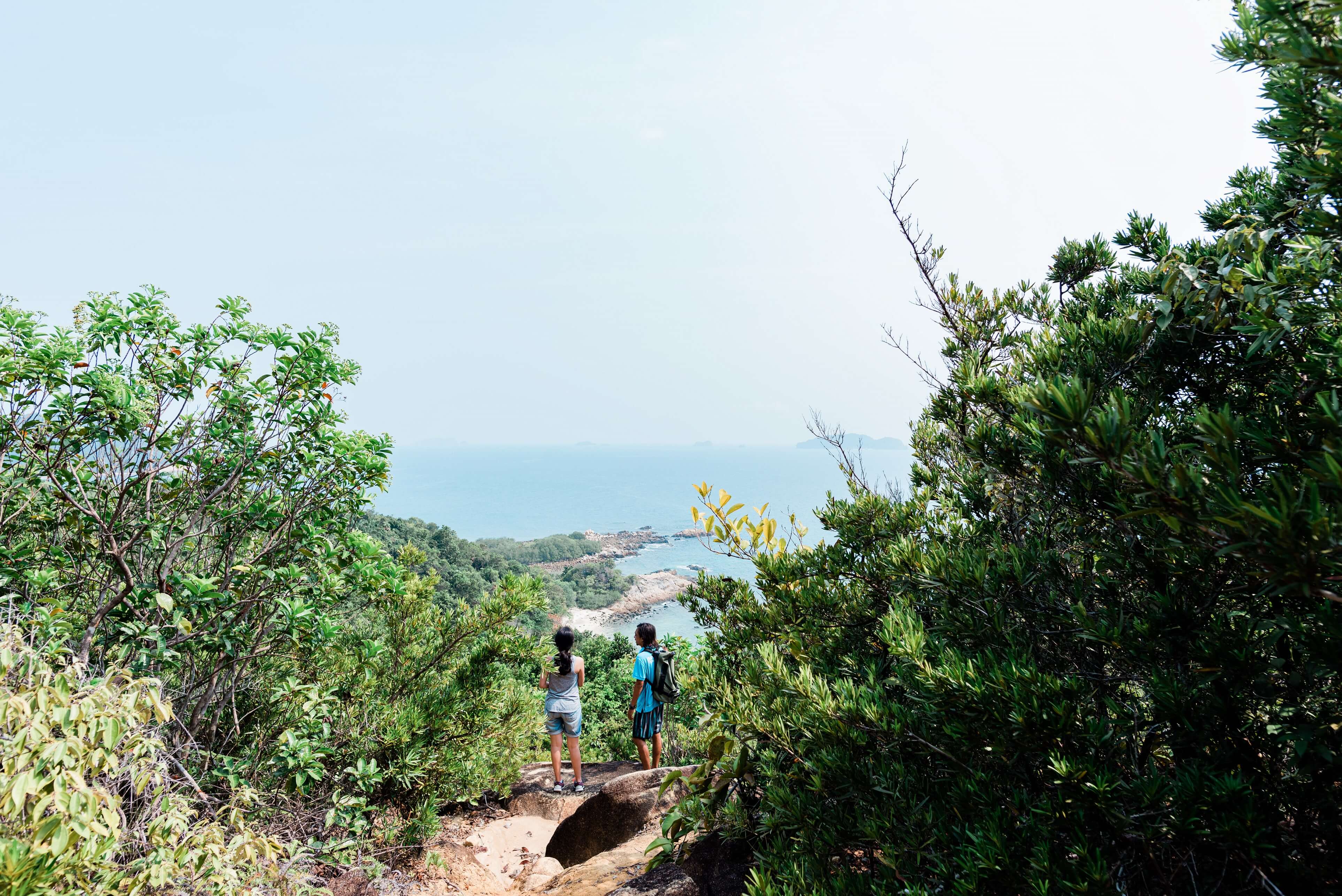
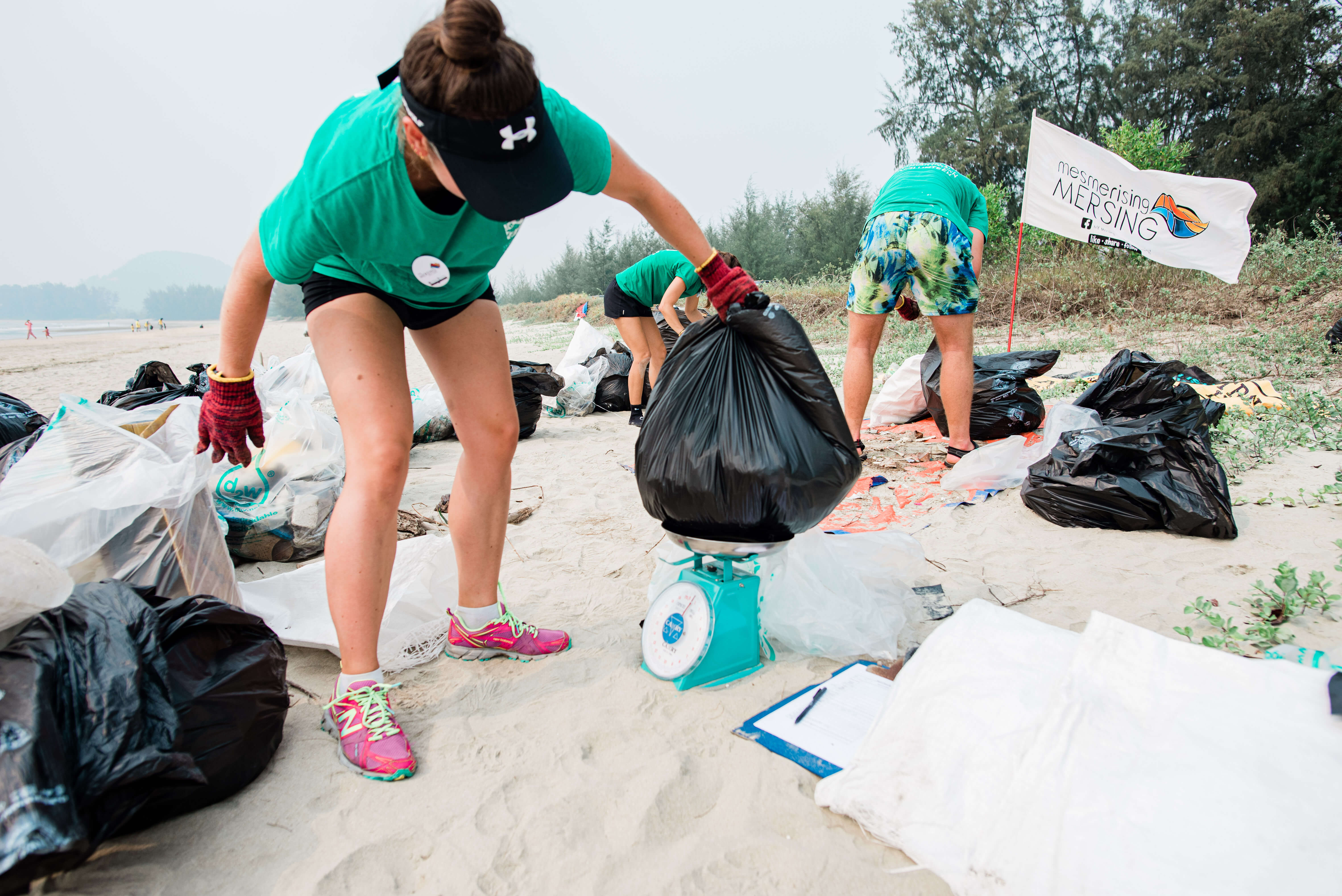
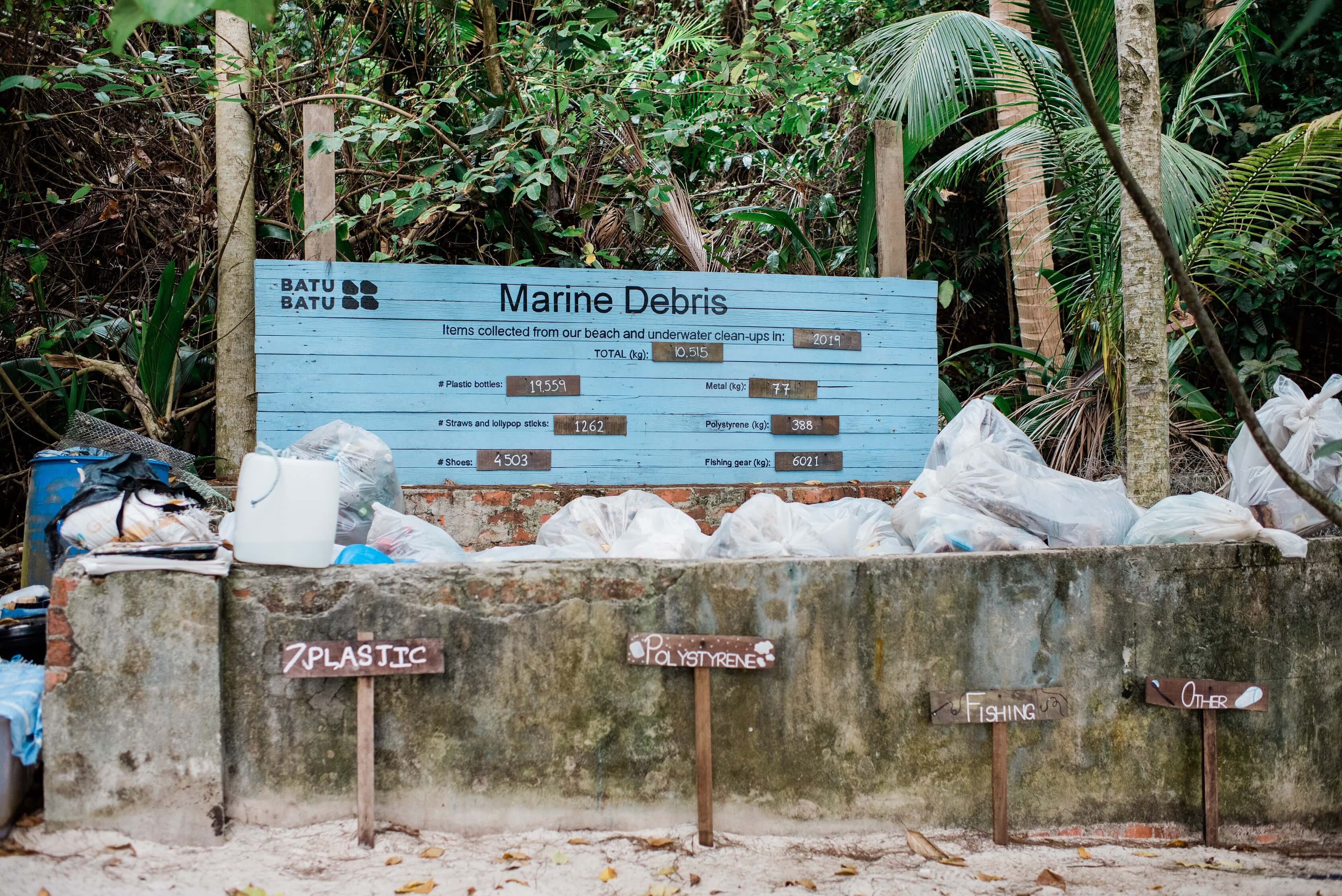
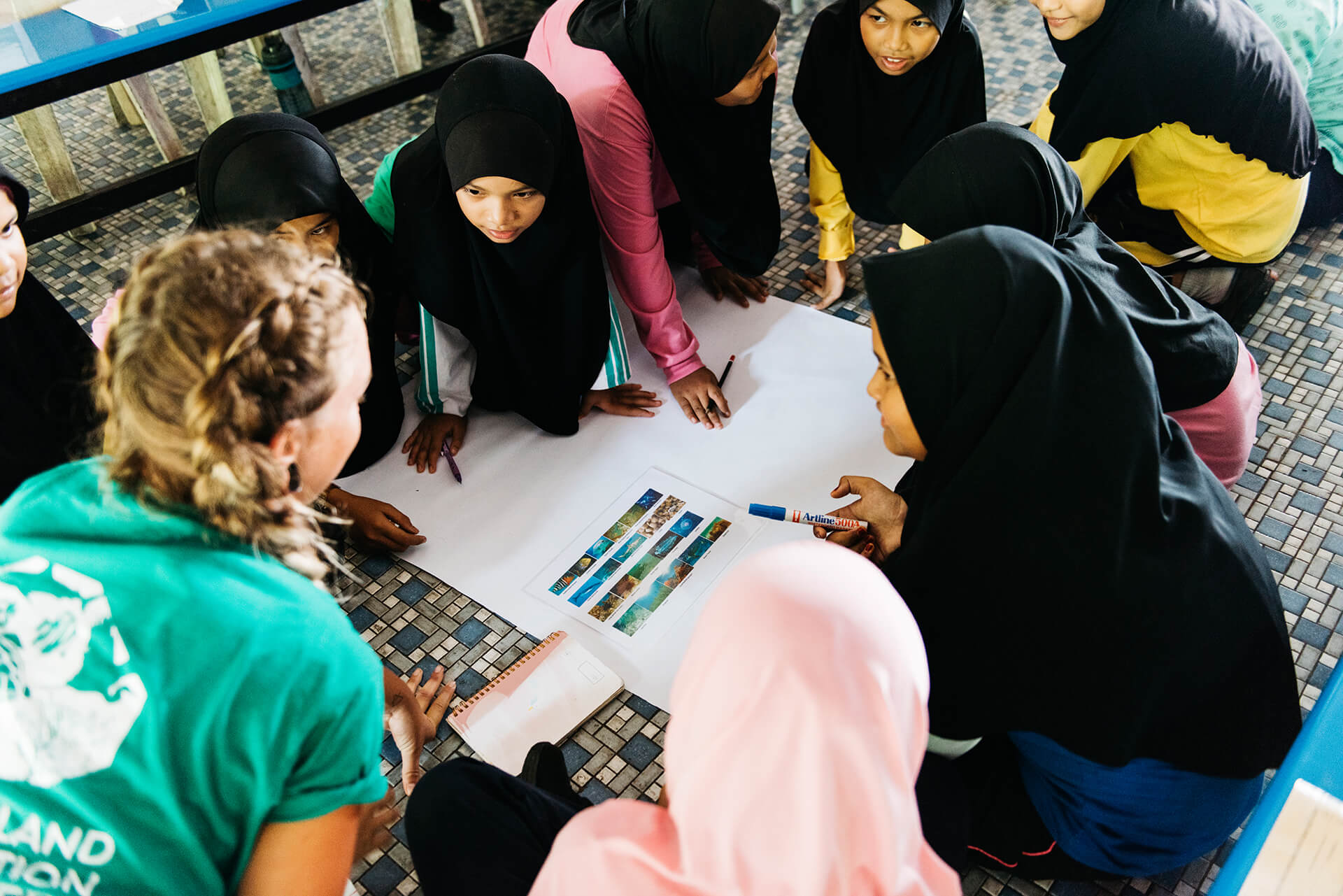
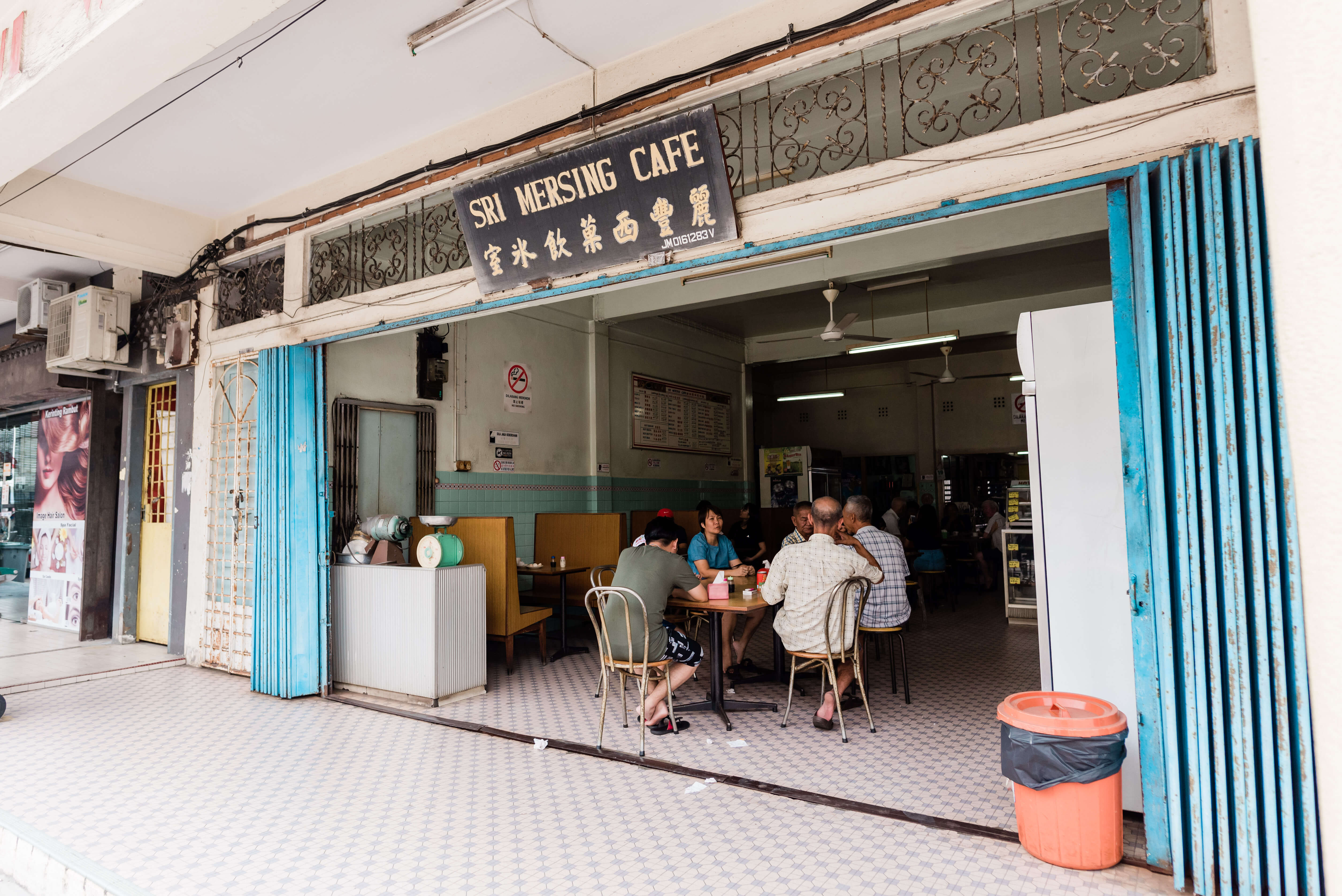
Book a rainforest experience with Green Hill
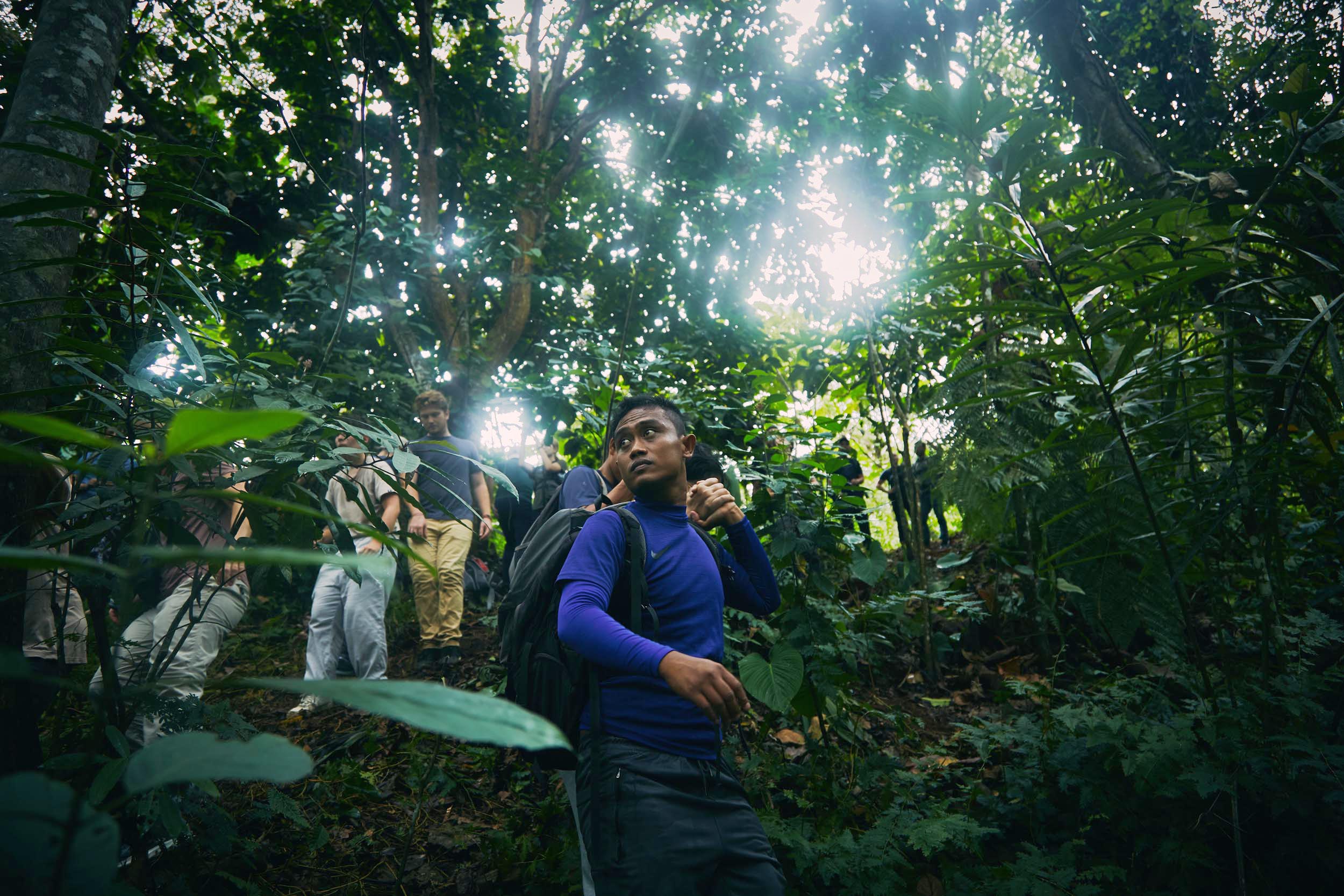
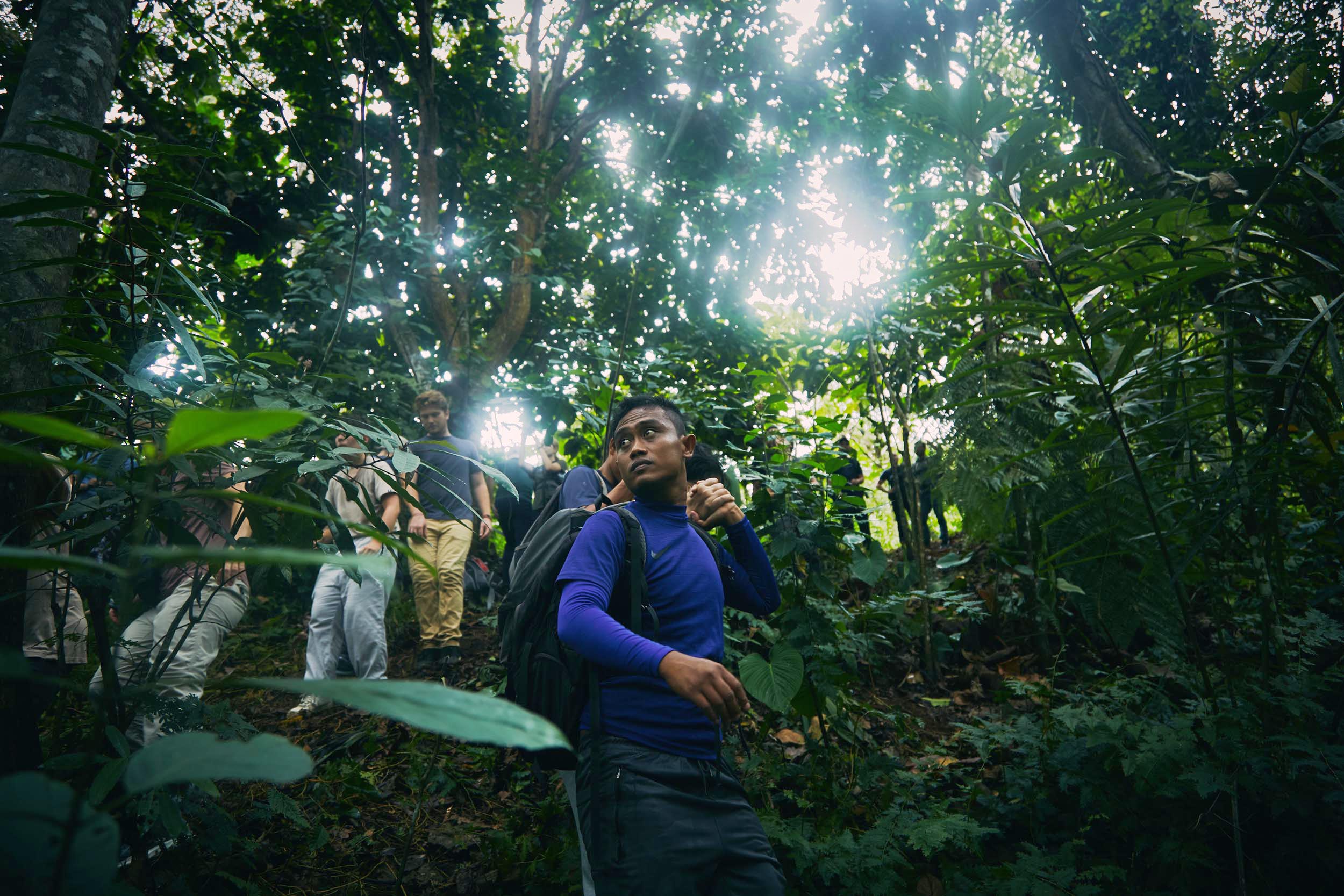
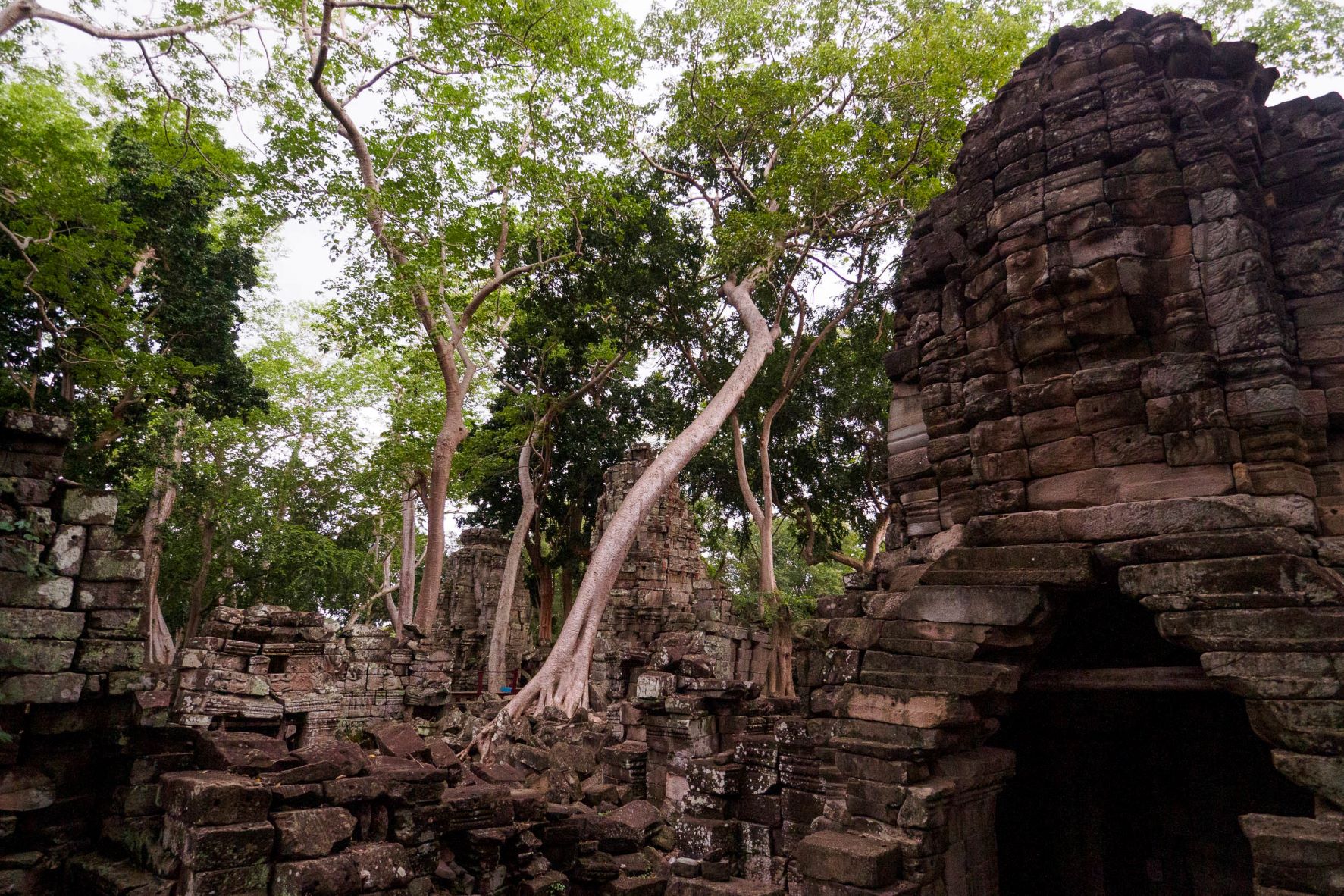
Dusty streets, houses on stilts, towering palm trees, At first glance, Banteay Chhmar looks like any other village in rural Cambodia.
Then you notice the moat.
In the very centre of town, just off the main road connecting the community hall with the high school, market and pagoda, a perfectly square waterway appears out of nowhere.
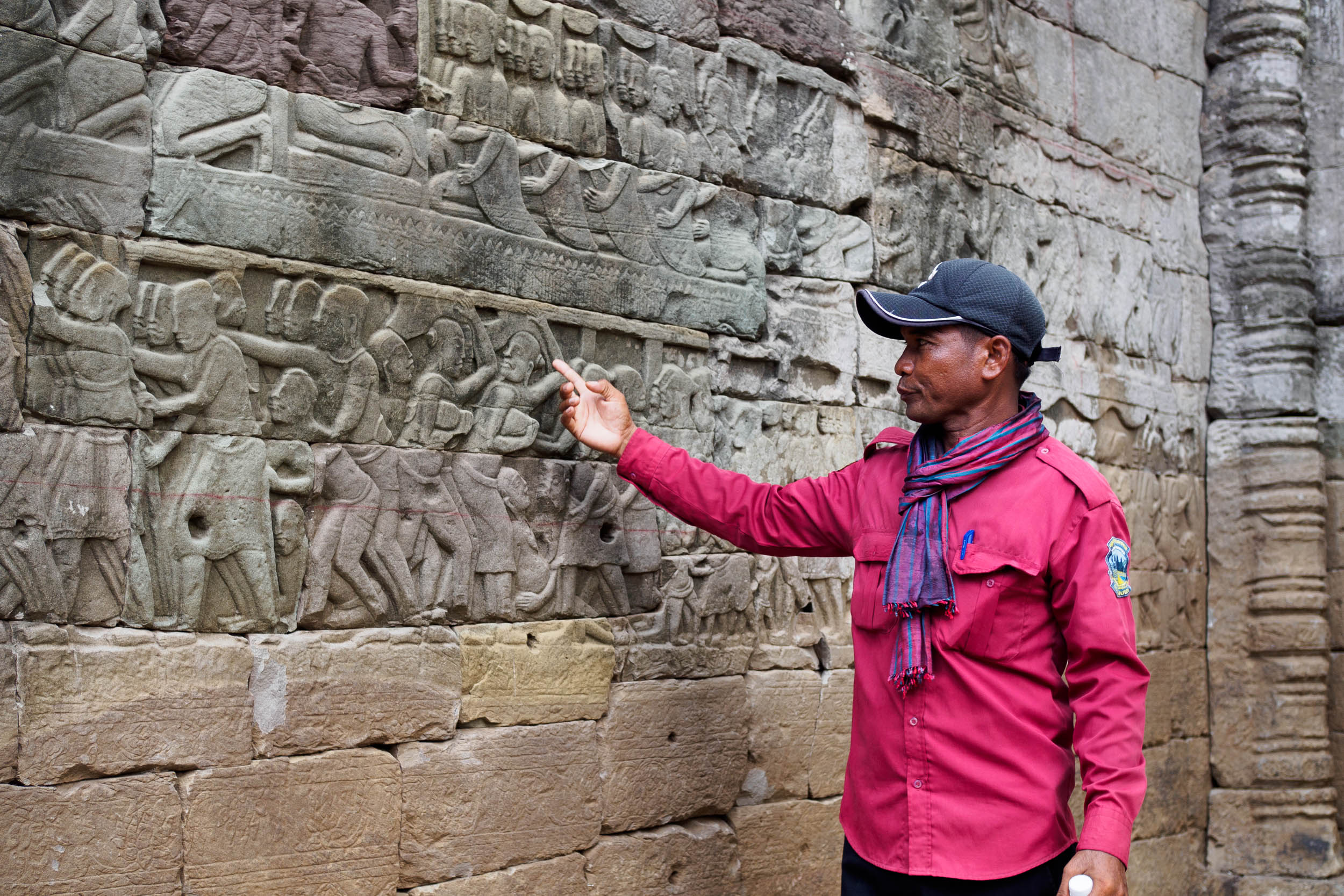
Shaded on all its sides by thick foliage, the moat wraps around a vast temple enclosure, raised to mimic a mountain. This is Banteay Chhmar Temple complex: an Angkorian citadel constructed in the late 12th century under King Jayavarman VII. Nine more ‘satellite’ temples radiate from the main sanctuary.
With the scorching sun on our backs, my guide Mr Pel leads me along the boardwalks erected over the rubble of Banteay Chhmar.
The temple’s crowning glory is its outer gallery walls, which depict domestic scenes, great battles and vignettes from the royal court, in exquisite bas-relief.
For locals, these structures have always been significant sites of worship. The temple’s face towers, bas-reliefs and intricate carvings that fuse Hindu and Buddhist symbology are every bit as impressive as the temples of Angkor. But unlike Angkor, Banteay Chhmar had been lost to the jungle for eight centuries, and had not benefited from conservation or protection from looters.
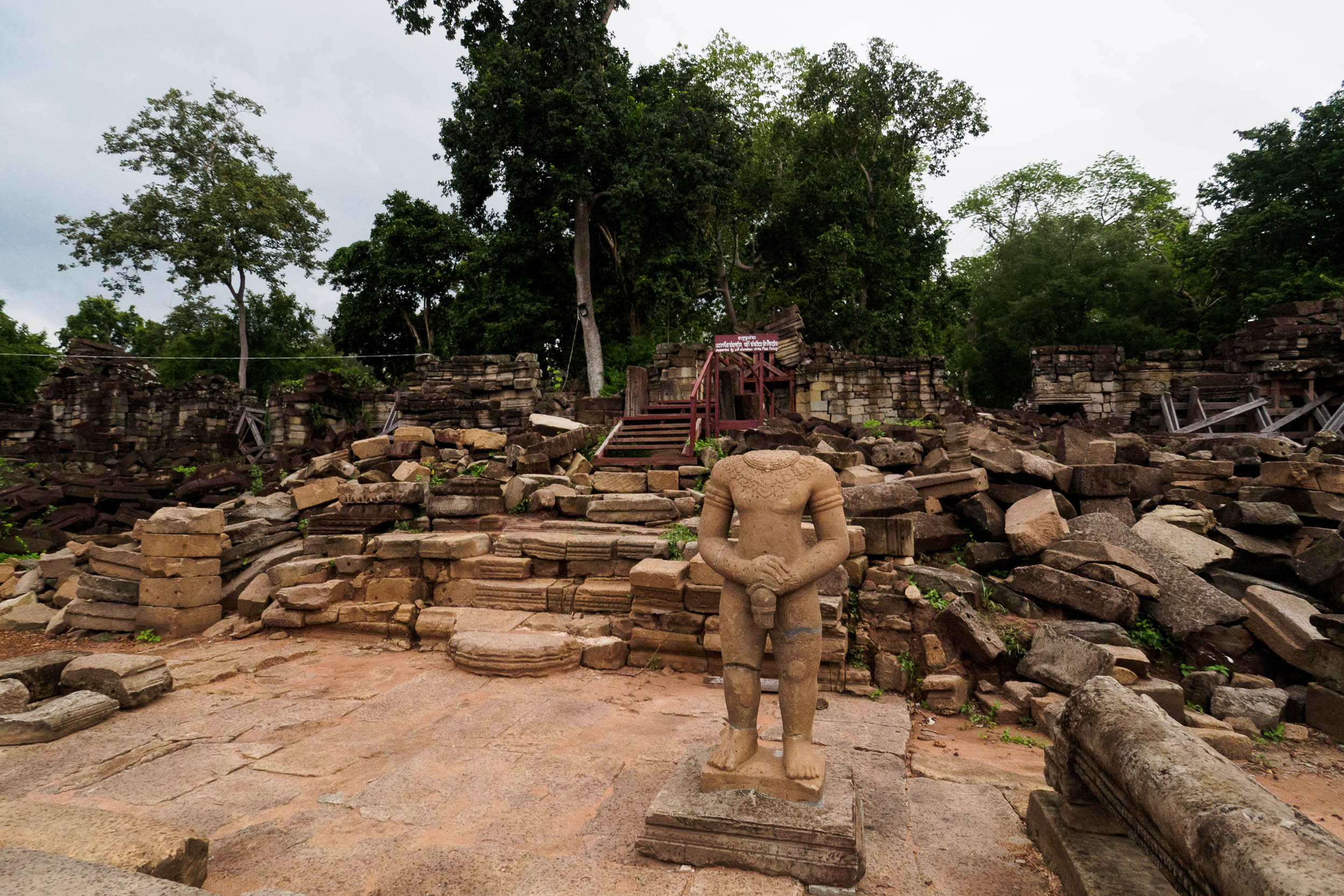
Until a group of enterprising residents recognised its untapped potential.
Determined to take a socially responsible approach from the outset, they established Banteay Chhmar Community Based Tourism (CBT) in 2007 with assistance from non-governmental organisations like Agir Pour le Cambodge (France) and Global Heritage Fund (USA). The latter trained more than 40 locals to start restoring the main temple.
Hotels are banned in the protected zone around Banteay Chhmar, so CBT started homestays with families in the town, a truly local experience I enjoyed for the duration of my stay. My room was typical of a Khmer home: A plain wooden room with a large bed, a mosquito net, and a fan.
Many families settled in Banteay Chhmar after escaping civil war refugee camps along the border. My host, Mrs Nil Loeun, was separated from her family and forcibly relocated to Banteay Chhmar under the Pol Pot regime.
“When we first learned that the Global Heritage Fund would be restoring the temple, we were worried that villagers would be made to leave, like in the past,” Loeun says. “We are very happy that they are protecting the temple as well as the people of Banteay Chhmar.”
The CBT welcomed its first official guests in 2007, and continues to welcome visitors from all over the world with guided tours of the temples and villages, traditional music performances and other cultural experiences alongside homestays, meals and transportation.
Book a tour package or pick and choose a range of activities.
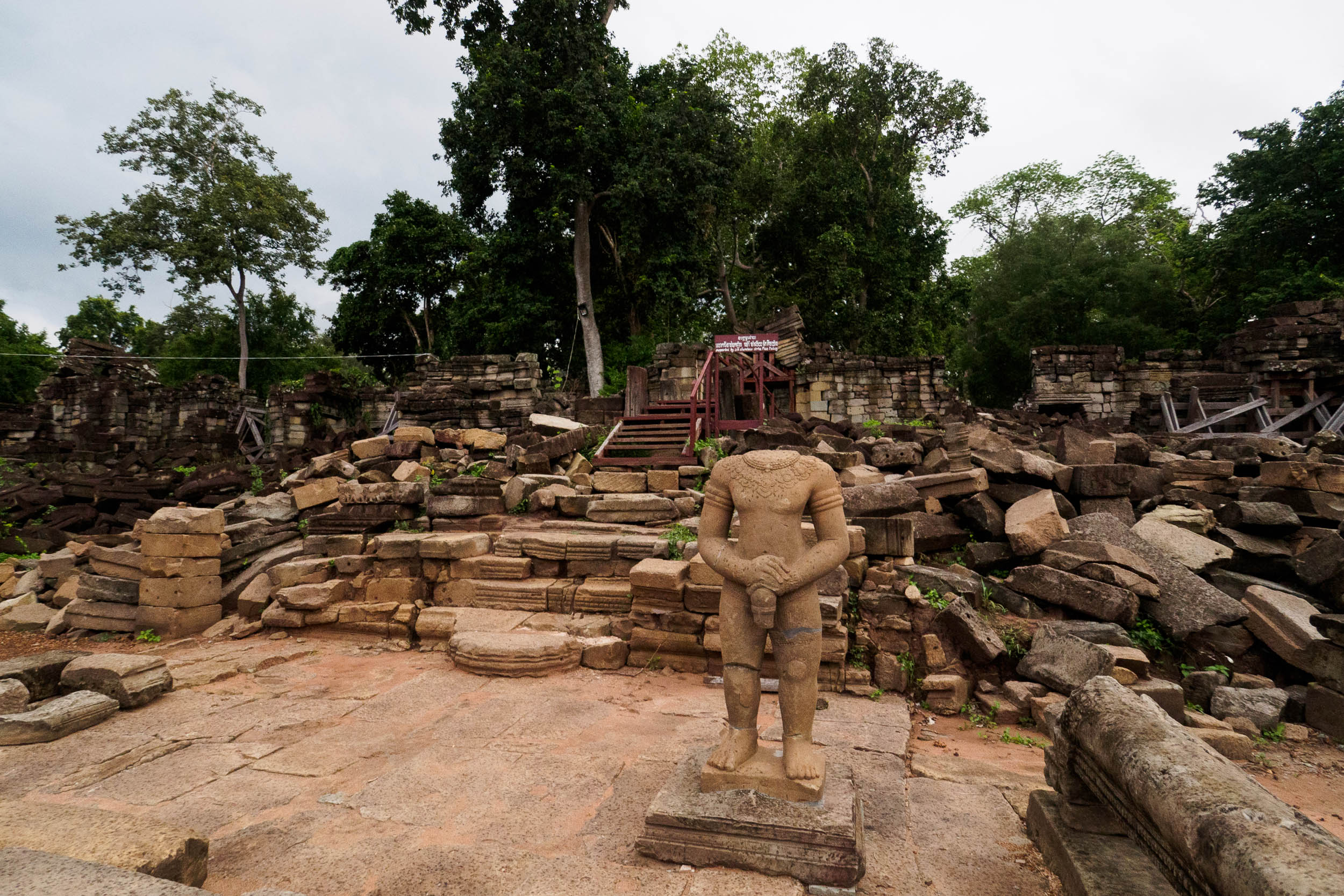
A project that puts the interests of the community first is still a relatively new concept in Cambodia, but it’s proving to be a successful one.
“Everything has changed,” Sophal later tells me. “Many people now think about protecting and rebuilding the temple whereas before, they only thought about destroying it. Locals were involved in the looting of the temple. But now they understand how important it is to care for the temple, and are involved in its restoration. So now we have more than a hundred people who come to work at the temple everyday, all of them Banteay Chhmar locals. They work to improve their family income.”
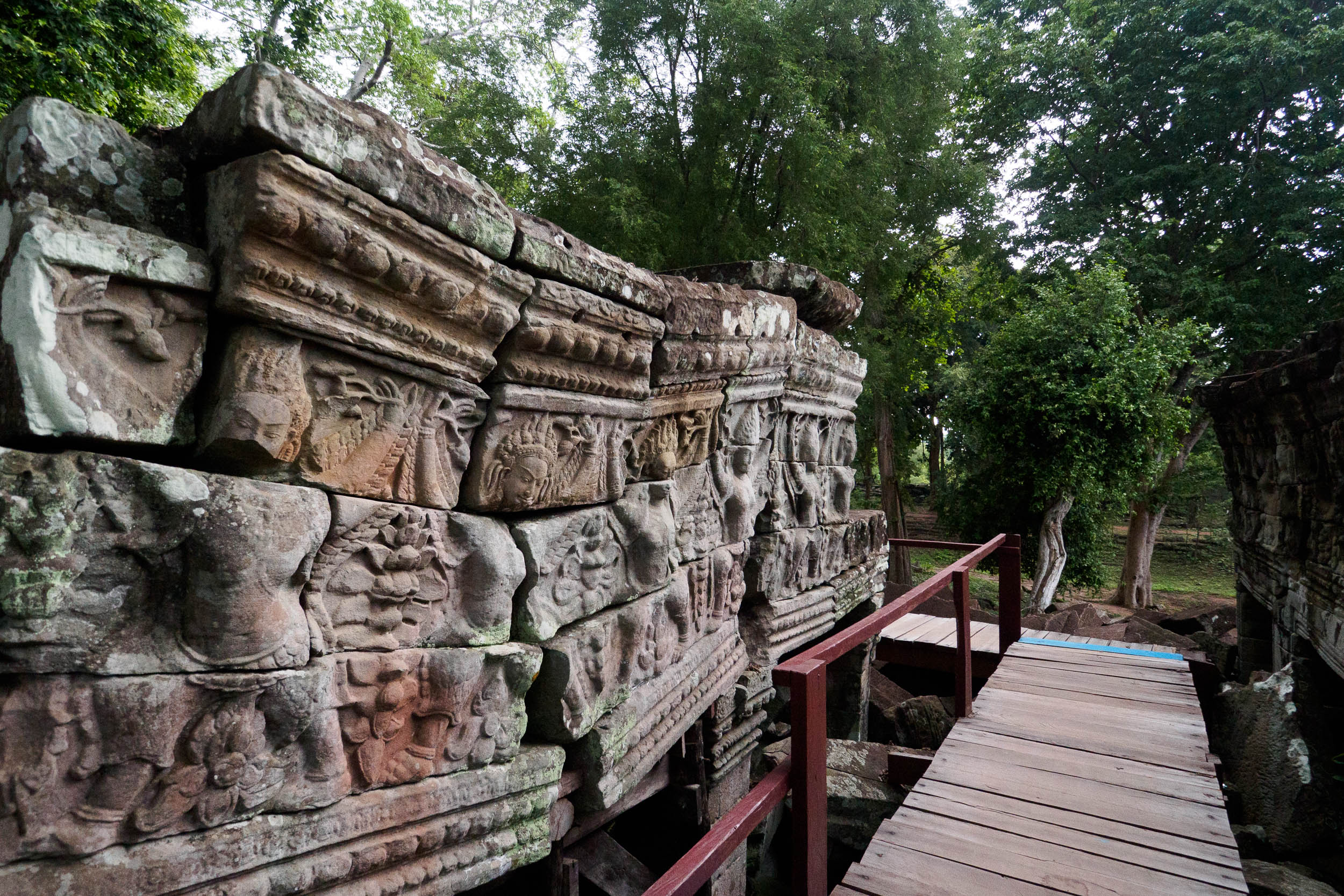
Visiting during monsoon season, I expected to be the only guest. But when I arrived, the office was a hive of activity. A large group had just come from a neighbouring province, to learn the ropes of community-based tourism from the Banteay Chhmar team.
When setting up the tourism initiative, the CBT consulted the community to make sure they had a voice in the project. They also wanted to ensure that Banteay Chhmar locals would benefit from tourism, unlike communities in Siem Reap, which remains one of the poorest provinces in the country, despite being home to Angkor Wat, Cambodia’s most popular tourist attraction.
“In Angkor Wat, we saw most local people have moved outside, and fees go to foreigners,” CBT Coordinator, Mr Tath Sophal, told me over lunch. “We thought we should do something to help the local people here.”
The four villages closest to Banteay Chhmar Temple – home to some 2,000 families – are now actively involved in the CBT in some way. Around a hundred people are employed as guides, drivers, handicraft artisans and cooks, while hundreds more benefit indirectly. As well as steady employment, CBT members receive training in hospitality, food hygiene, and English language lessons.
2018 was Banteay Chhmar’s biggest year, with just over 2,000 visitors. But two years on, the COVID-19 pandemic decimated visitor numbers.
“We welcomed 67 local visitors in 2021,” says Sophal. ” With borders opening up again as COVID-19 pandemic restrictions ease, Bantaey Chhmar has seen a welcome increase in travellers, with over 900 visiting in 2022.
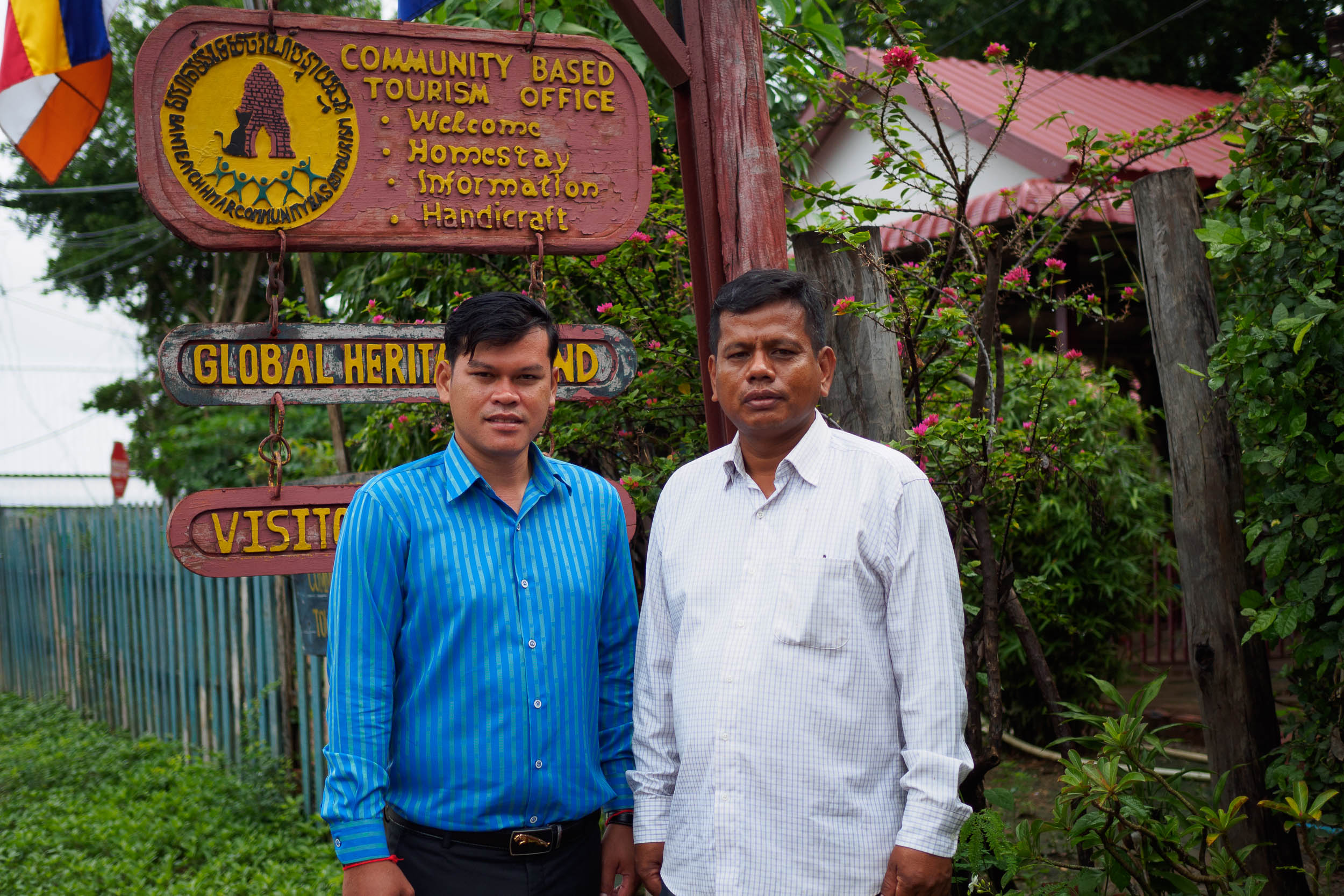
As more travellers learn about Banteay Chhmar as an alternative to Angkor, Sophal and the CBT team want to ensure that local families continue to benefit. Profits from the fund have been used for a range of development projects, including rubbish collection, installation of solar panels, and funding community clean-ups and reforestation projects.
Thanks to the extra income they earn, many families in Banteay Chhmar can now afford to invest in their children’s future. “They save money for their kids to go to school, for food, and for saving money for university fees,” Sophal says.
When you travel to Bantaey Chhmar with the CBT team, you are exploring an off-the-beaten path gem while ensuring every cent you spend goes back into the community.
More than 2,000 families are involved in the CBT, which currently employs 83 people from the local community. Depending on the type, service providers receive 60-85 per cent of the fees travellers pay, with the remainder used for admin costs and reinvested into a community fund.
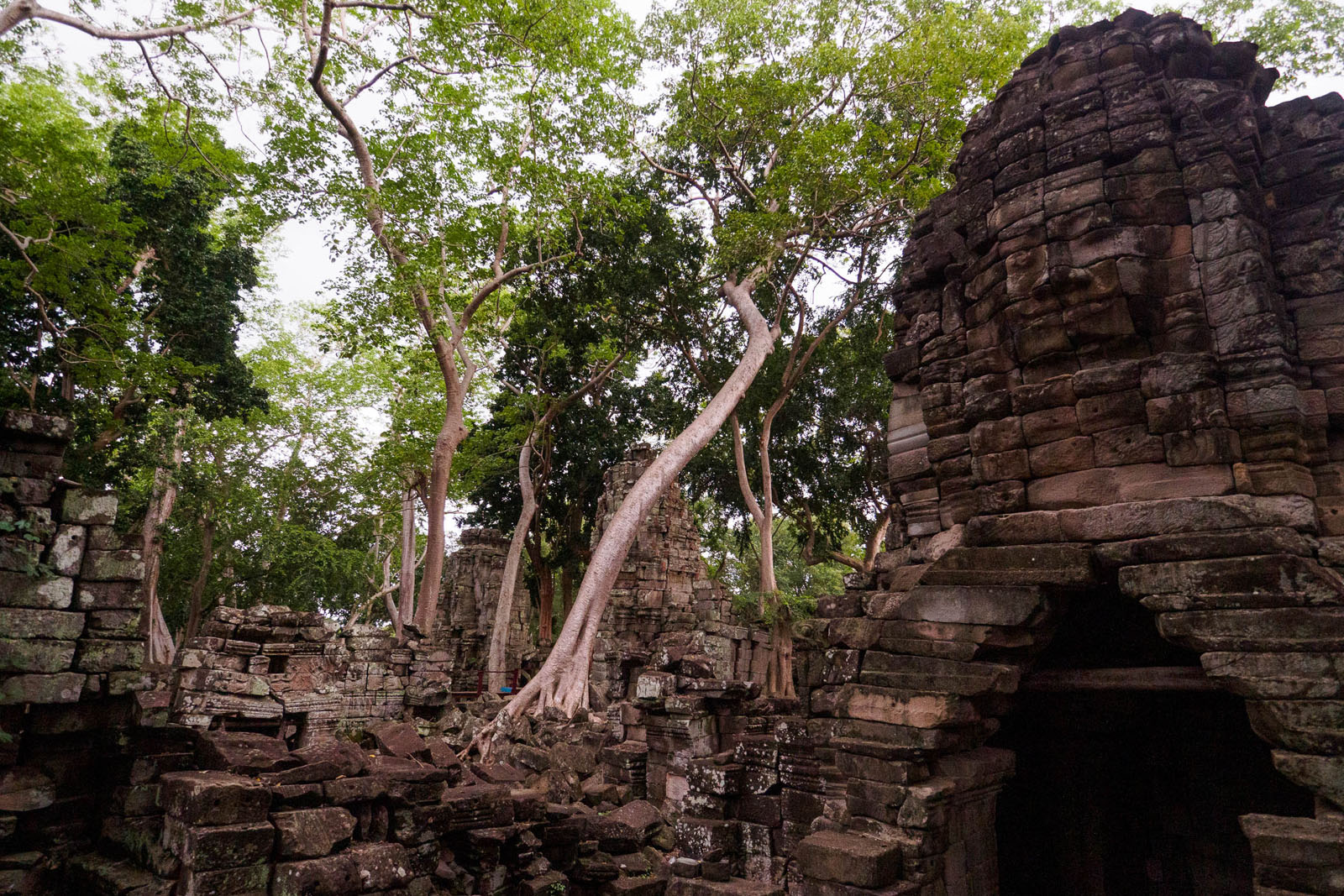
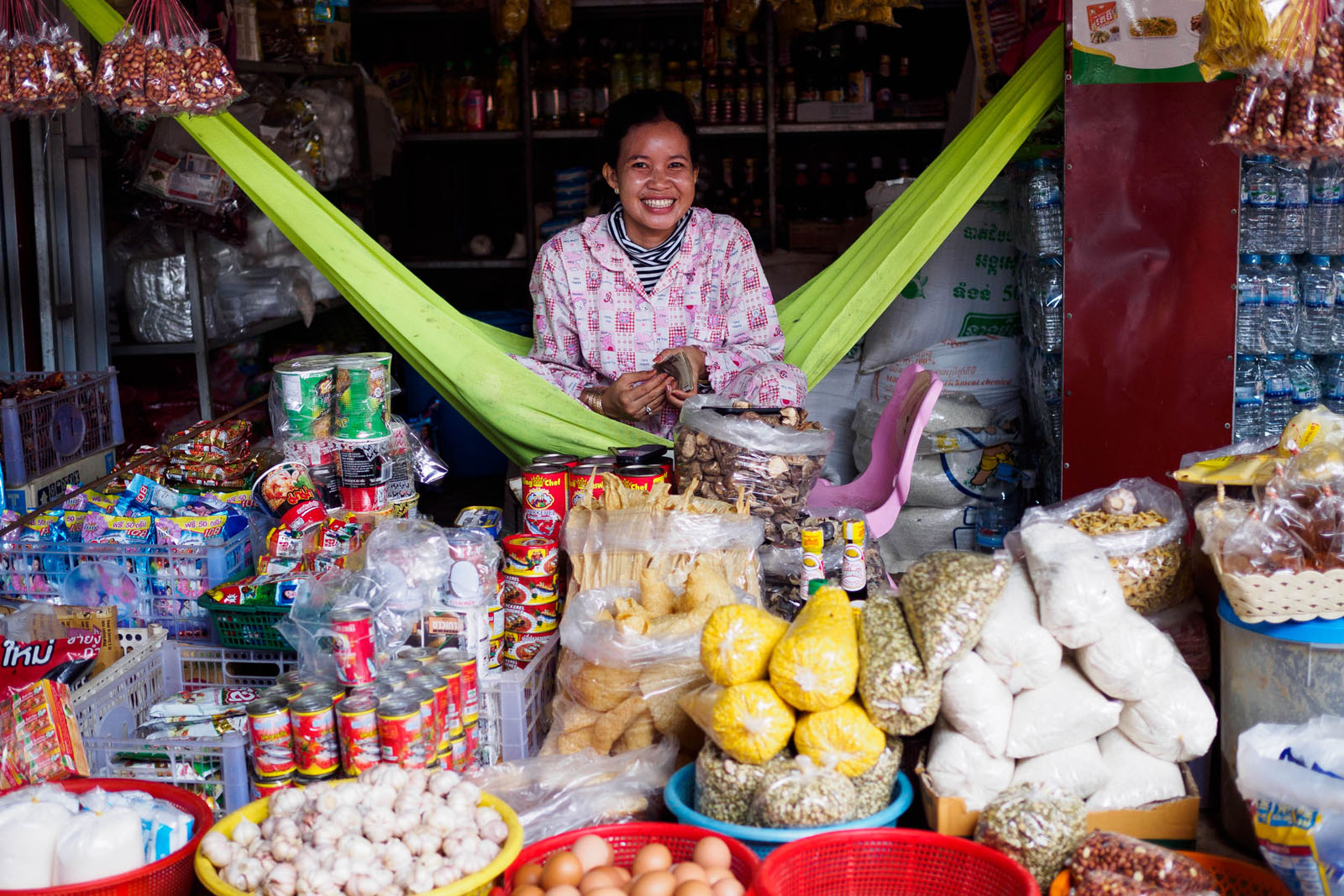
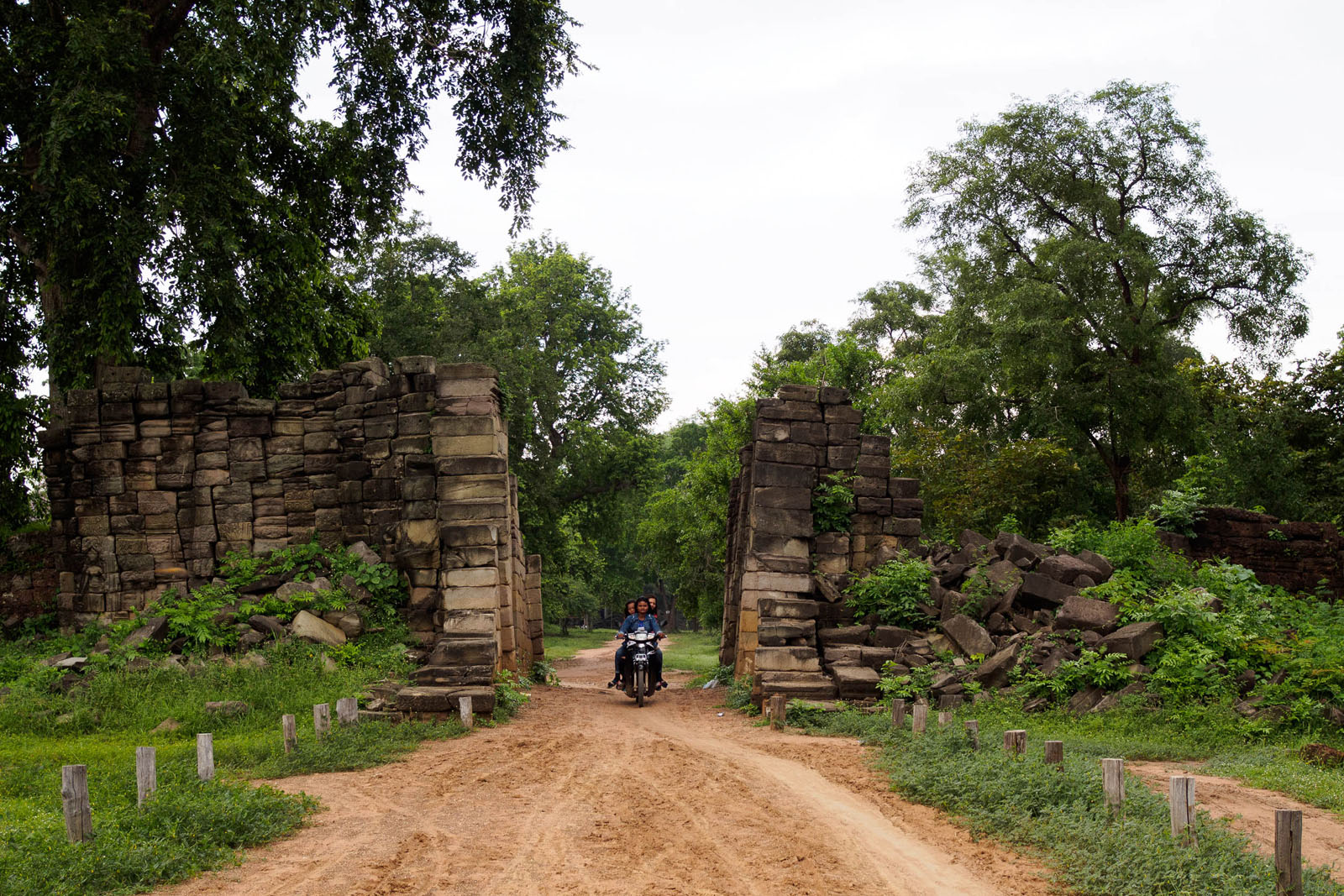
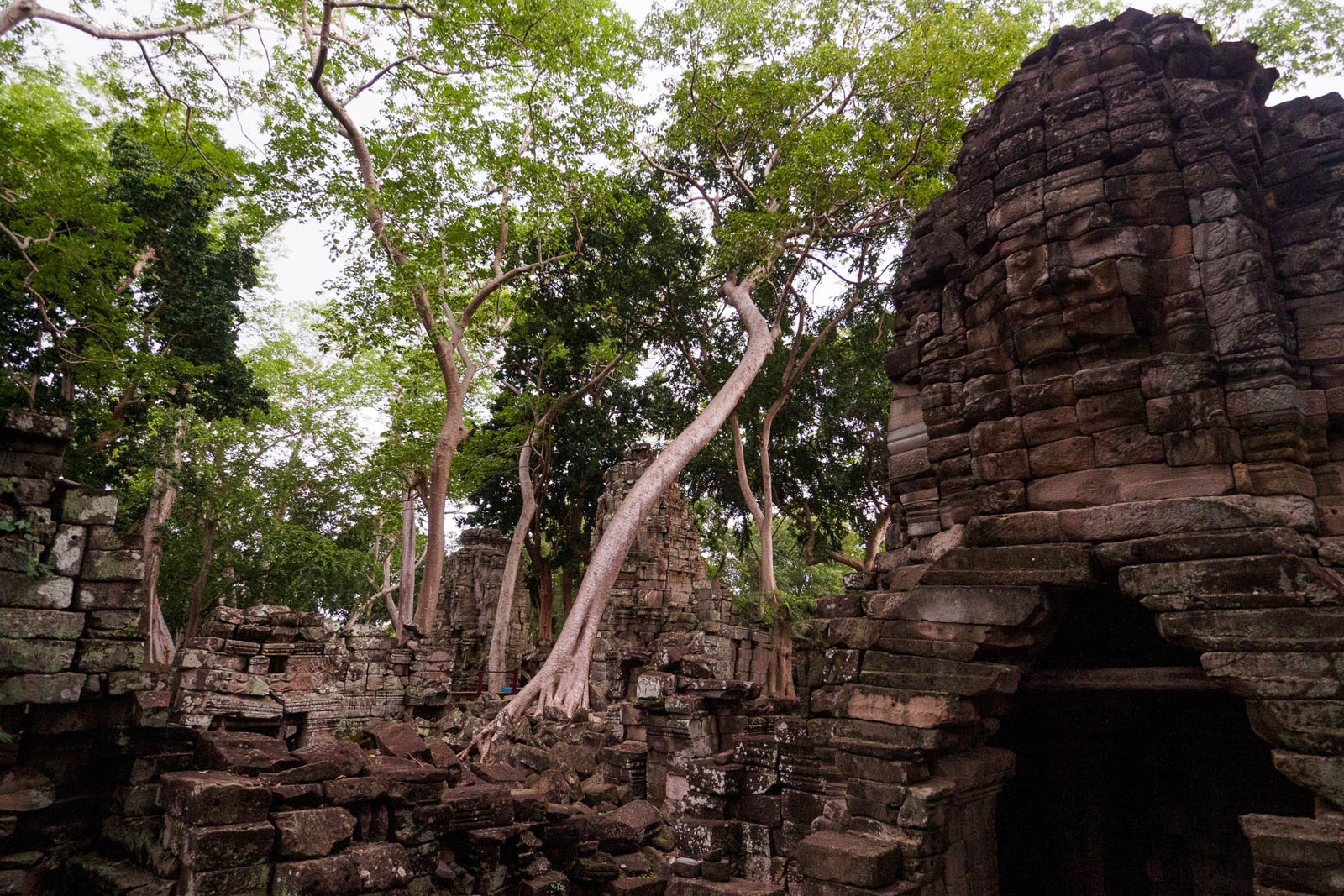
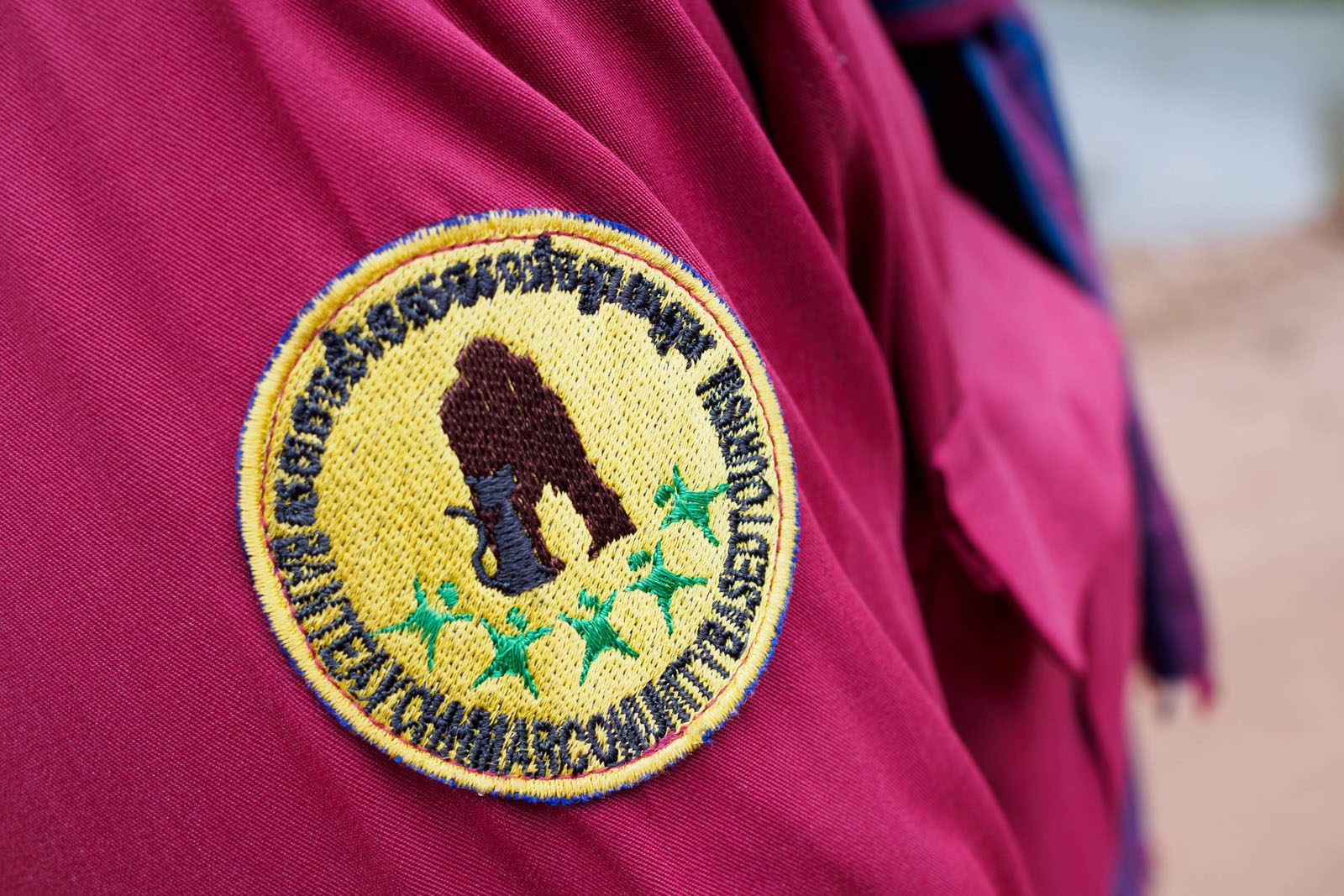
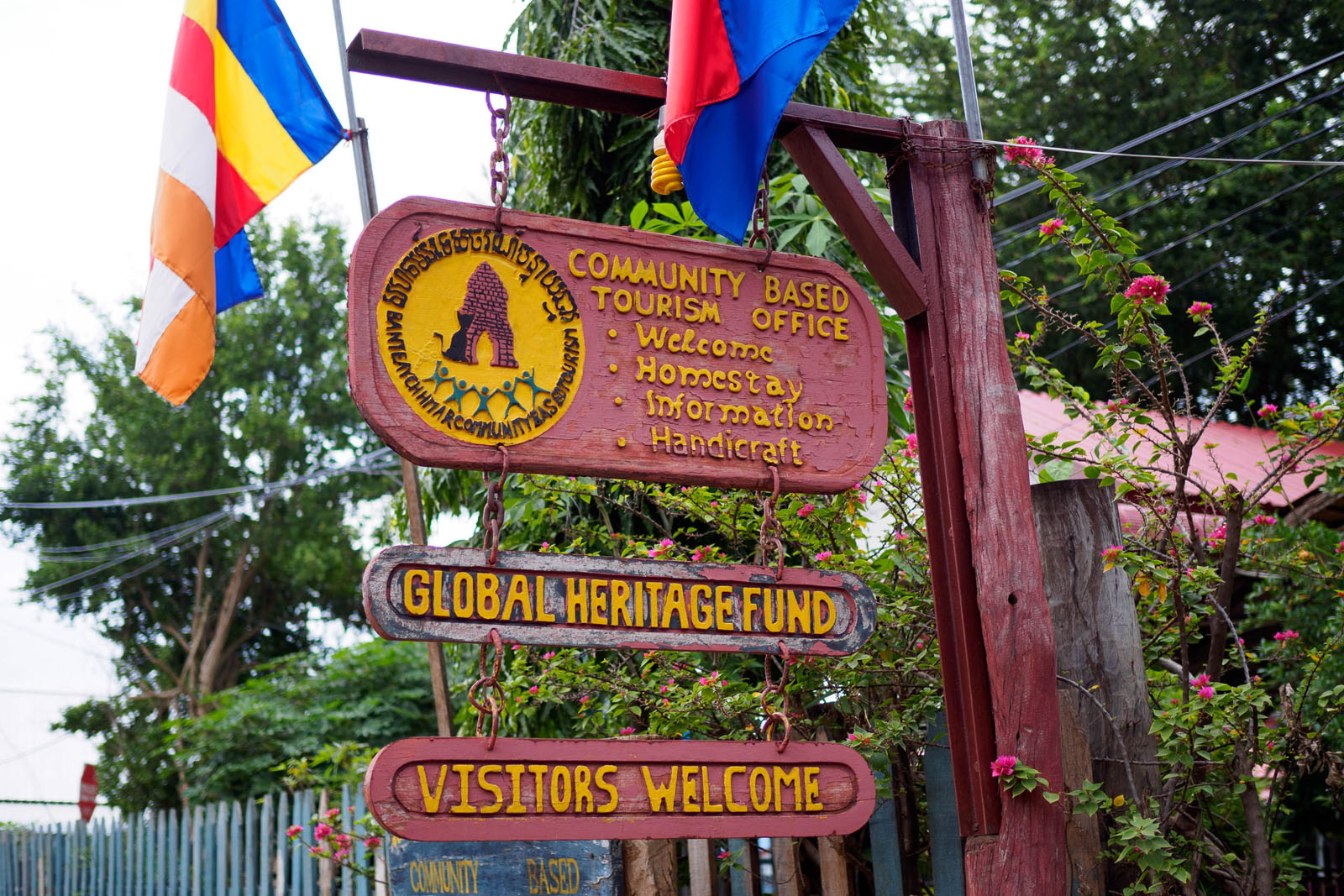
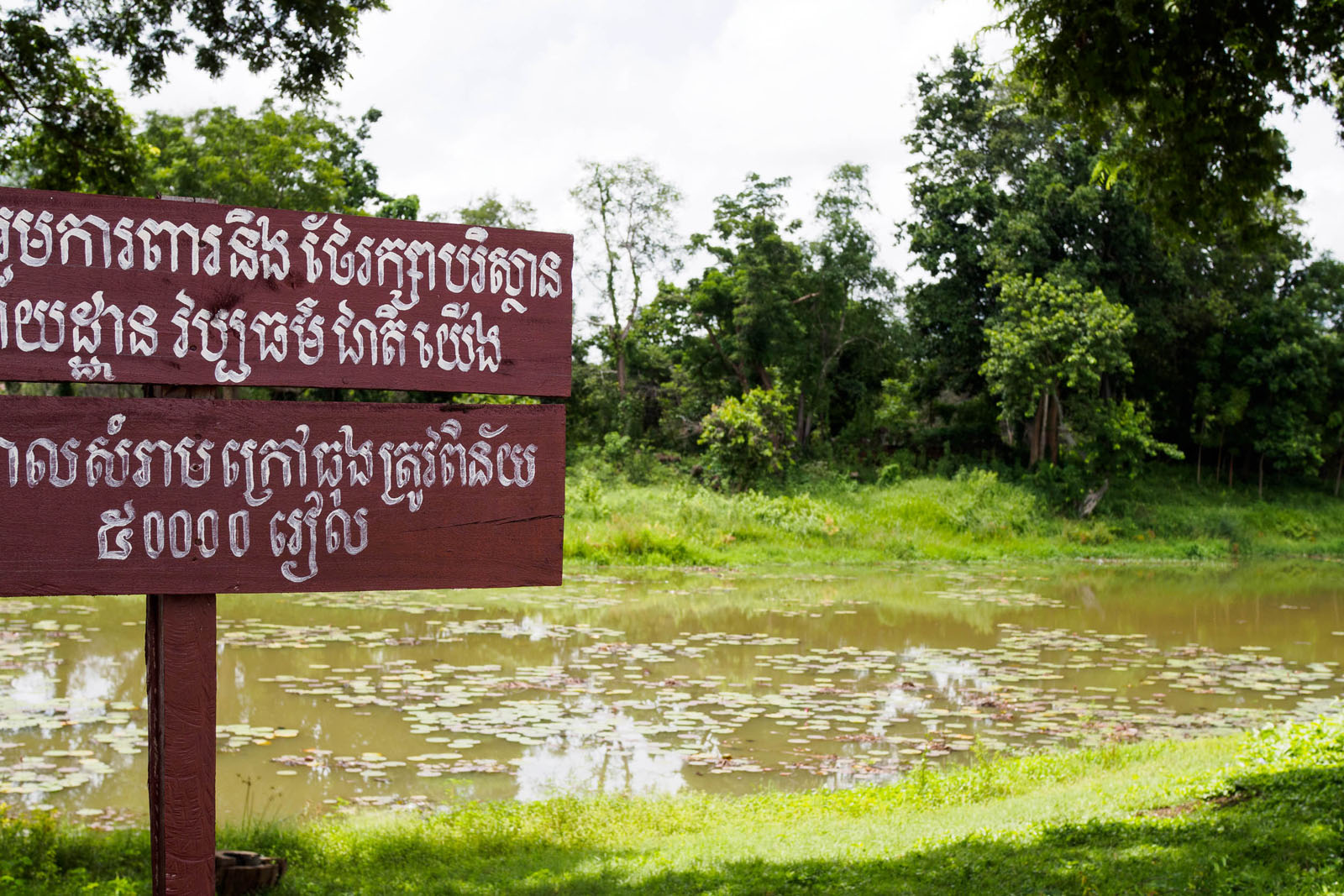
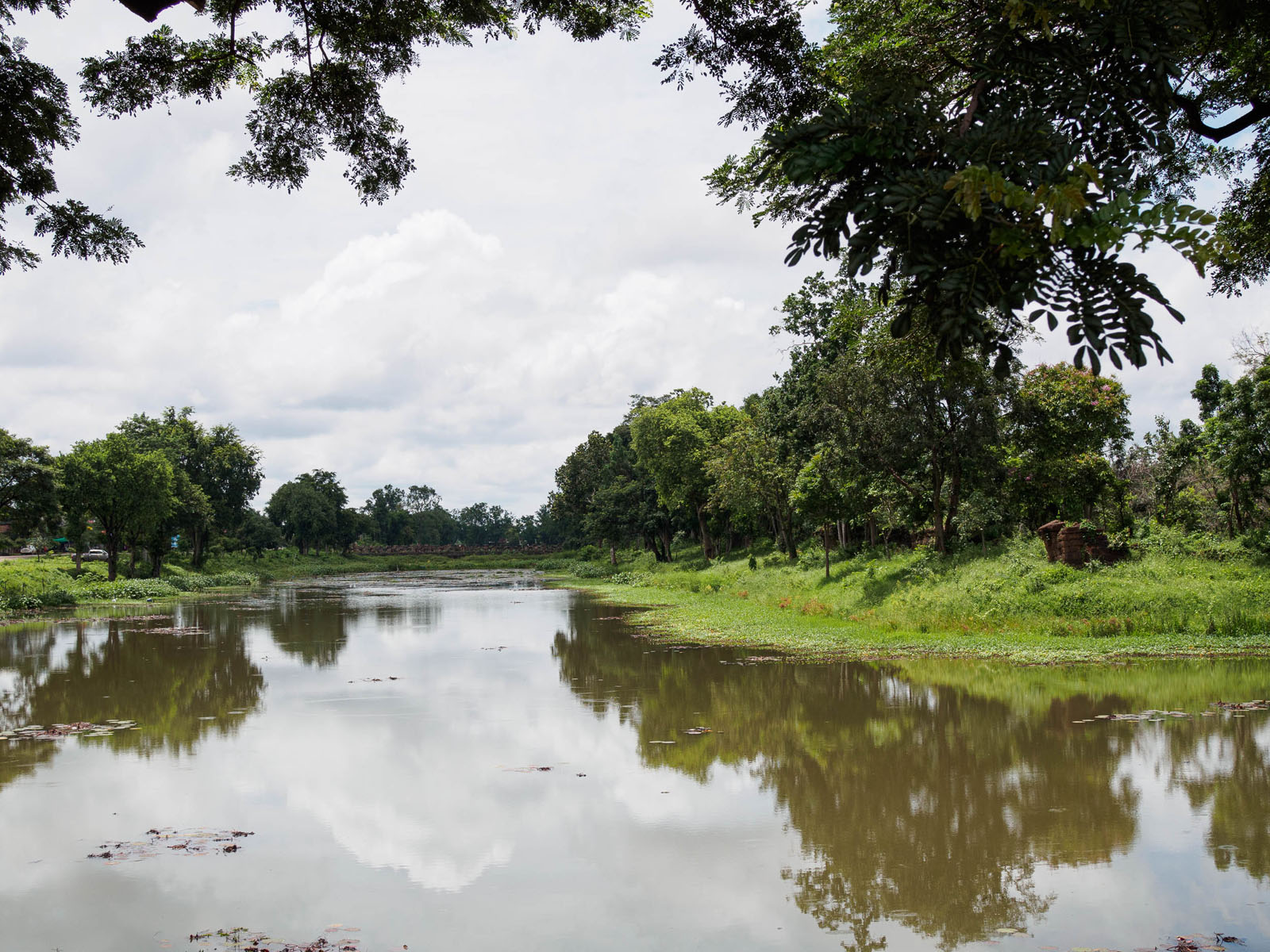
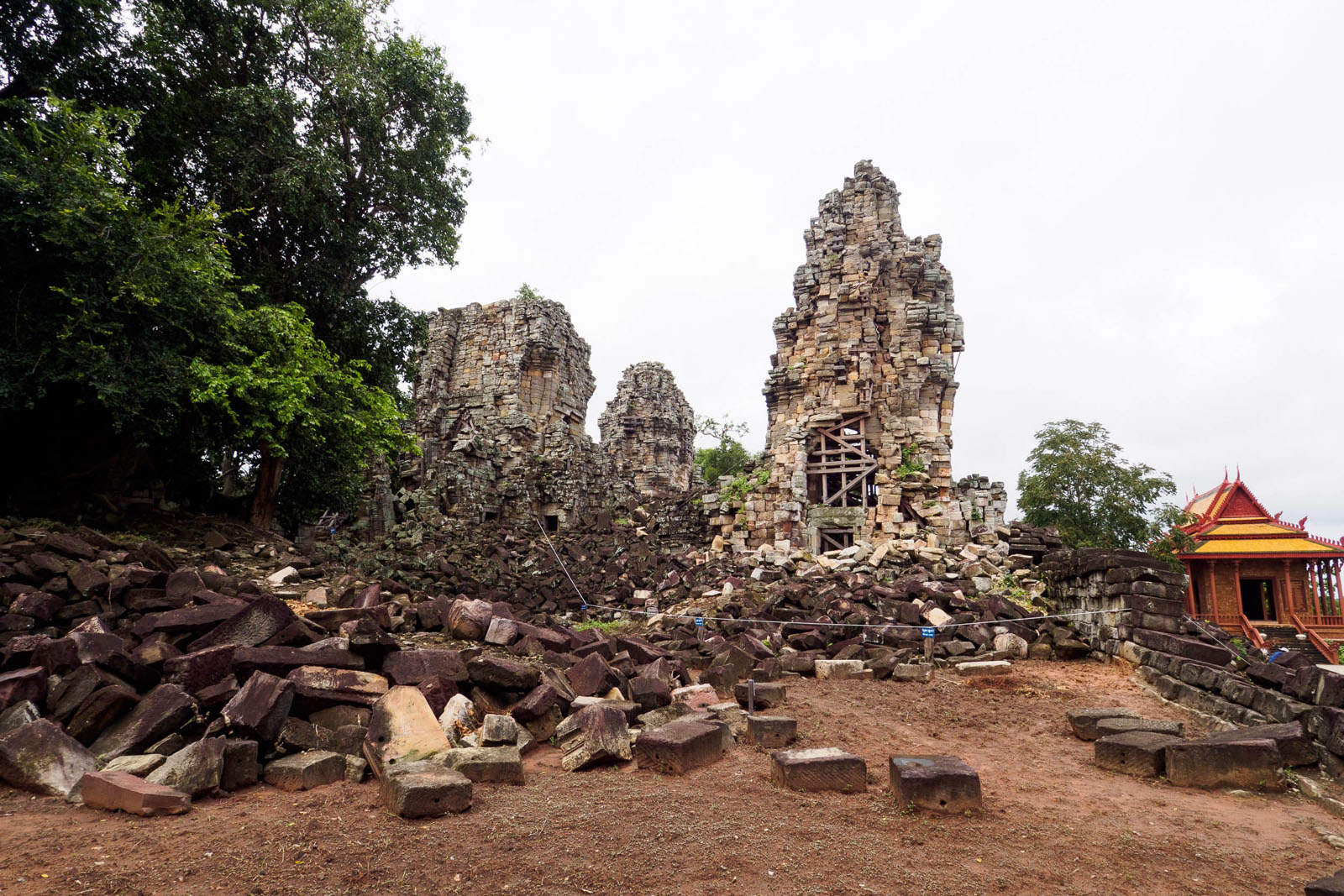
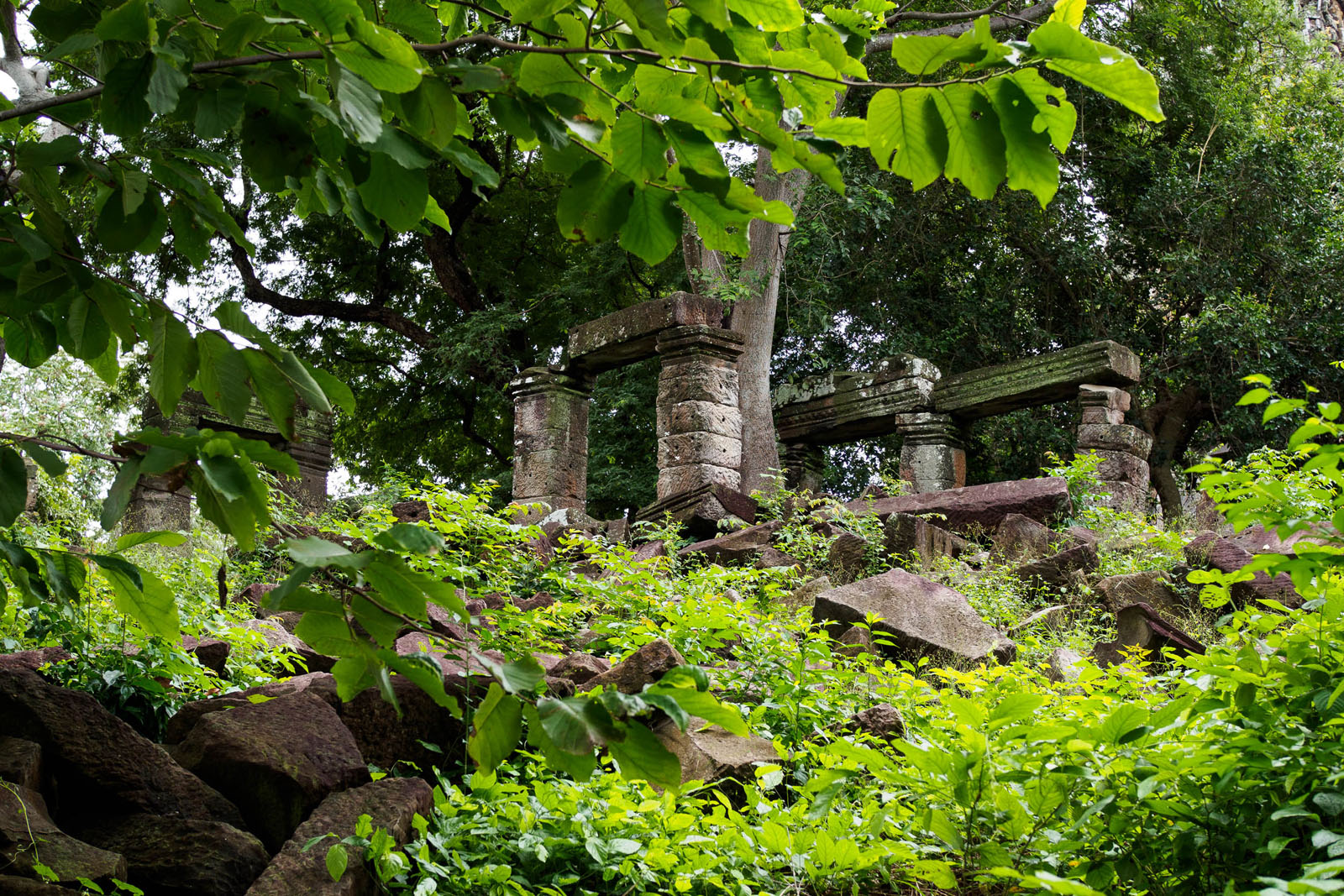
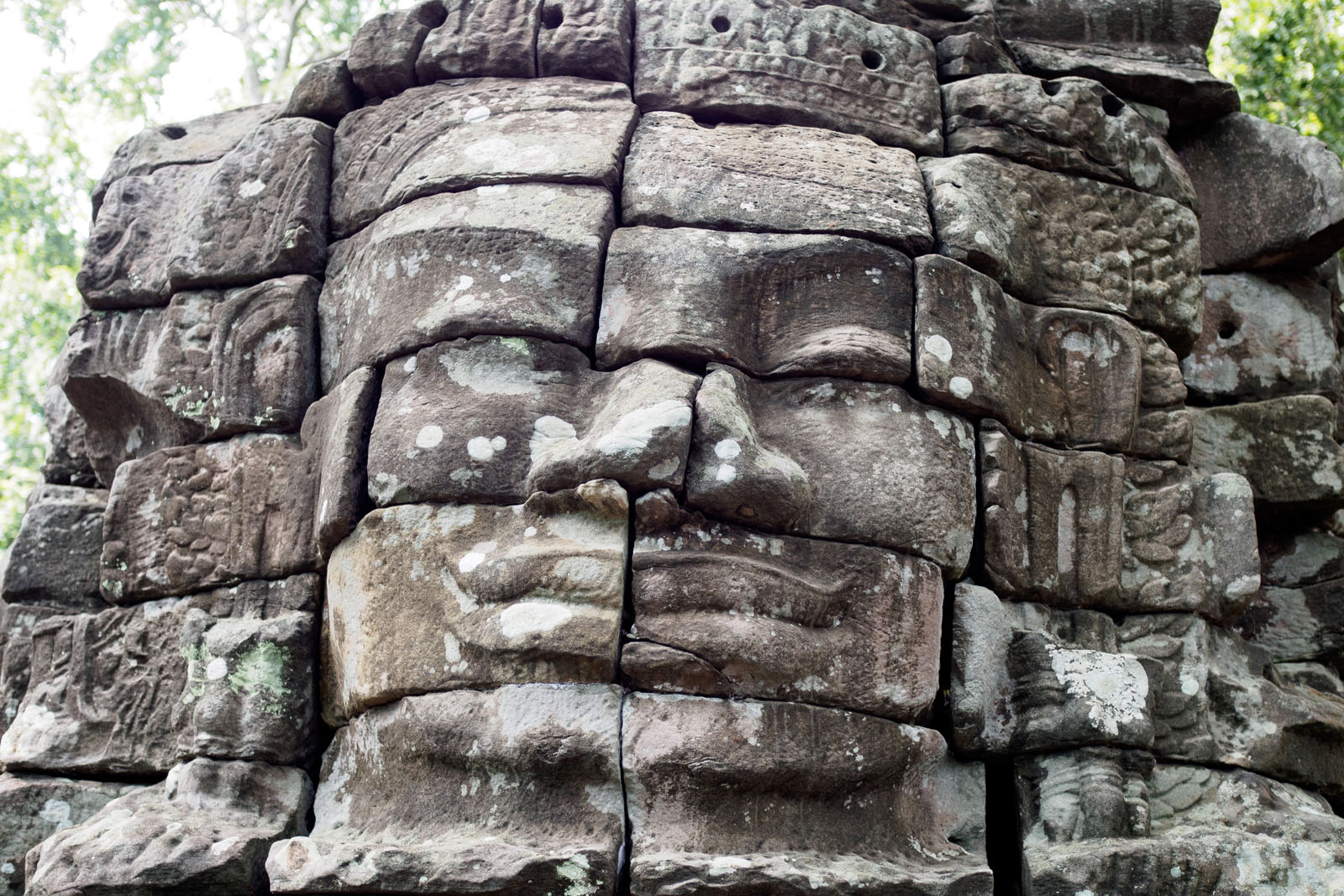
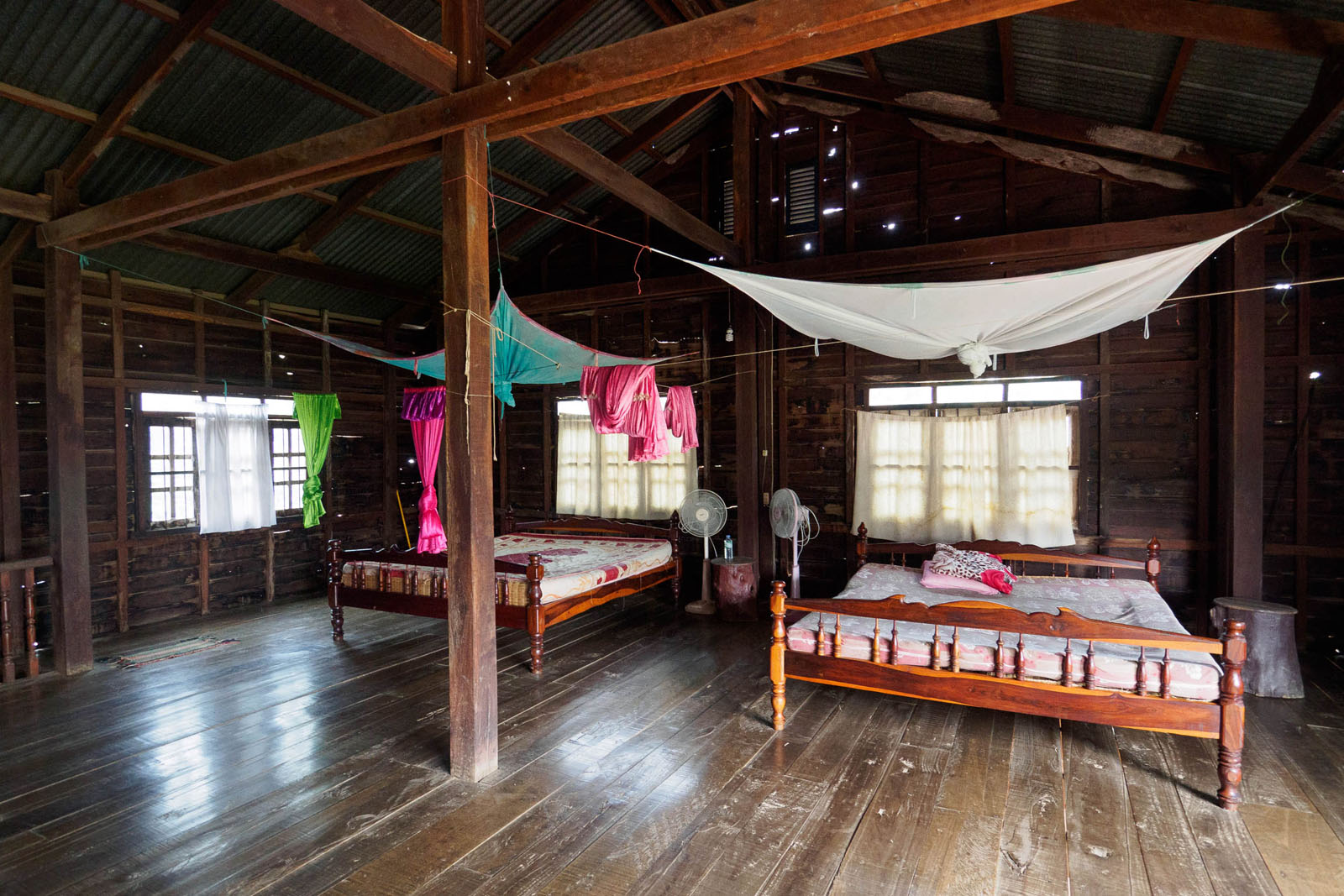
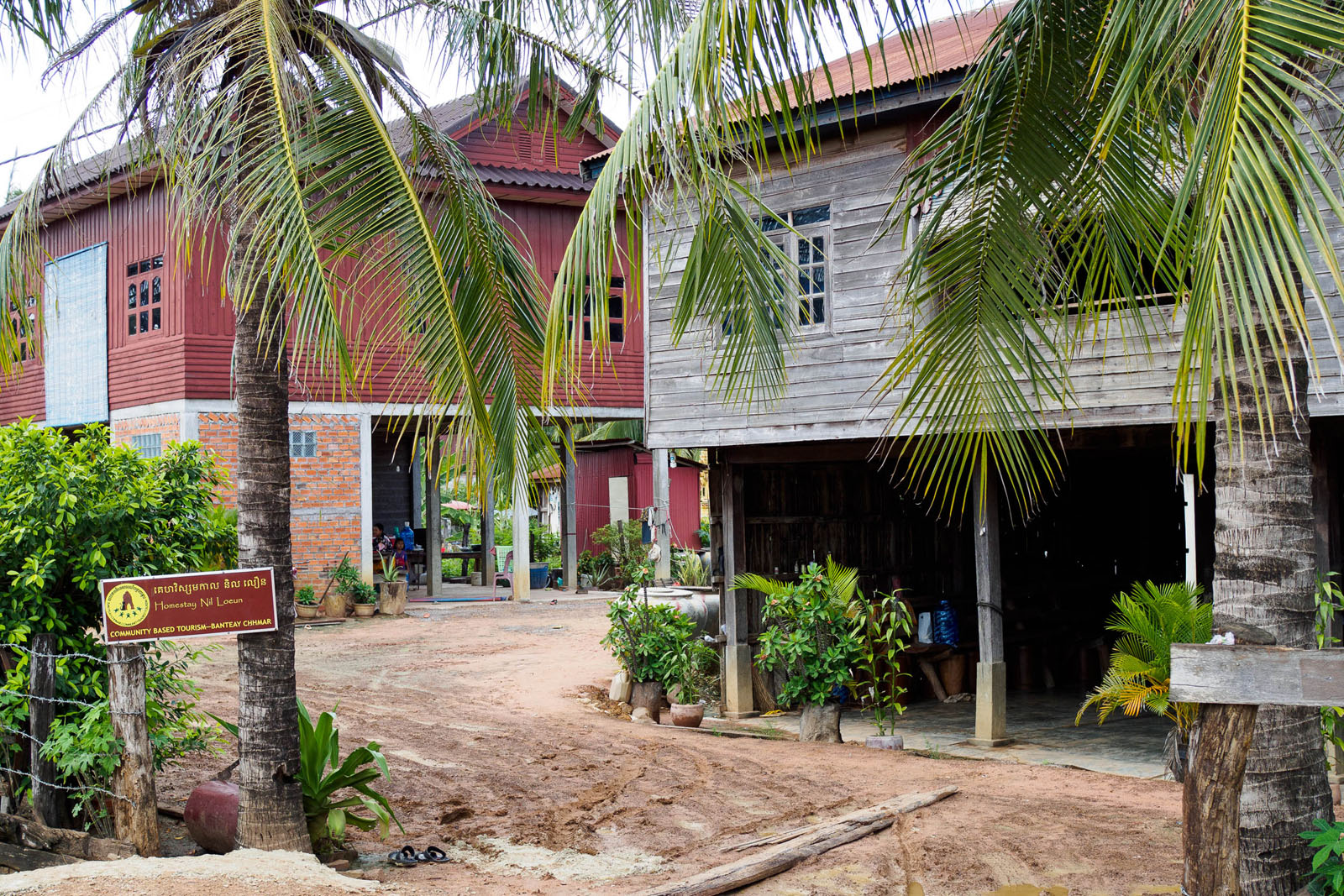
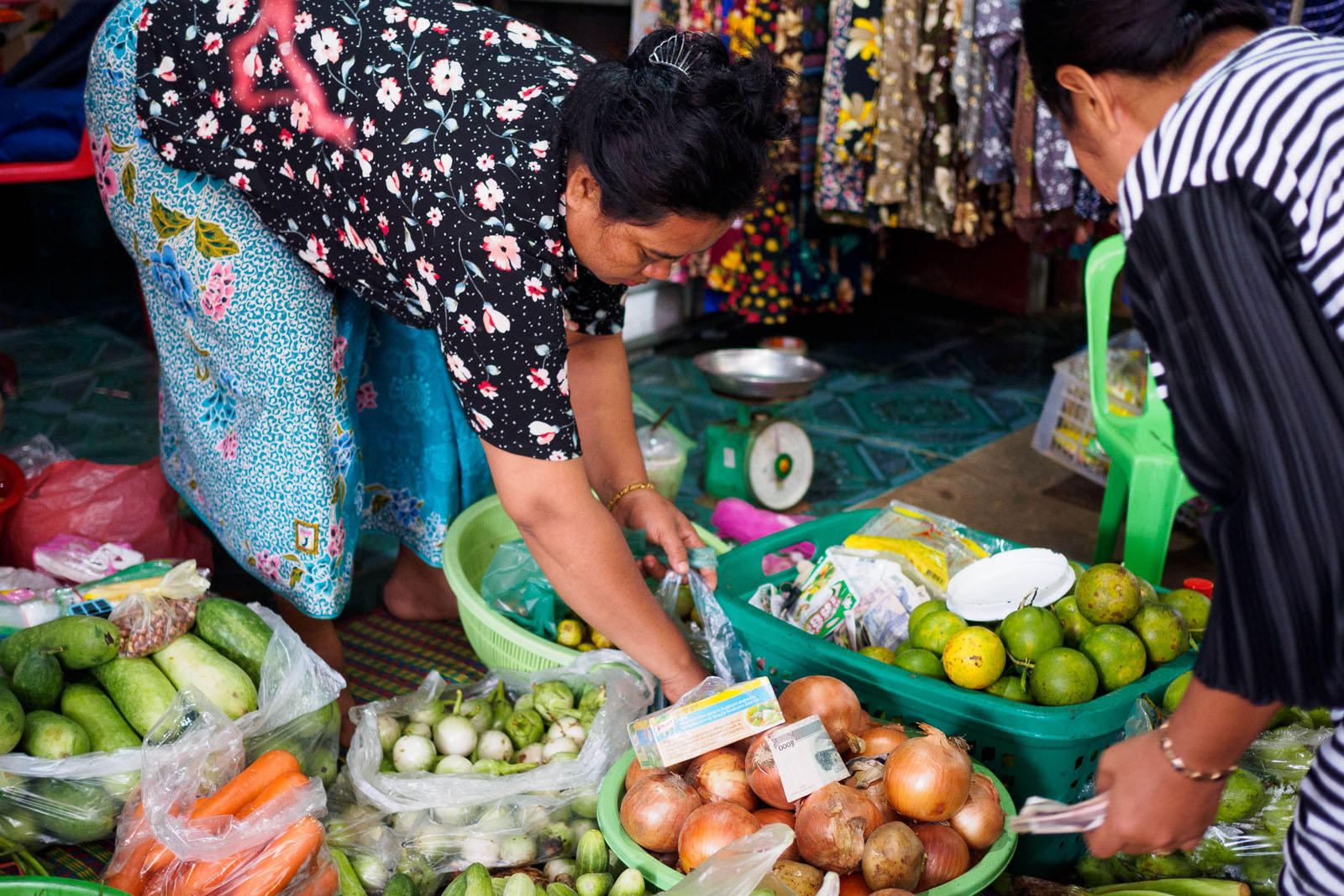
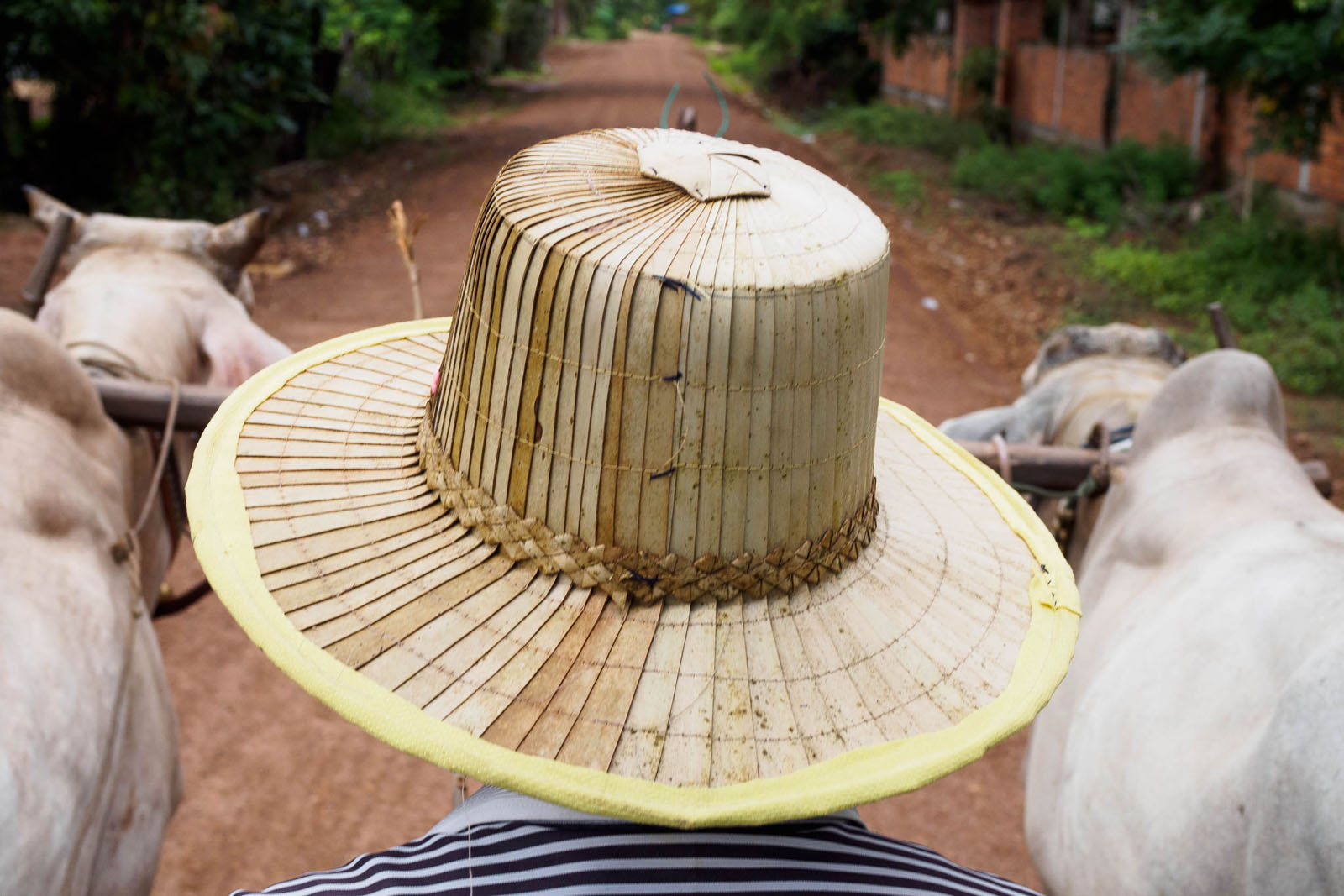
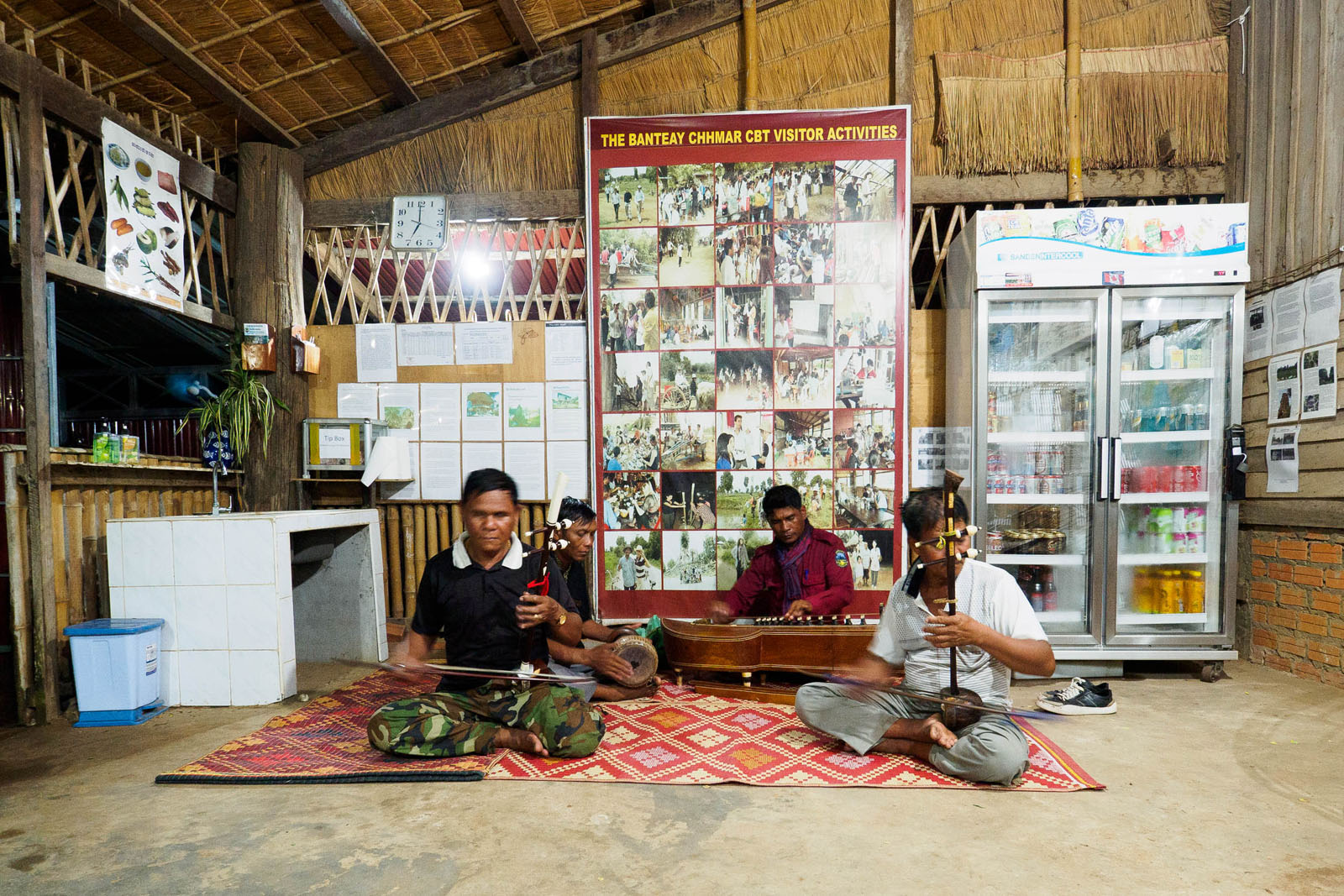
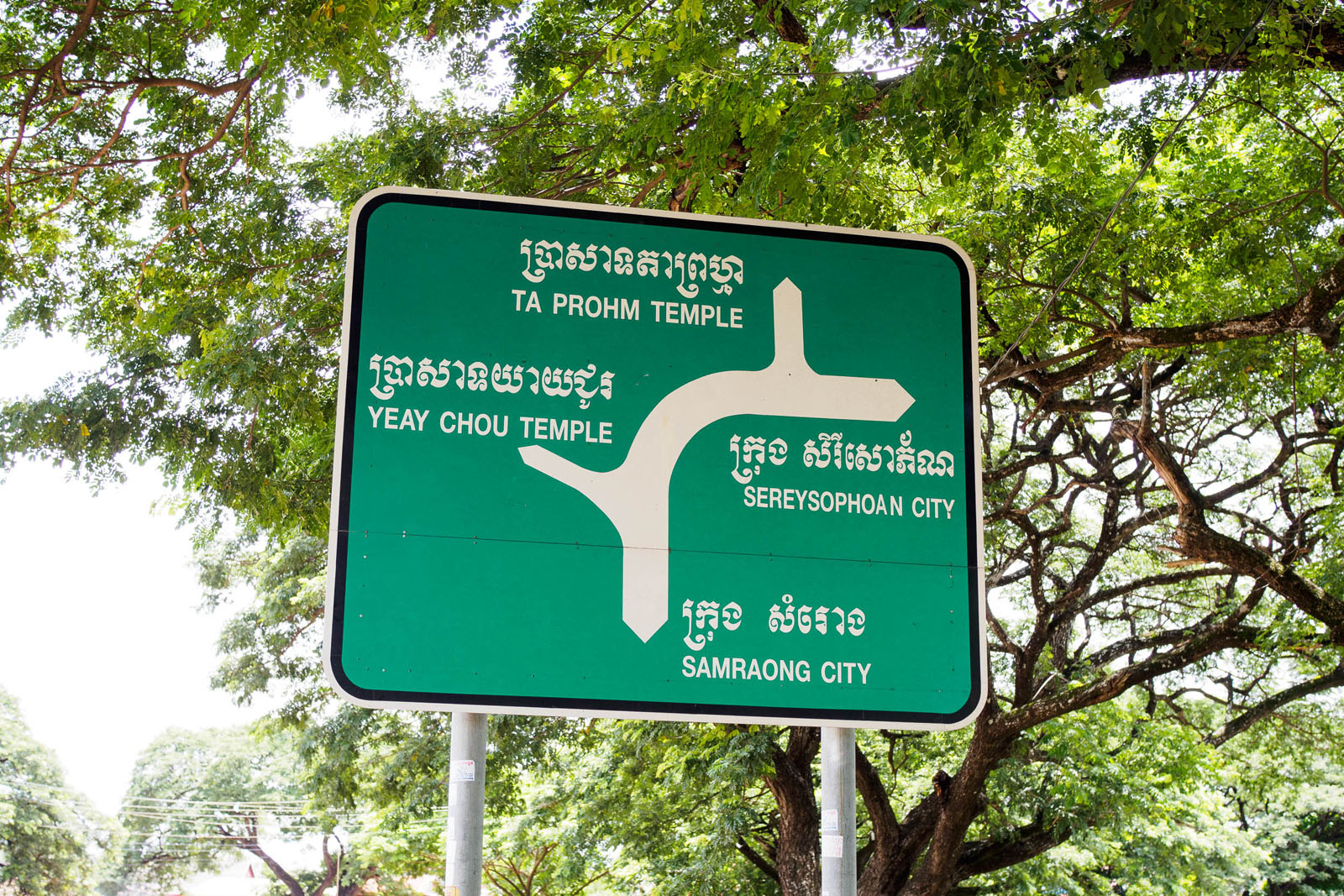
People doing good. Causes you can support. Subscribe for a weekly dose of inspiration.

Our Better World is the digital storytelling initiative of the Singapore International Foundation, which brings world communities together to do good.

Our Better World is the digital storytelling initiative of the Singapore International Foundation, which brings world communities together to do good.